Diving in Raja Ampat
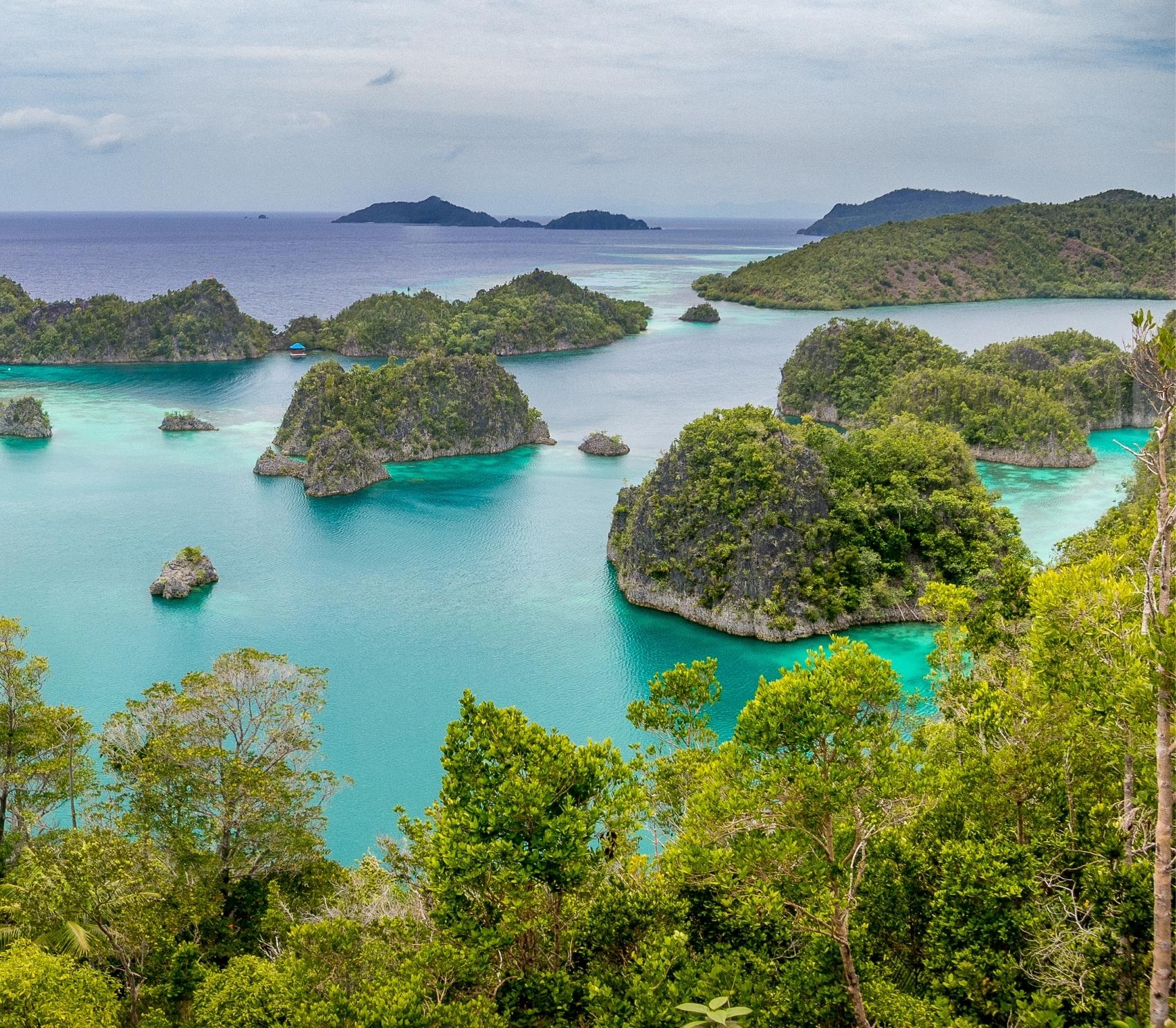
The crown jewel of the Coral Triangle.
Types of diving in Raja Ampat
- Drift Diving
- Reef Diving
- Ocean Diving
- Wall Diving
Plan your next underwater escape with these top dive locations
Raja Ampat isn’t just a dive site, it’s a living library of marine life. With over 1,500 fish species and 537 coral types, each dive reveals rare encounters like walking sharks, manta rays, and the stingless Misool jellyfish. From October to April, calm seas and warm waters create perfect conditions, though strong currents mean divers should be confident using SMBs.
Three tips for diving in lombok
- Book early-morning slots at Shark Point for the best view
- Use reef-friendly sunscreen to protect Meno Wall’s corals
- Ask for our current charts to find the right site for your skill
Each reef tells its own story.
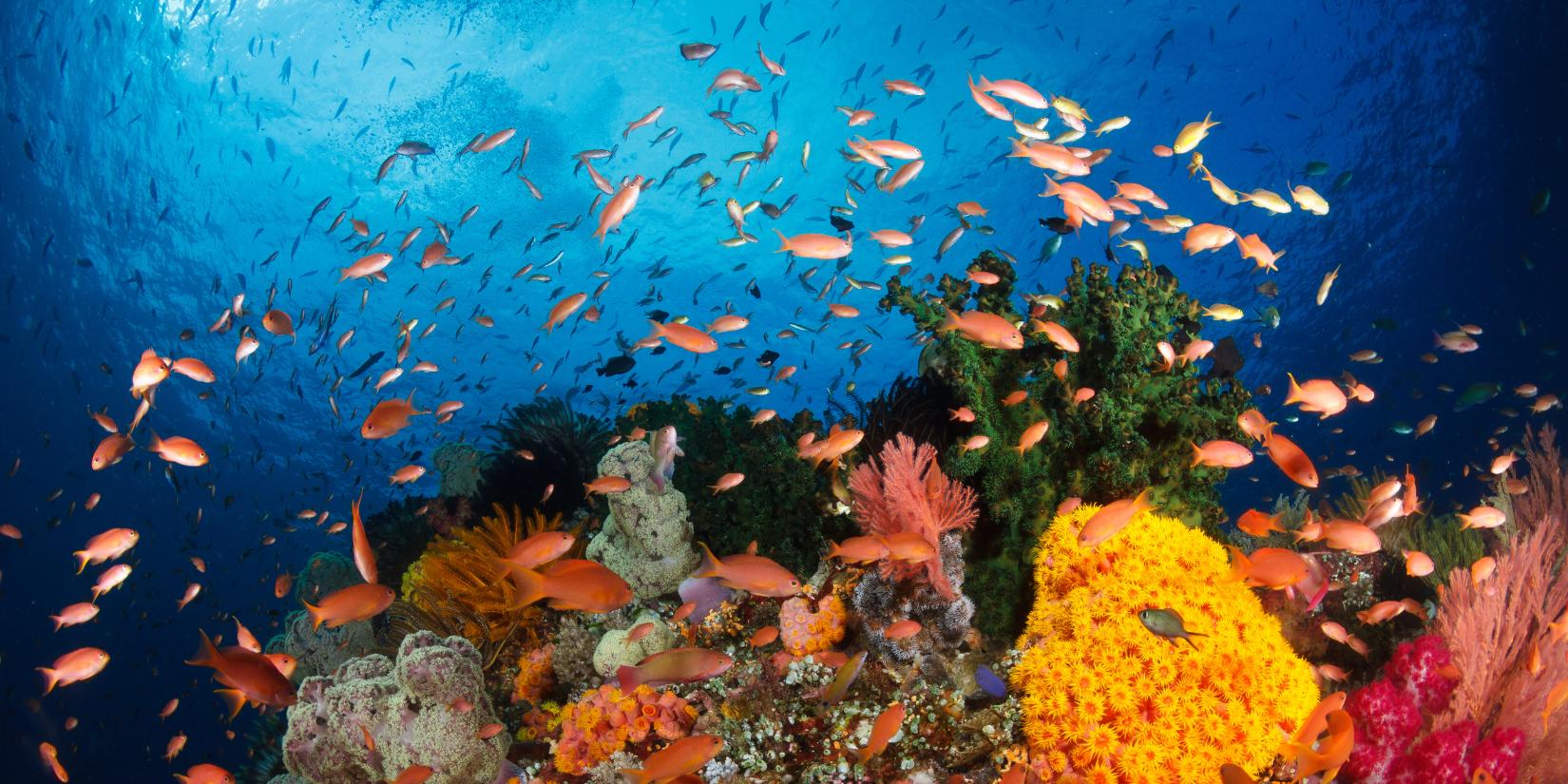
Raja Ampat’s dive sites are a living gallery of marine biodiversity. From the fish tornadoes of Cape Kri to the macro treasures of Bird Wall, each site tells a different story. Snorkel with baby reef sharks at The Aquarium or explore batfish-filled swim-throughs at Citrus Ridge. Night dives at Blue Magic glow like galaxies. It’s no wonder scientists call it the “species factory of the Coral Triangle.”
Some key encounters include:
- Manta rays drawn by seasonal plankton blooms
- Pyramid butterflyfish swirling in baitballs
- Rare red-and-blue Melissa’s anthias
Oct-Dec
- Visibility: 30m+
- Current: Moderate
- Wildlife Highlight: Walking sharks
Jan-Mar
- Visibility: 15-20m
- Current: Strong
- Wildlife Highlight: Manta rays
Apr
- Visibility: 25m+
- Current: Mild
- Wildlife Highlight: Schooling barracuda
Affordable dives with world-class reefs.
Just 15 minutes from Sorido Bay, Saonek Kecil’s standout site, Saonek Monde, delivers Raja Ampat magic without the premium price. This 25-meter plateau stages daily underwater drama: fusilier curtains at dawn, orange cup corals on vertical walls, and playful batfish in gentle currents. With shore access and free buoyancy workshops from nearby resorts, it’s the perfect dive for budget-conscious explorers chasing world-class marine life.
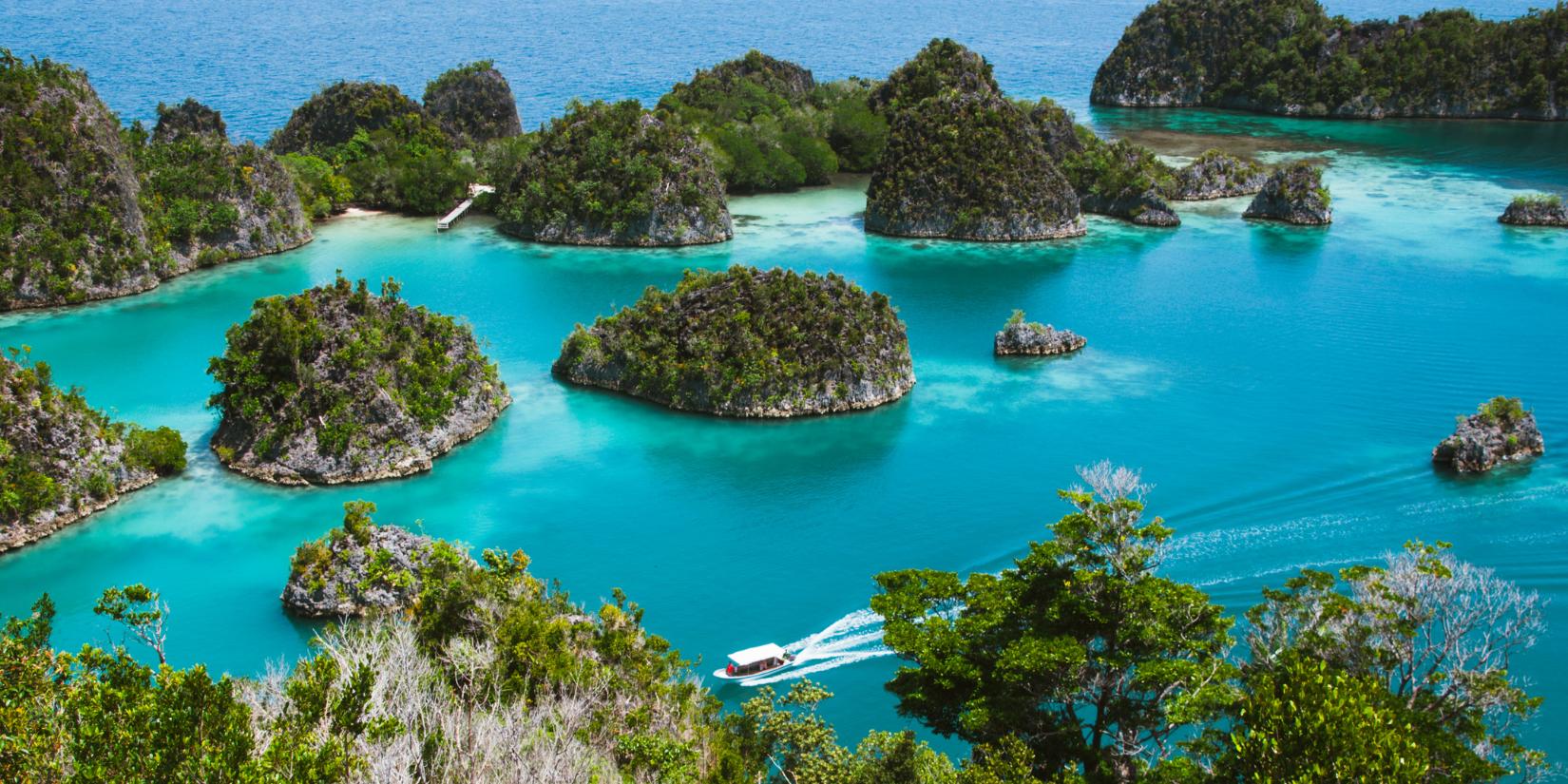
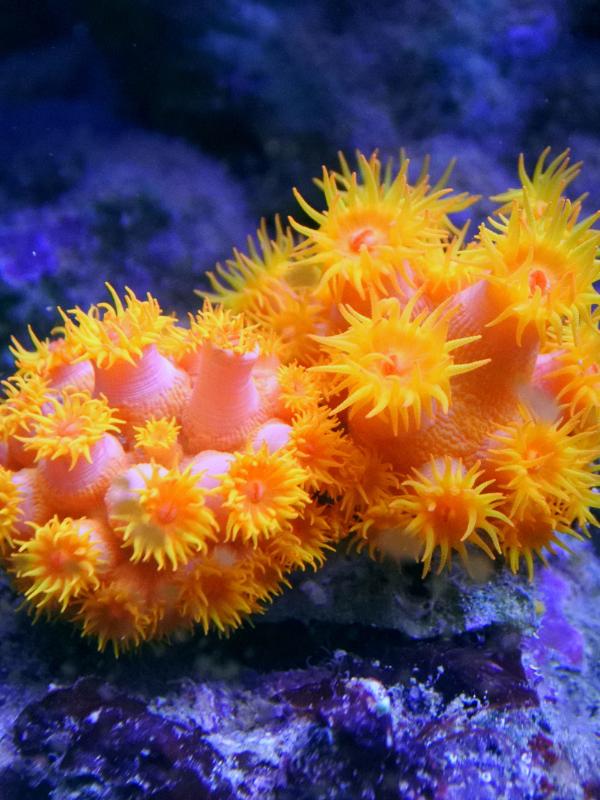
Dive Site
Silver fusiliers glisten on Jerief’s 25-meter plateau, which is a natural stage where sunlight creates a “Monde Moment” at dawn. The walls are lined with orange cup corals, and divers are assisted in floating above delicate reefs by buoyancy workshops from neighboring resorts. Go east to see batfish, blue-ringed octopuses, and pygmy seahorses. Raja Ampat stands out on every diving site map because of its rich marine life, which is revealed by its shifting currents.
Types of dives:
- Reef
- Ocean
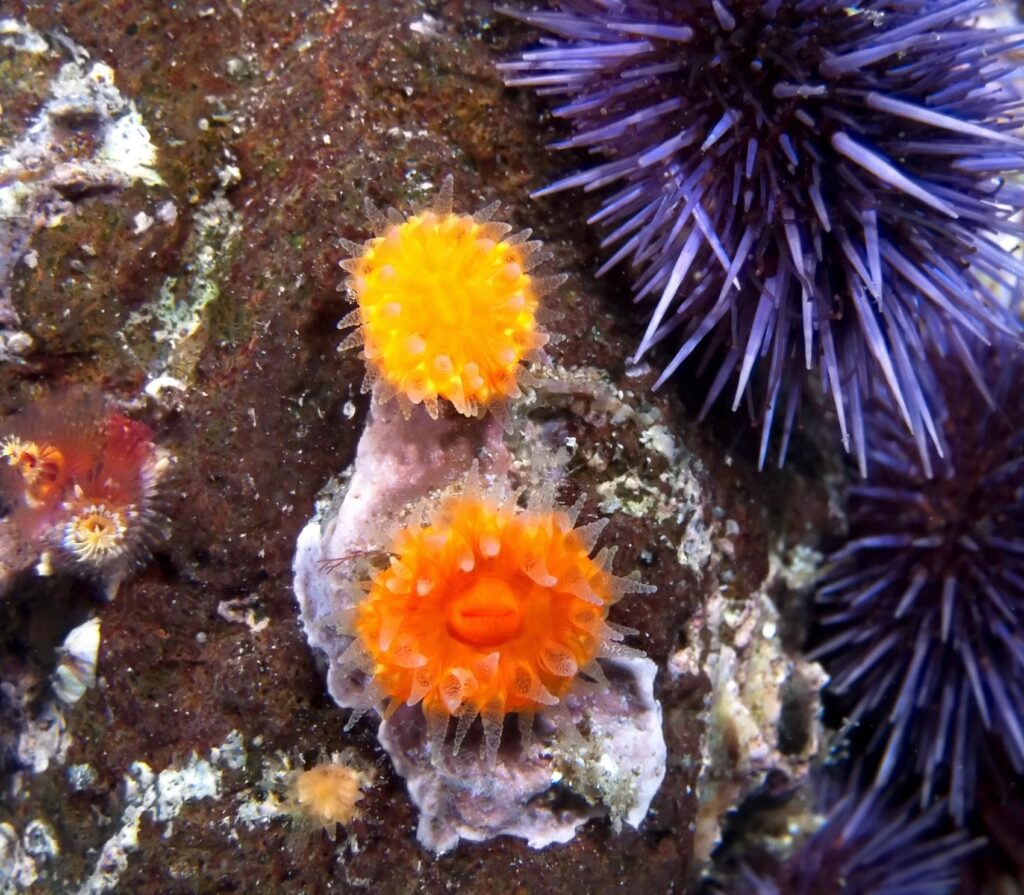
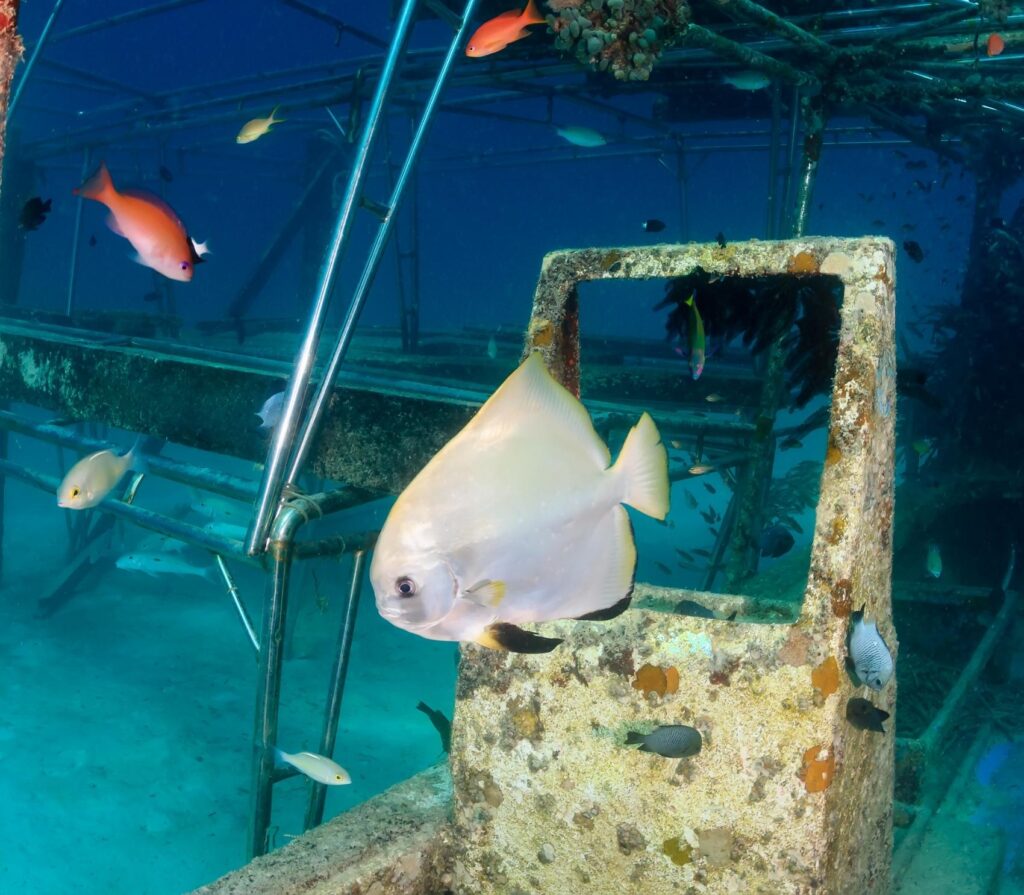

WWII wreck teeming with reef life.
Jerief’s waters are where history meets marine magic, and the P47 Plane Wreck. Resting at 18 meters since 1944, is the crown jewel. Now a vibrant reef, it’s draped in sponges and swarmed by cheek batfish and lionfish weaving through currents. The wreck’s iconic vertical stabilizer makes for stunning silhouettes, especially mid-morning, when sunlight pierces the surface and schools of fish frame the perfect wide-angle shot.
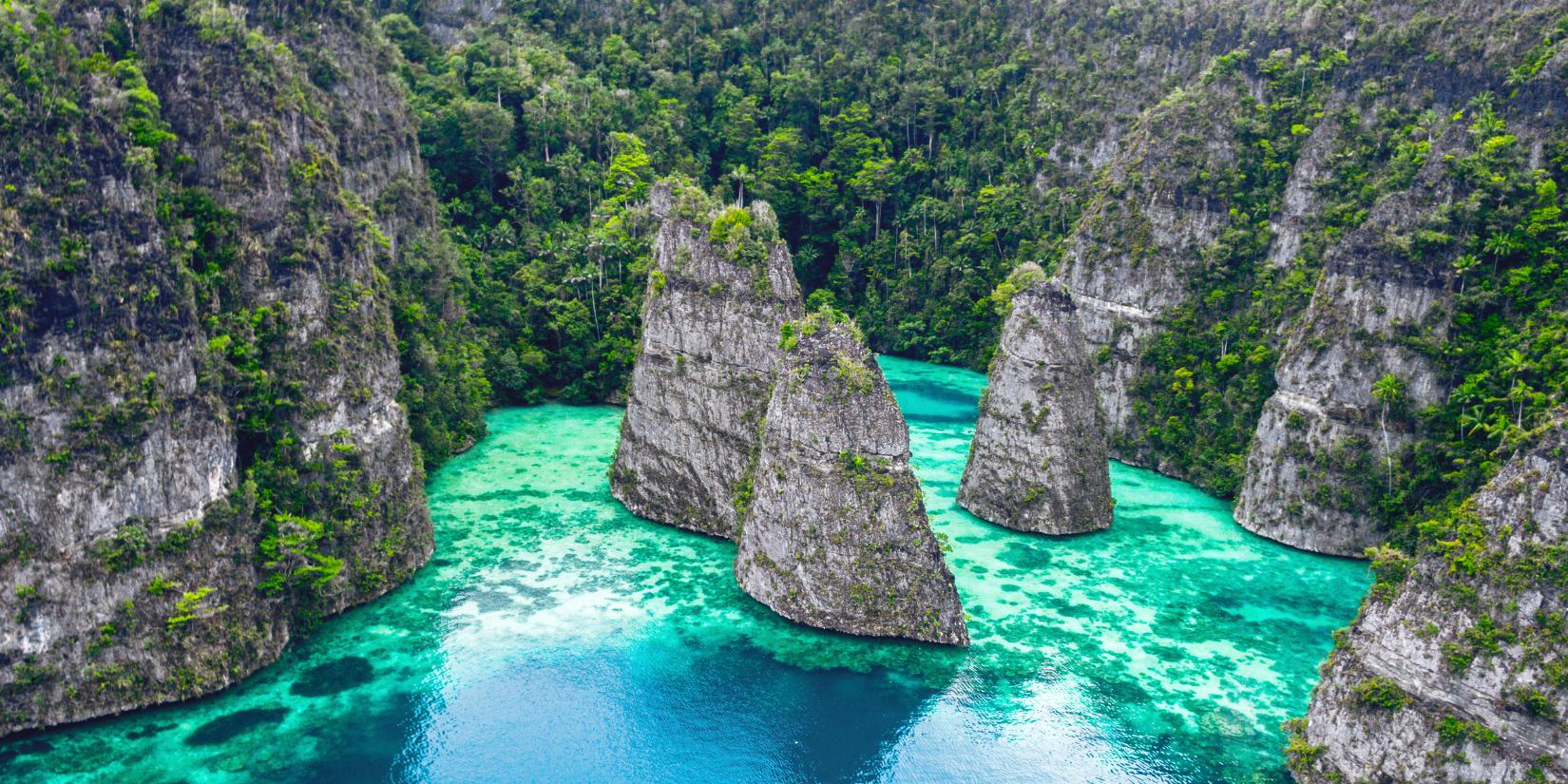
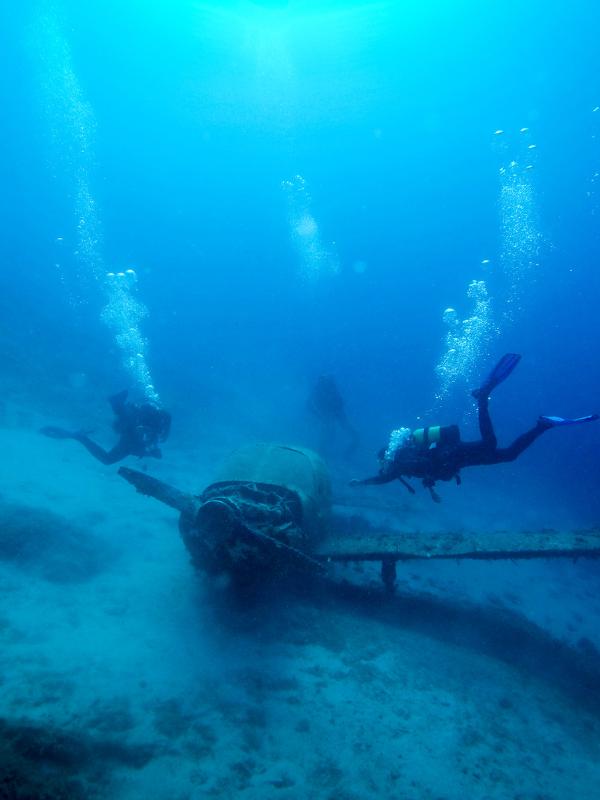
Dive Site
The P47 Plane Wreck has been at rest at 18 meters since 1944 and is now a live reef covered with colorful sponges. Lionfish police the currents that wind around the structure, and batfish float around its tail. Between 10 a.m. and noon, use wide-angle lenses to photograph the vertical stabilizer’s shadow. Schools of fish are also highlighted by morning light, which makes this wreck the ideal combination of underwater history, movement, and dramatic photography.
Types of dives:
- Reef
- Ocean
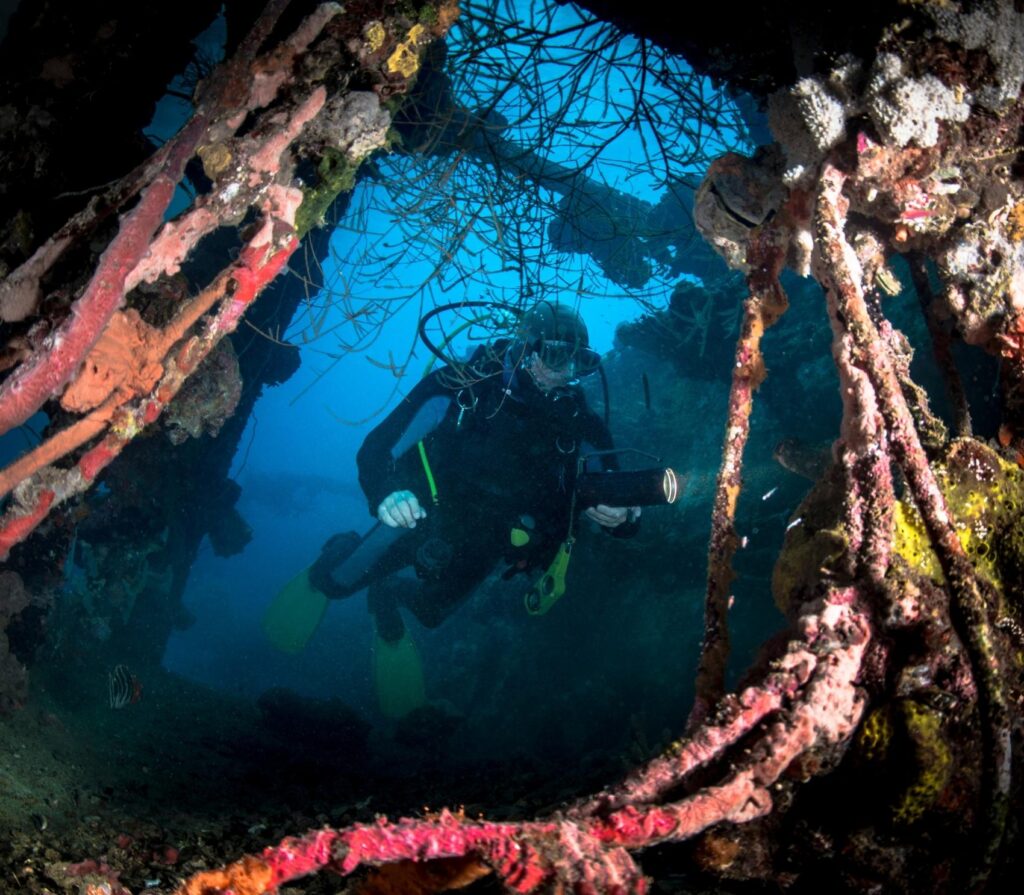
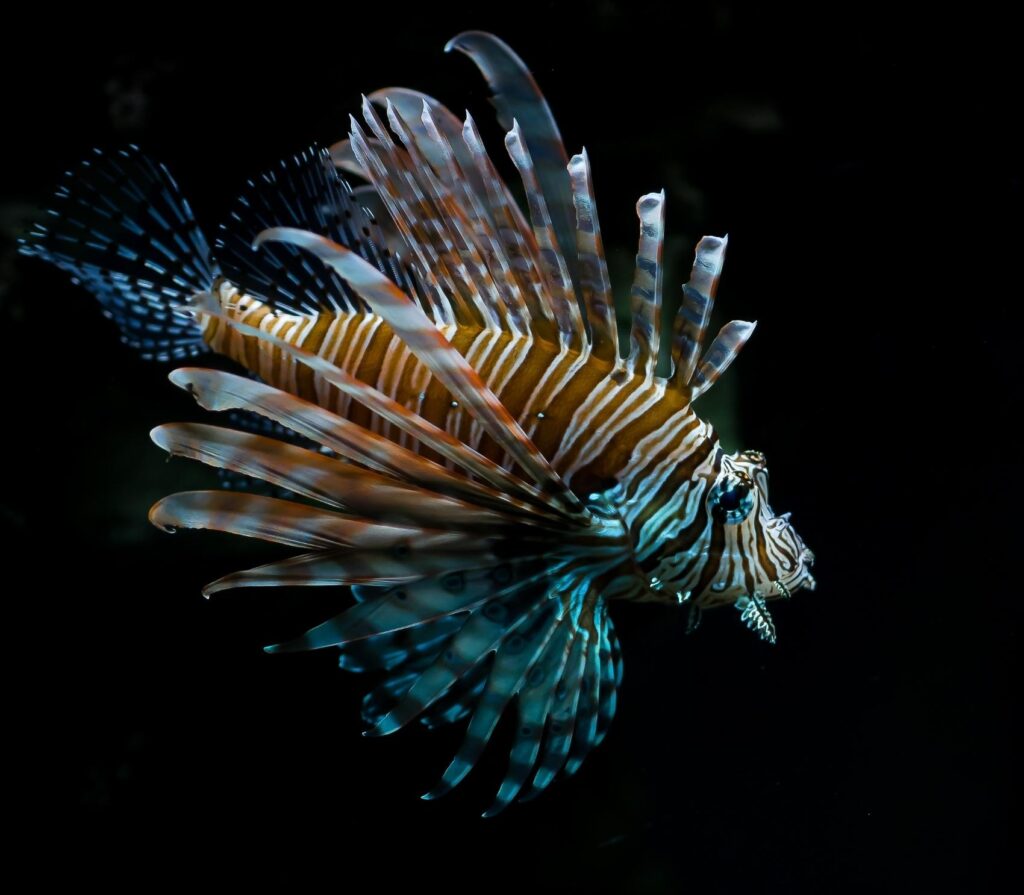
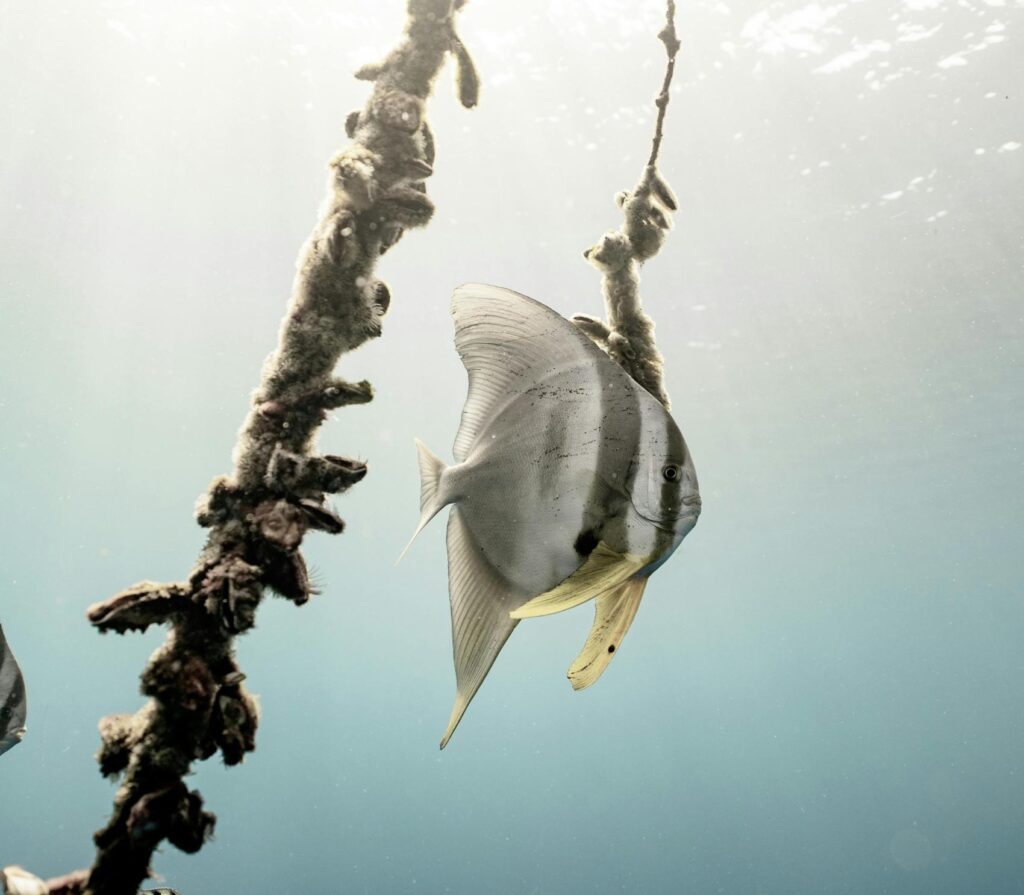
Limestone cliffs meet coral gardens.
Northwest of Raja Ampat’s main islands, Keruo blends jagged limestone cliffs with vibrant reefs. Dive Melissa’s Garden to explore coral towers that shelter reef fish and nudibranchs. During slack tide, watch flamboyant cuttlefish perform their glowing courtship dance. Our 7-day adventure includes dives and a visit to Pianemo’s iconic island views. It’s a perfect mix of underwater magic and breathtaking landscapes, an essential chapter in your Raja Ampat journey.
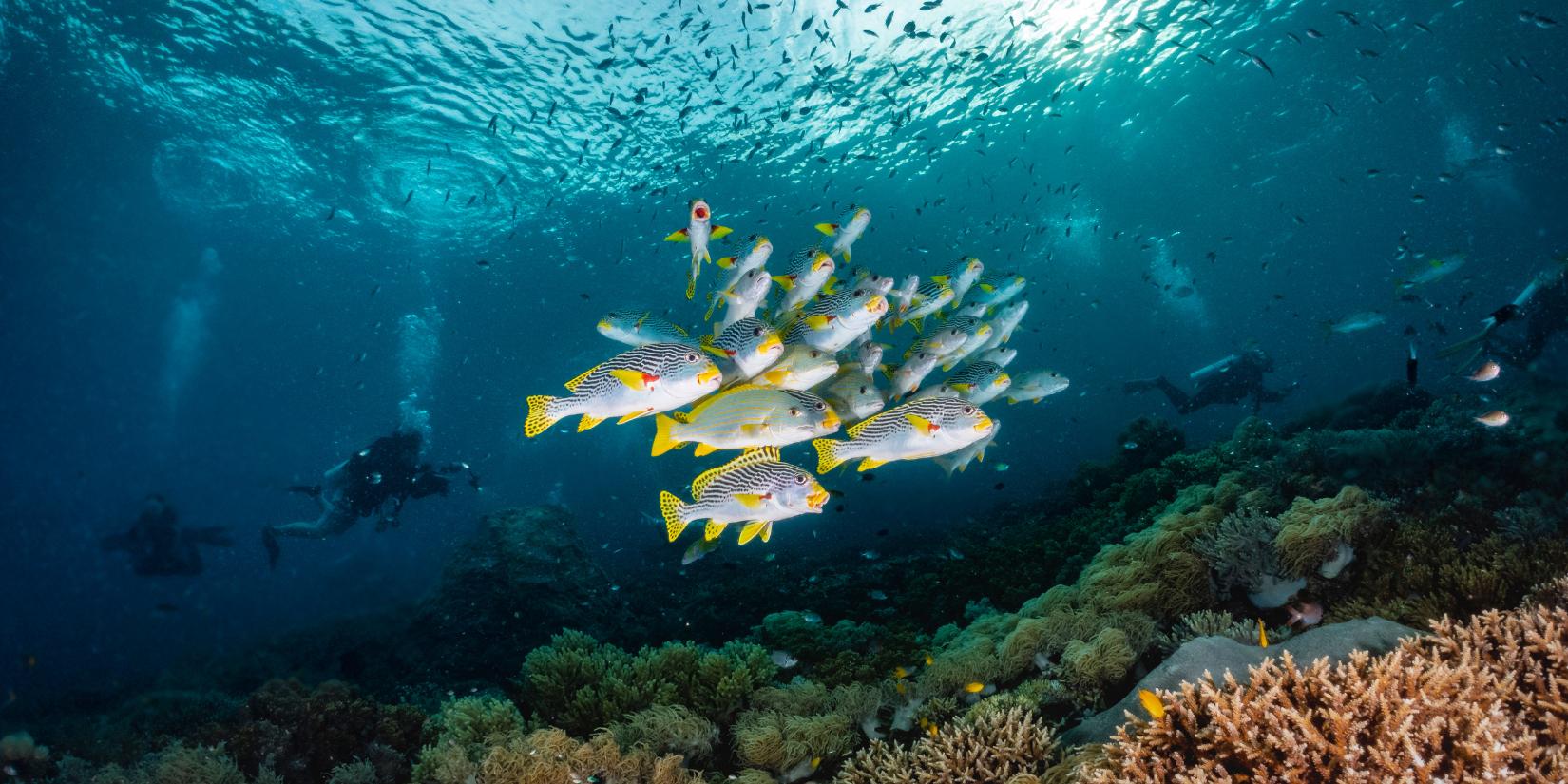
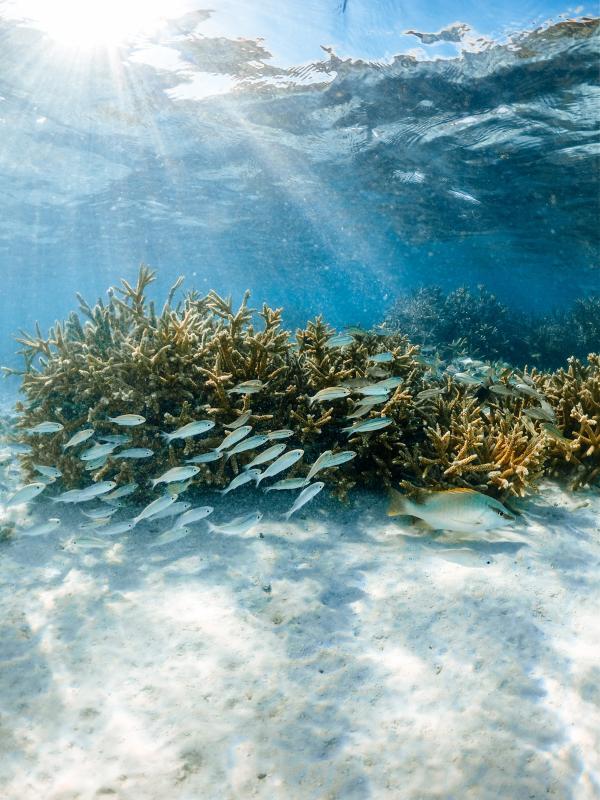
Dive Site
At Keruo, there is a secret world of coral towers and fish-filled passageways beneath the surface that is ideal for multi-level diving. The opportunity to see unique occurrences like the Garden’s Secret, a pair of colorful cuttlefish engaging in their color-shifting courtship, is part of your Raja Ampat diving package. Every dive with a guide is like reading a live nature storybook as the breathtaking surroundings and marine life of Keruo are revealed.
Types of dives:
- Reef
- Ocean
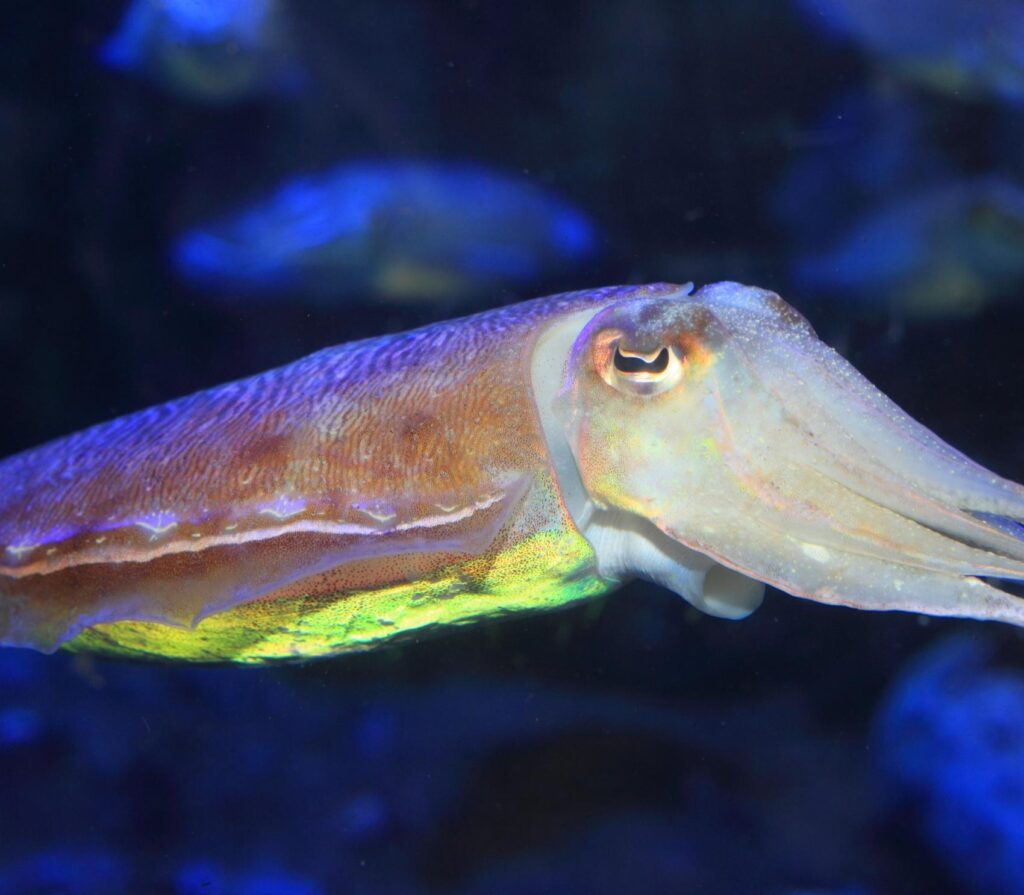
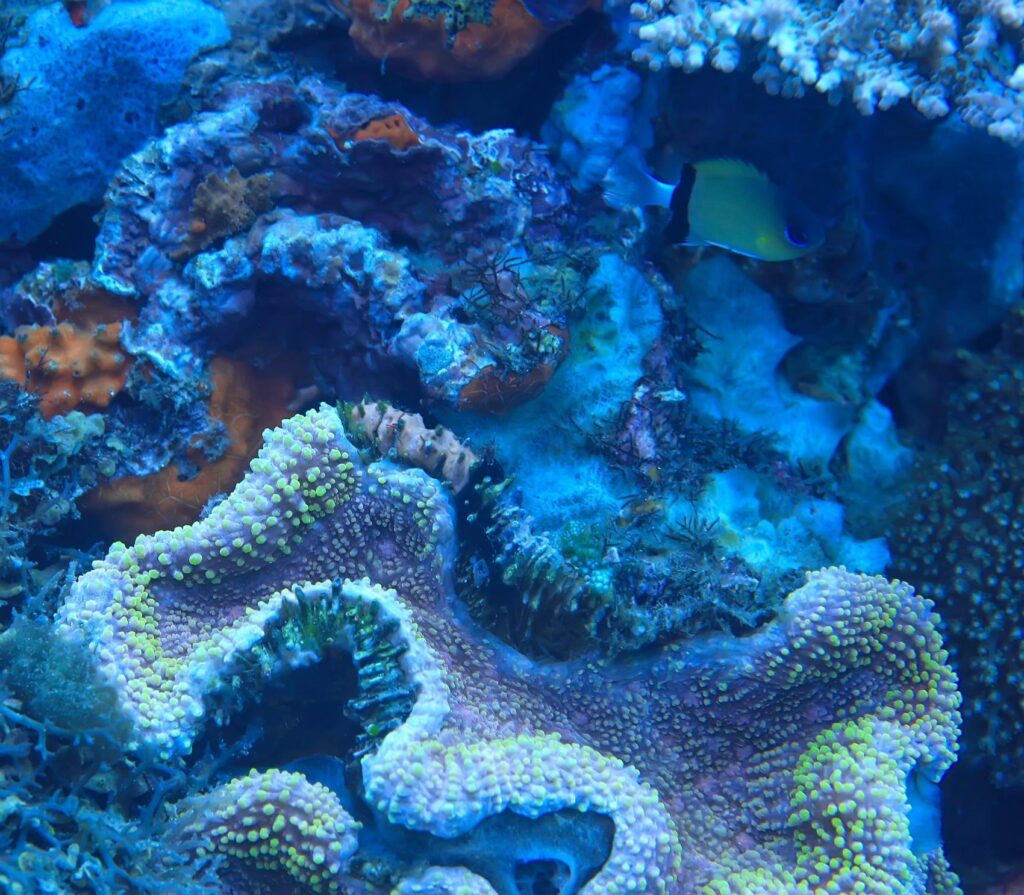
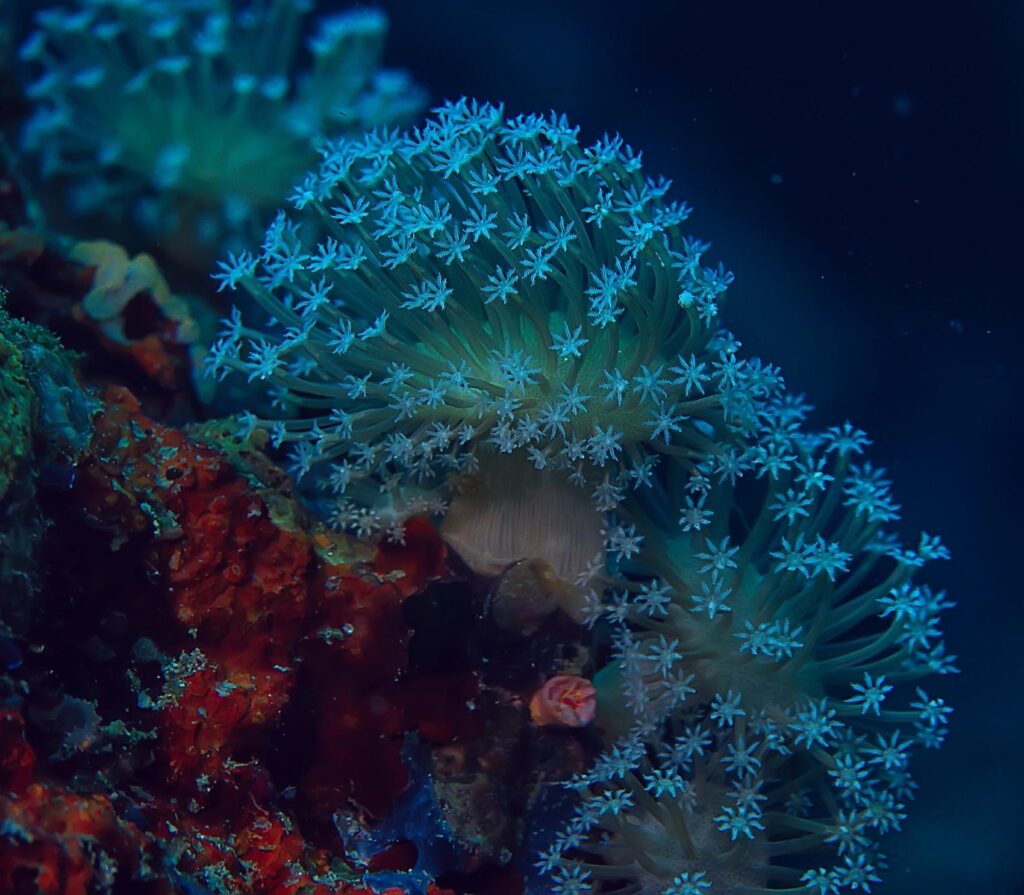
Currents carve vibrant seascapes.
Raja Ampat’s Yanggelo region ends with a flourish, currents sculpt the seafloor into living art, and every dive feels like a new discovery. At Citrus Ridge, descend a 40-meter wall where orange corals and purple fish ignite the “Citrus Rush.” Spot giant clams, rare Raja Ampat gobies, and eagle rays gliding by. Afterward, watch birds-of-paradise dance above Waigeo Island as sea and sky blur into one breathtaking scene.
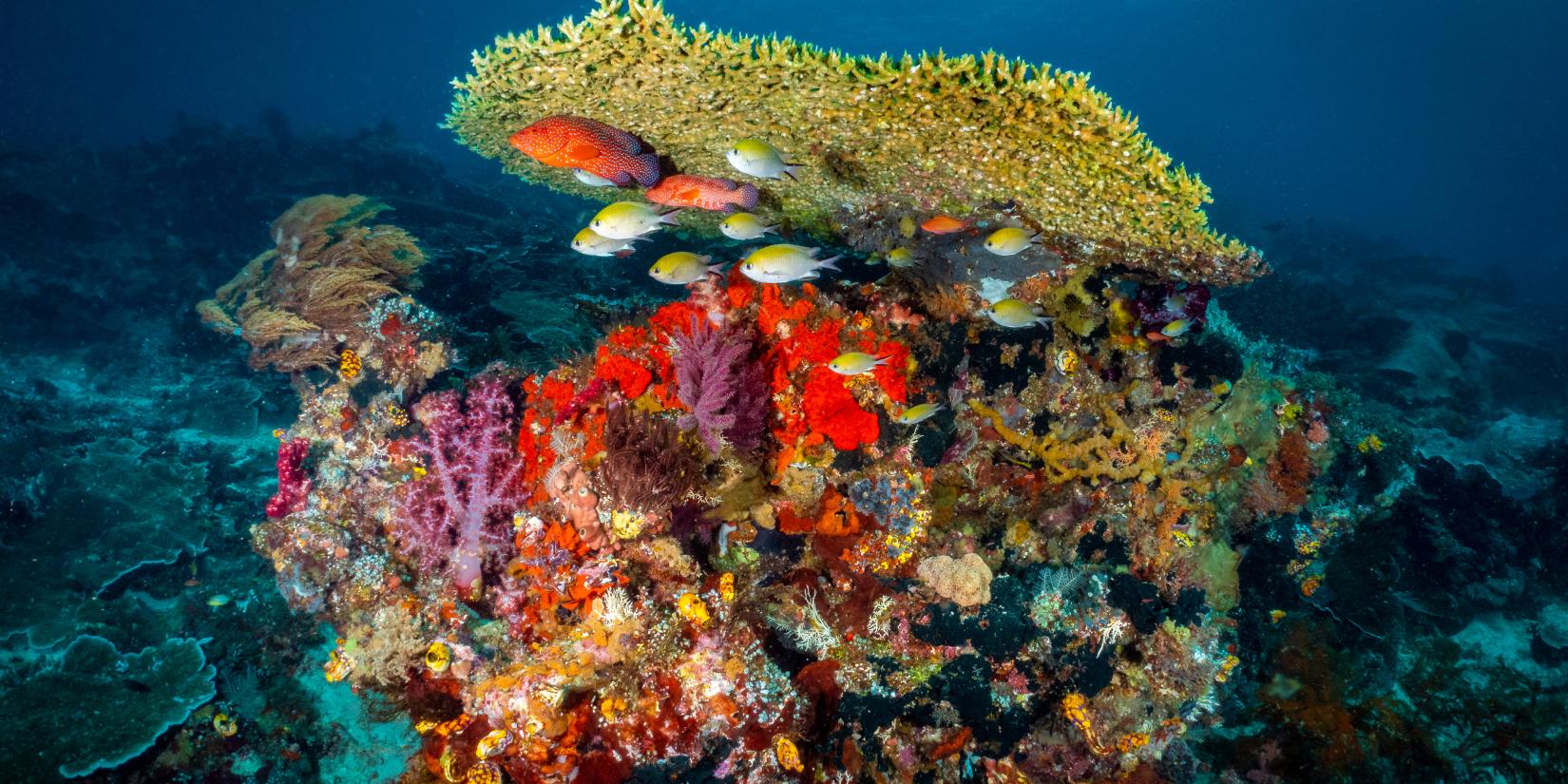
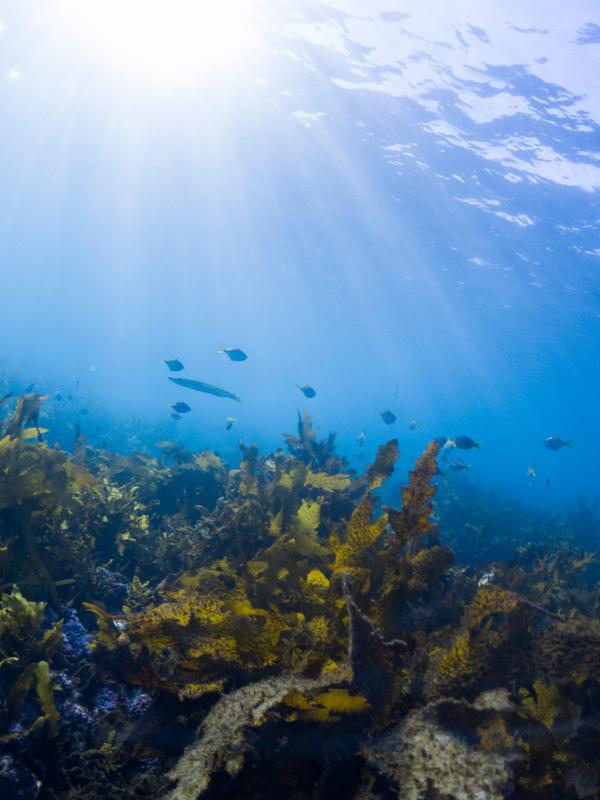
Walls of Fire and Life
At Citrus Ridge, dive down its 40-meter wall to see why it’s a top spot. The “Citrus Rush” starts at 15 meters, with orange corals and purple fish. You’ll see giant clams and the Raja Ampat goby, a tiny fish unique to this area. Diving here needs skill because of the strong currents. Use reef hooks to stay in place as eagle rays swim by. After diving, watch the sunset on Waigeo Island. The birds-of-paradise show off in the sky, matching the sea’s colors. It shows that Raja Ampat’s beauty never stops, it just changes.
Types of dives:
- Reef
- Ocean
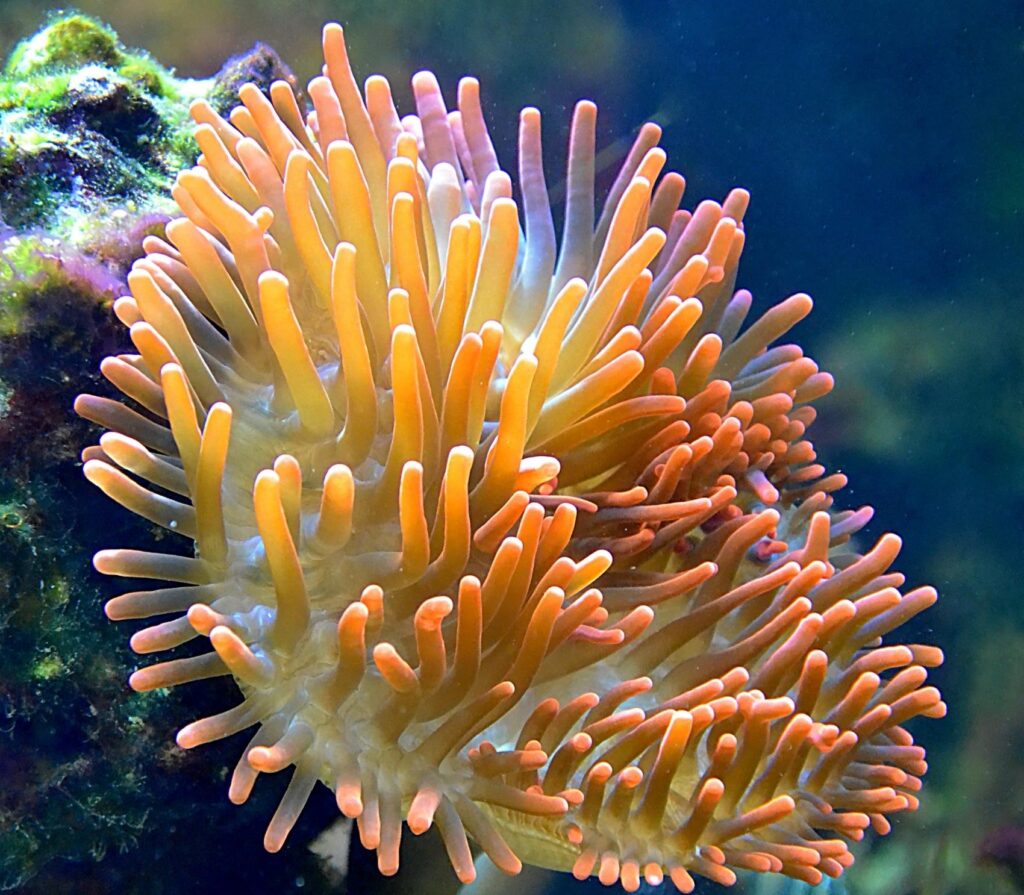
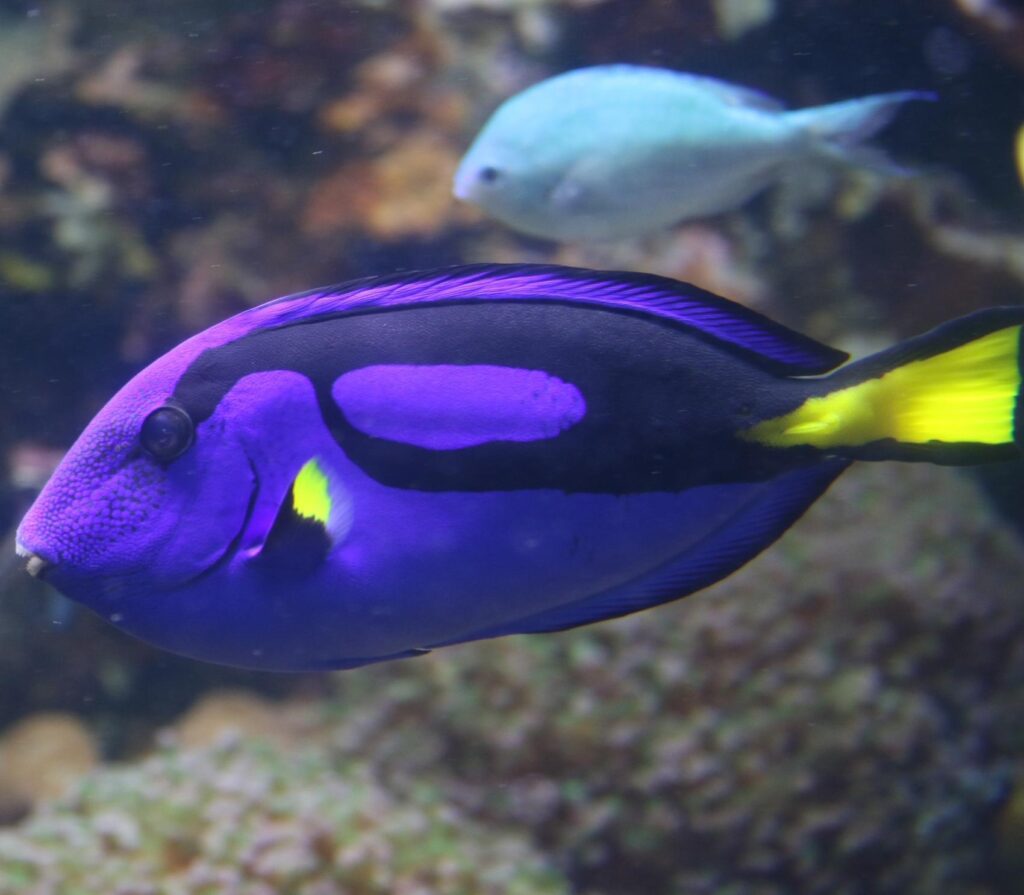
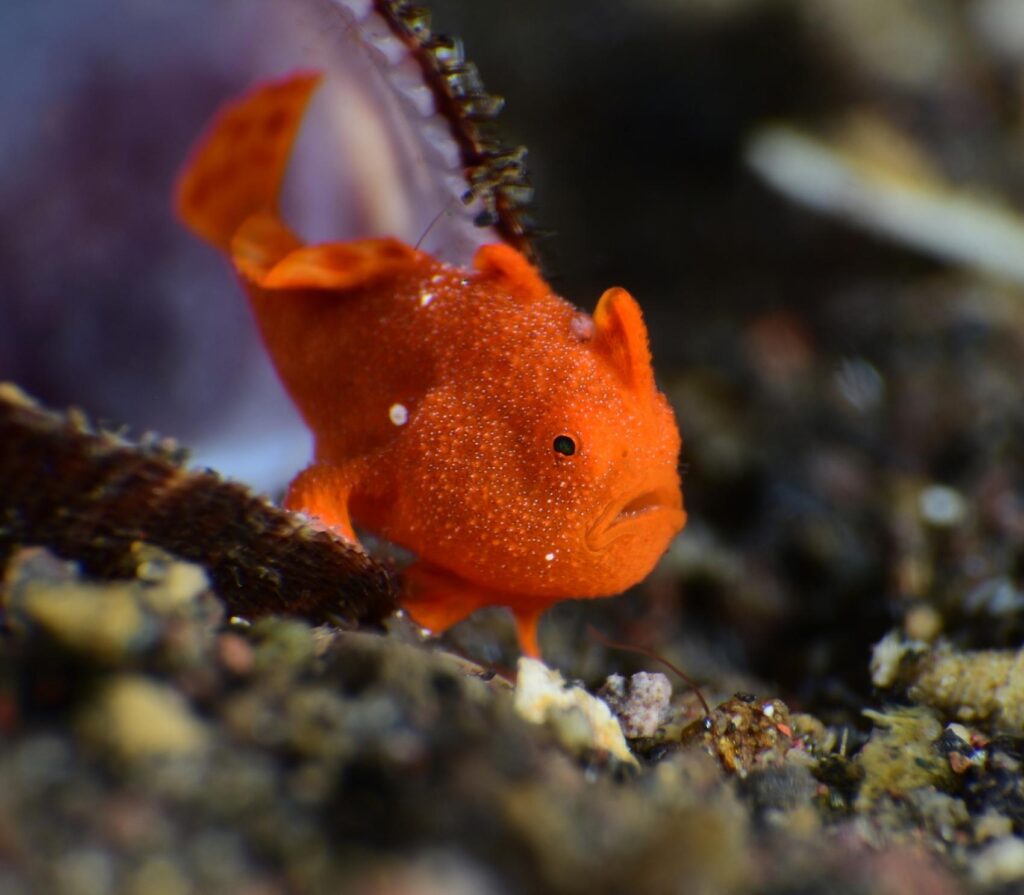
Mantas and powerful currents.
Mansuar Island is a paradise for seasoned divers, where fierce currents collide with rich marine life. Drift past manta rays at Manta Ridge, one of only three places where reef and oceanic mantas meet, and watch cleaning wrasses at work or mating rituals unfold. Then explore the Wall of Grace, a vibrant reef with 550 coral species, pygmy seahorses, and bumphead parrotfish. It’s raw Raja Ampat, thrilling and unforgettable.


Dive Sites
At one of just three locations known to exist where reef and oceanic mantas converge, picture fifteen elegant mantas gliding around you. Between November and April, courtship displays take place, cleaning wrasses harvest parasites, and currents deliver feasts rich in plankton. Plan your dive at slack tide for the best visibility and up-close encounters. When mantas aren’t fighting powerful currents, they rest and stay longer in an unusual underwater ballet.
Types of dives:
- Reef
- Ocean
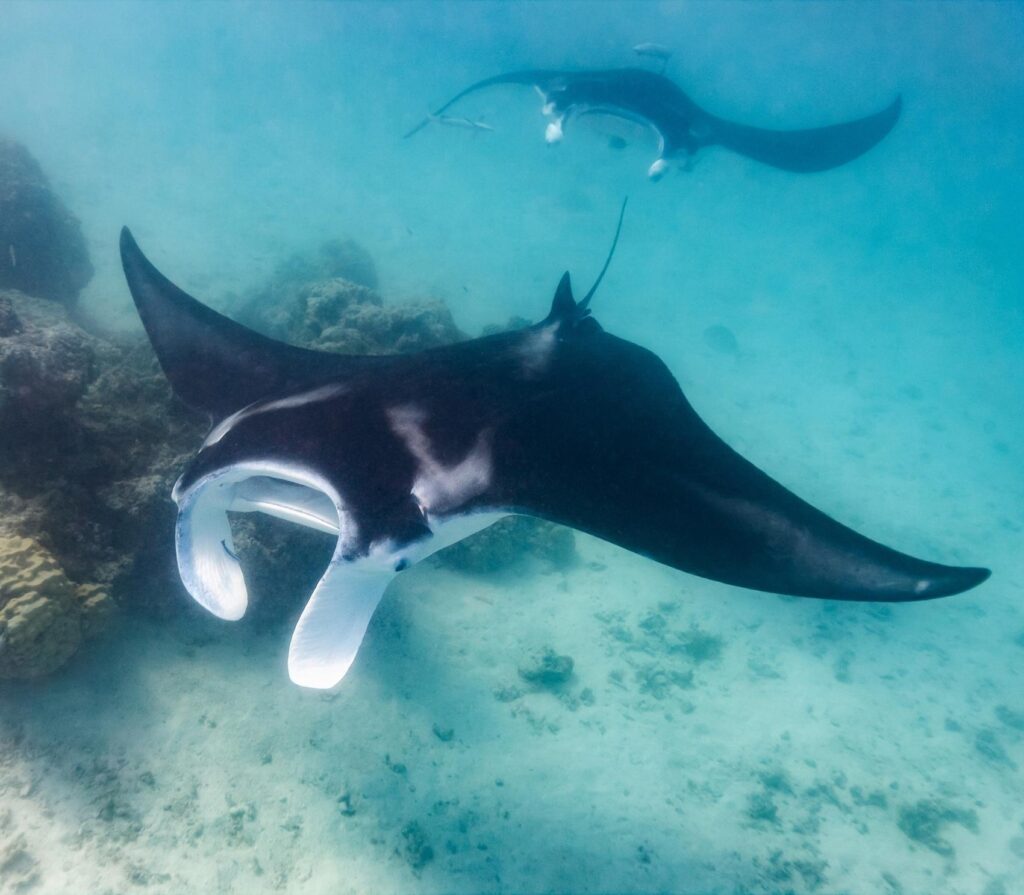

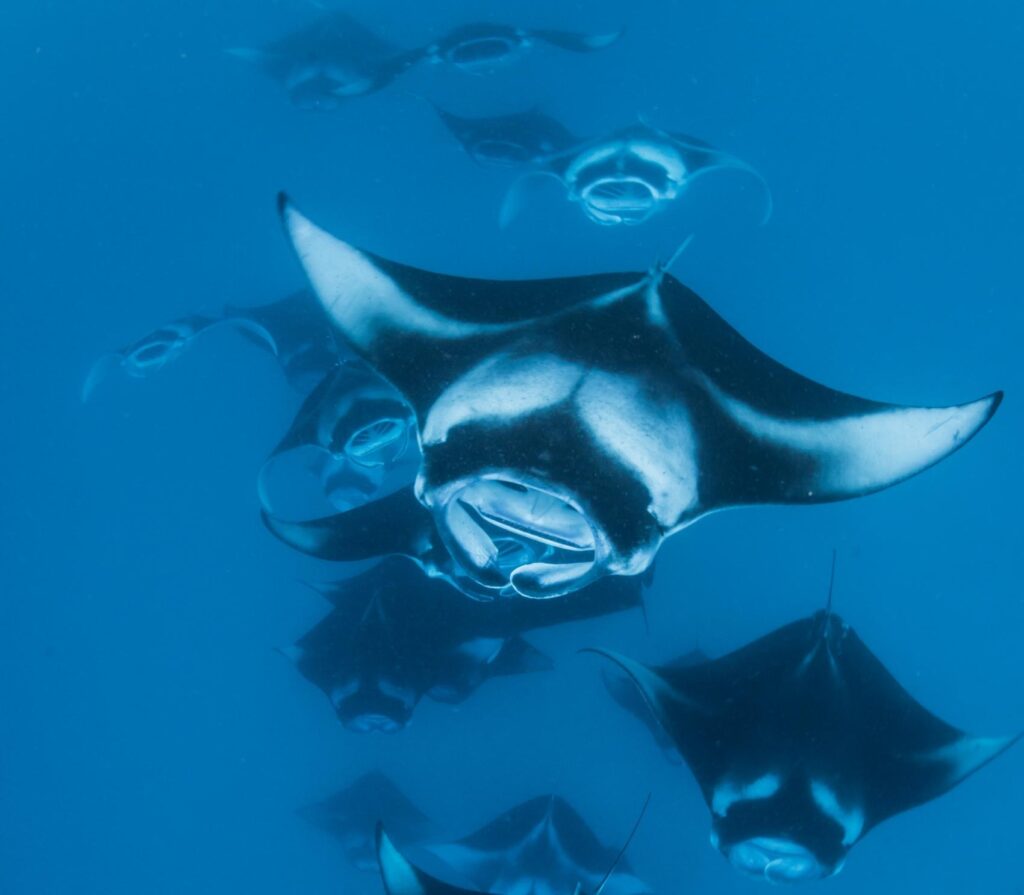
Dive Site
With over 550 coral species, three times more than the Great Barrier Reef, this vertical reef, known as the “Amazon of the Seas,” is teeming with life. The bumphead parrotfish use its beak-like teeth to eat coral, and Gorgonian fans conceal pygmy seahorses. As you observe the colorful turmoil of the reef, use reef hooks to keep yourself steady in the current. It’s a favorite for day boats and liveaboards that offer affordable diving experiences from Kri Island
Types of dives:
- Ocean
- Reef
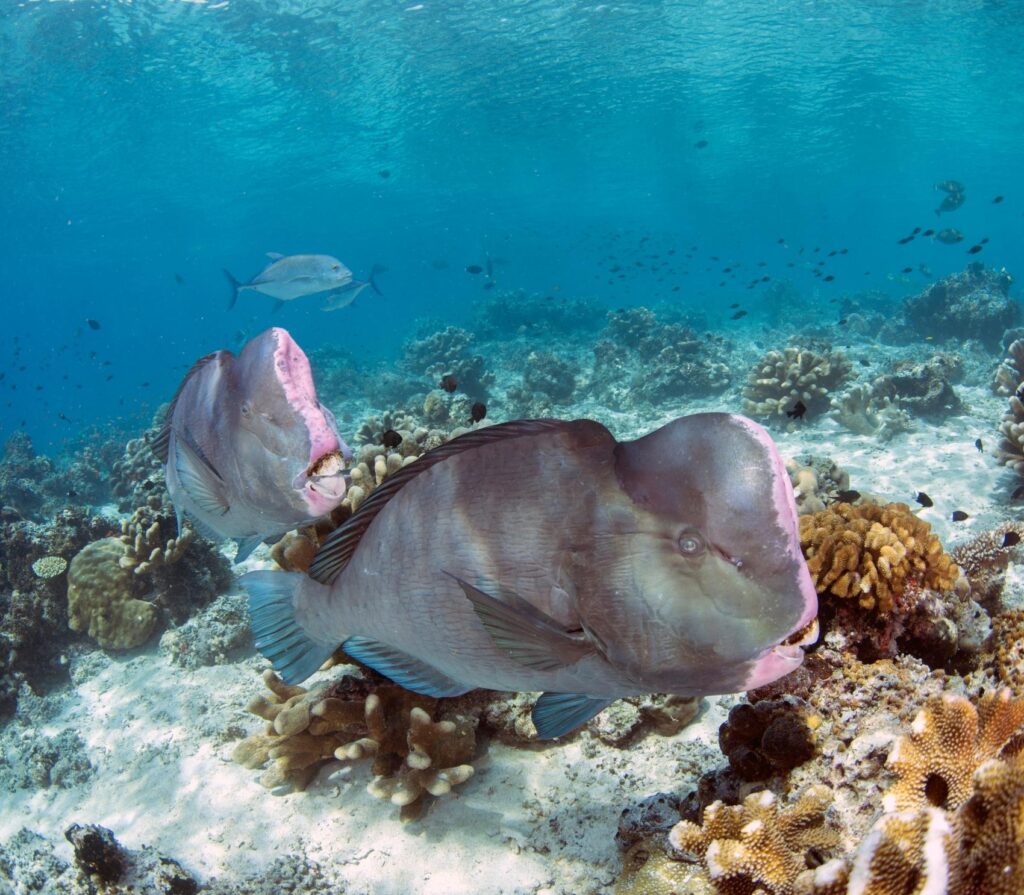
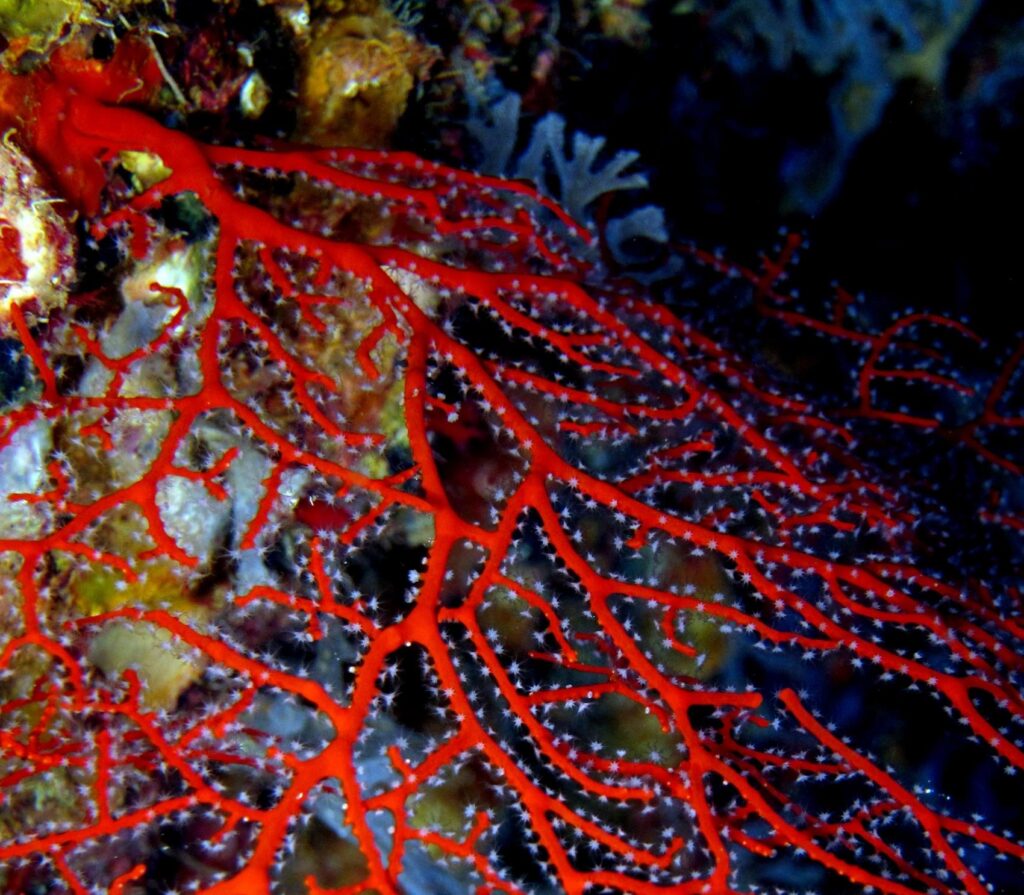
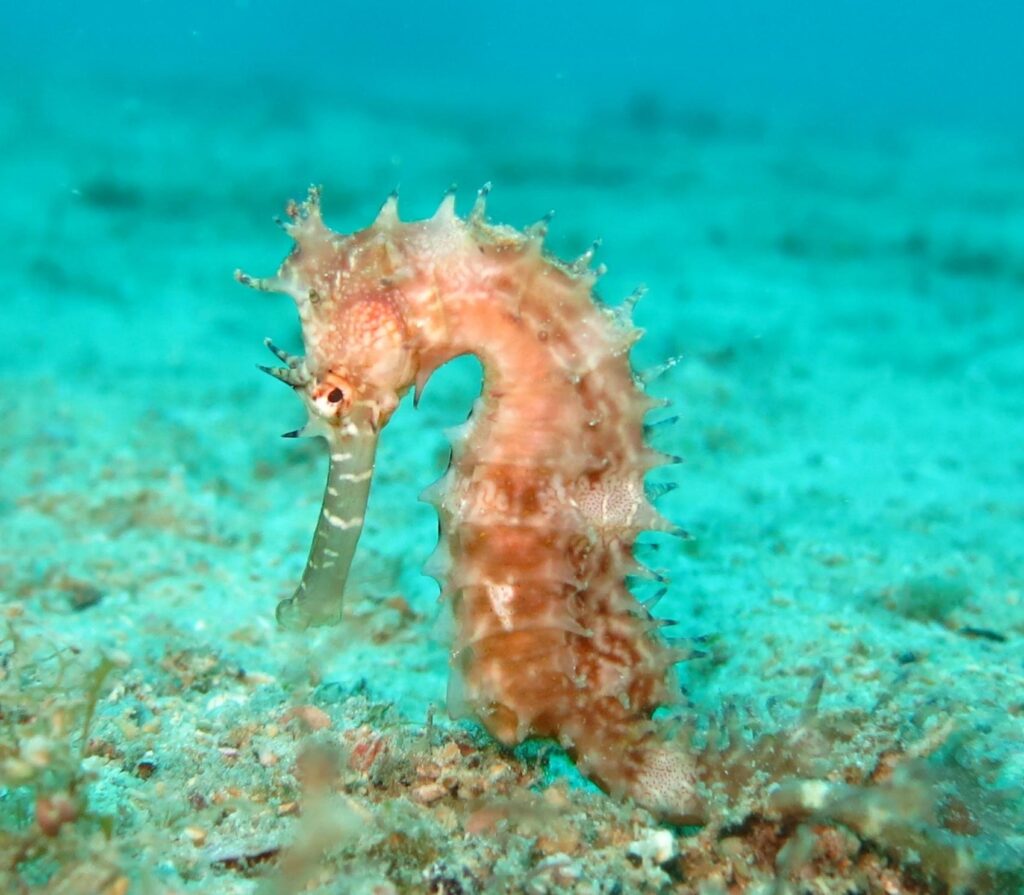
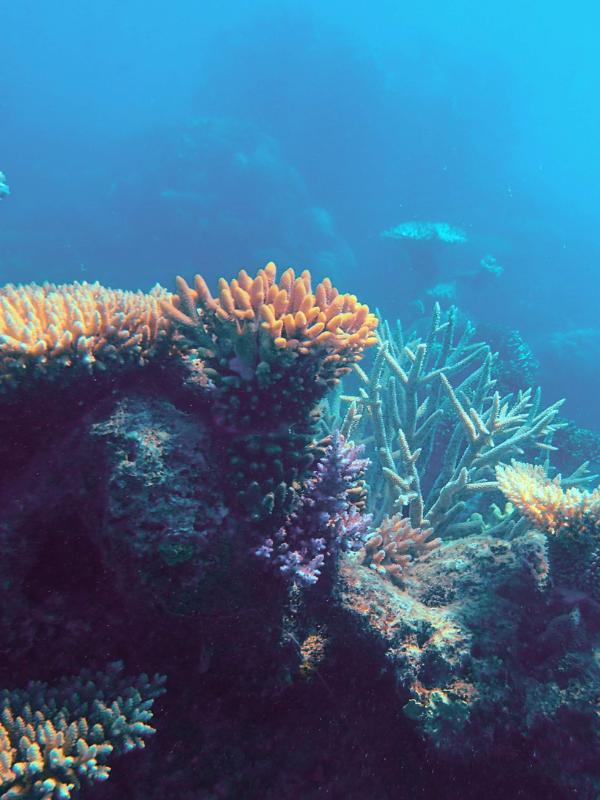
Calm, colorful, and camera-ready.
Just south of Mansuar, Sauwandarek blends human touch with underwater wonder. Its calm bays and shallow reefs attract macro lovers and photographers alike. The Sauwandarek Jetty, a sunken structure turned artificial reef, hosts over 700 mollusk species, batfish schools, and ghost pipefish. With perfect light at 5–15 meters, it’s ideal for wide shots. At night, UV dives reveal glowing corals, a bioluminescent show unlike anywhere else in Raja Ampat.
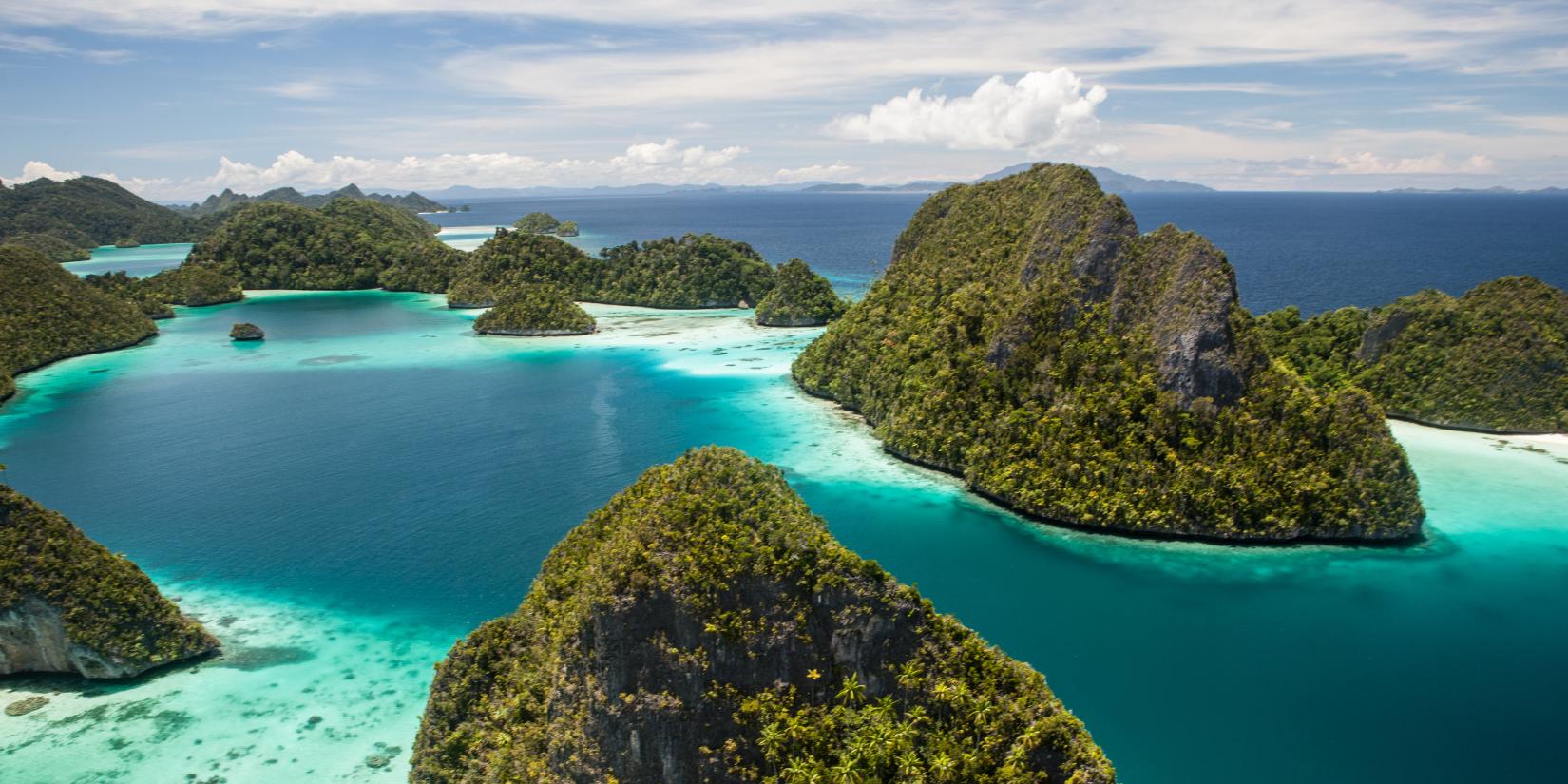
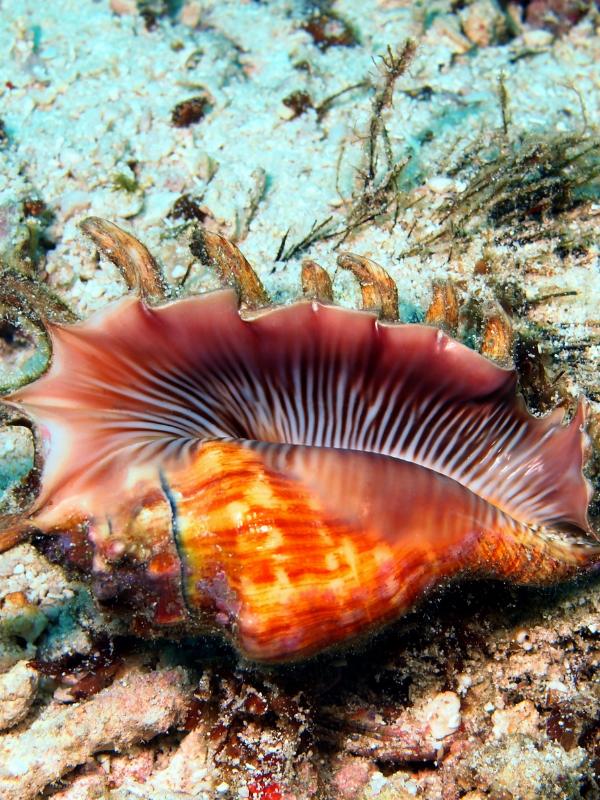
Dive Site
The submerged concrete pier known as Sauwandarek Jetty has been transformed into a flourishing reef that is home to more over 700 mollusk species, the highest density in Raja Ampat. Batfish schools draw underwater photographers, while ghost pipefish and midnight snappers conceal in the reef. Soft corals emit bioluminescence when exposed to UV light at night. It is suitable for all divers and ranges in depth from 5 to 25 meters. Visit Sauwandarek Village nearby to learn about the local efforts to conserve the sea.
Types of dives:
- Reef
- Ocean
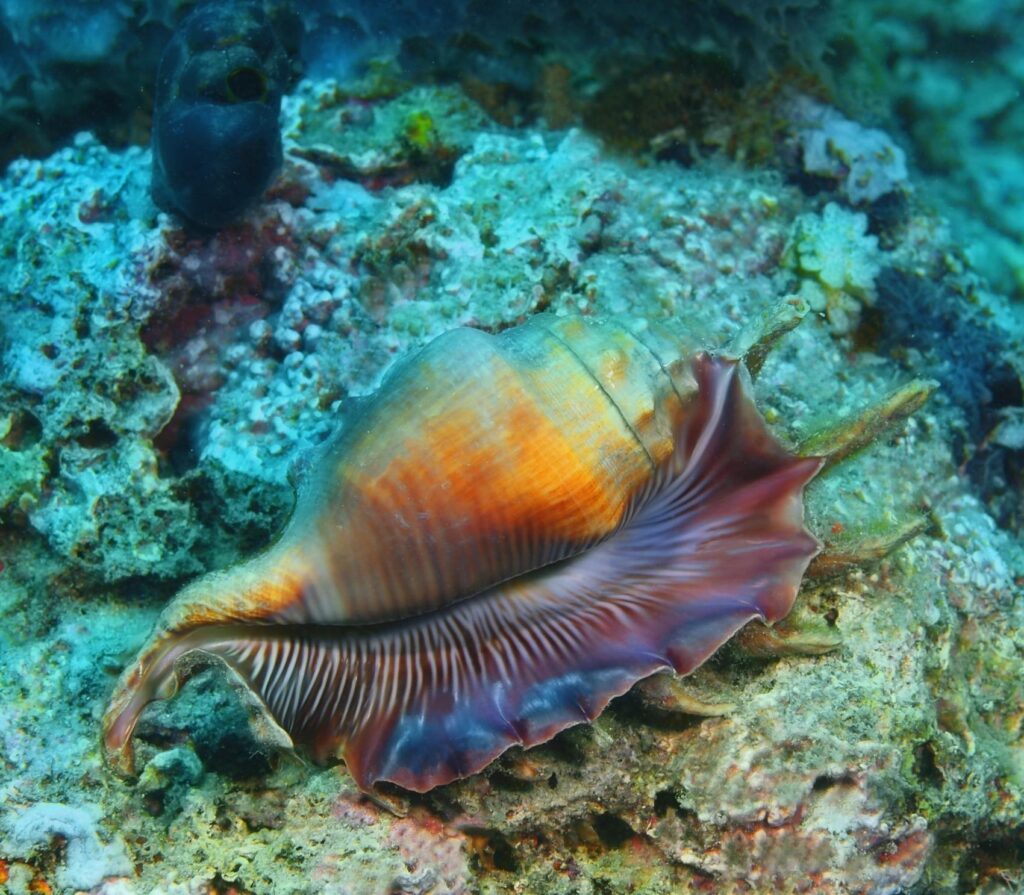
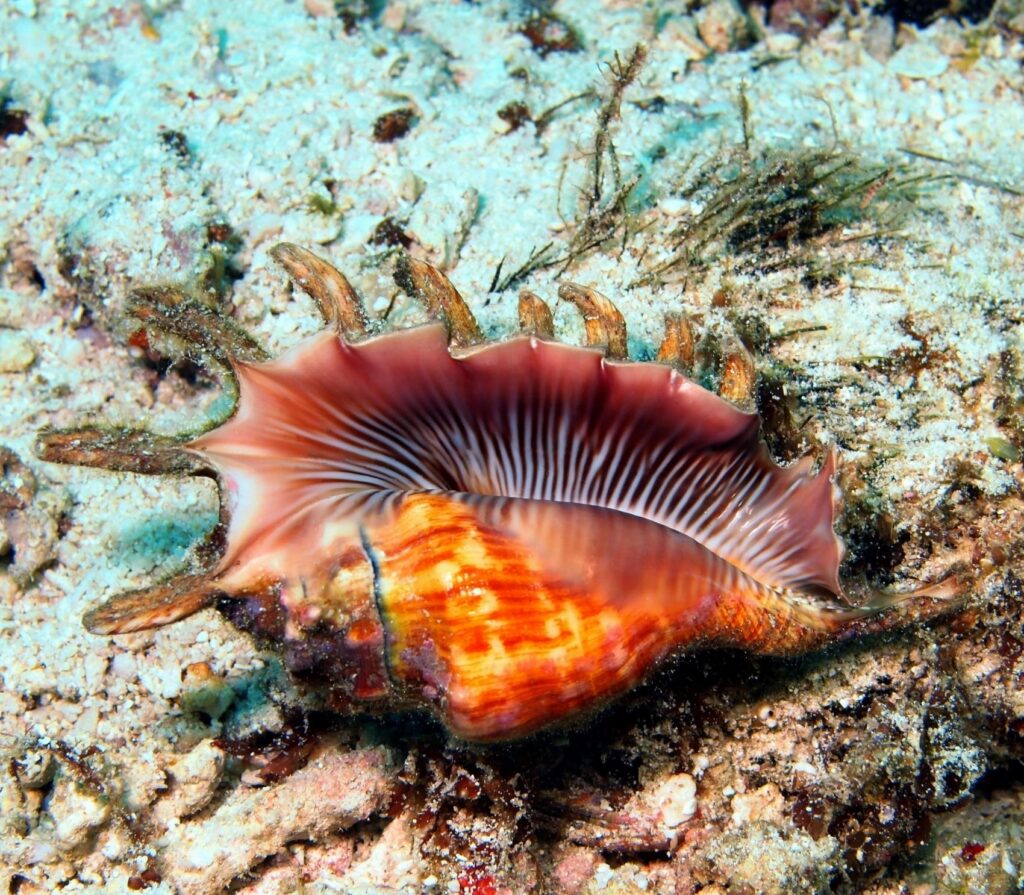
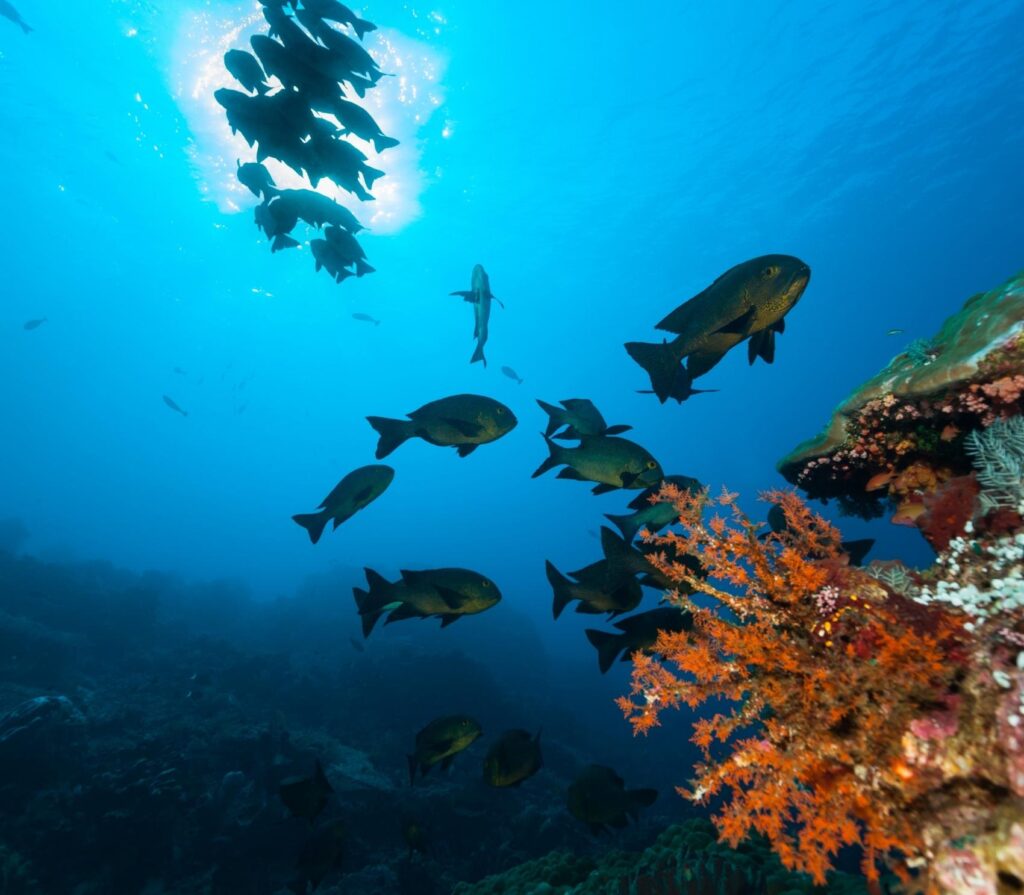
Access meets biodiversity.
Yenbuba offers front-row views of Indonesia’s marine conservation success, with rich biodiversity and easy access for all budgets. Dive Cape Mansuar’s canyons to see reef sharks, wobbegongs, and giant sea fans. Snorkel Yenbuba Jetty’s shallow coral gardens filled with butterflyfish. At Ransiwor, volcanic pinnacles host baitballs and nudibranchs. From budget snorkelers to advanced divers, Yenbuba proves that marine protection works and makes Raja Ampat more magical than ever.
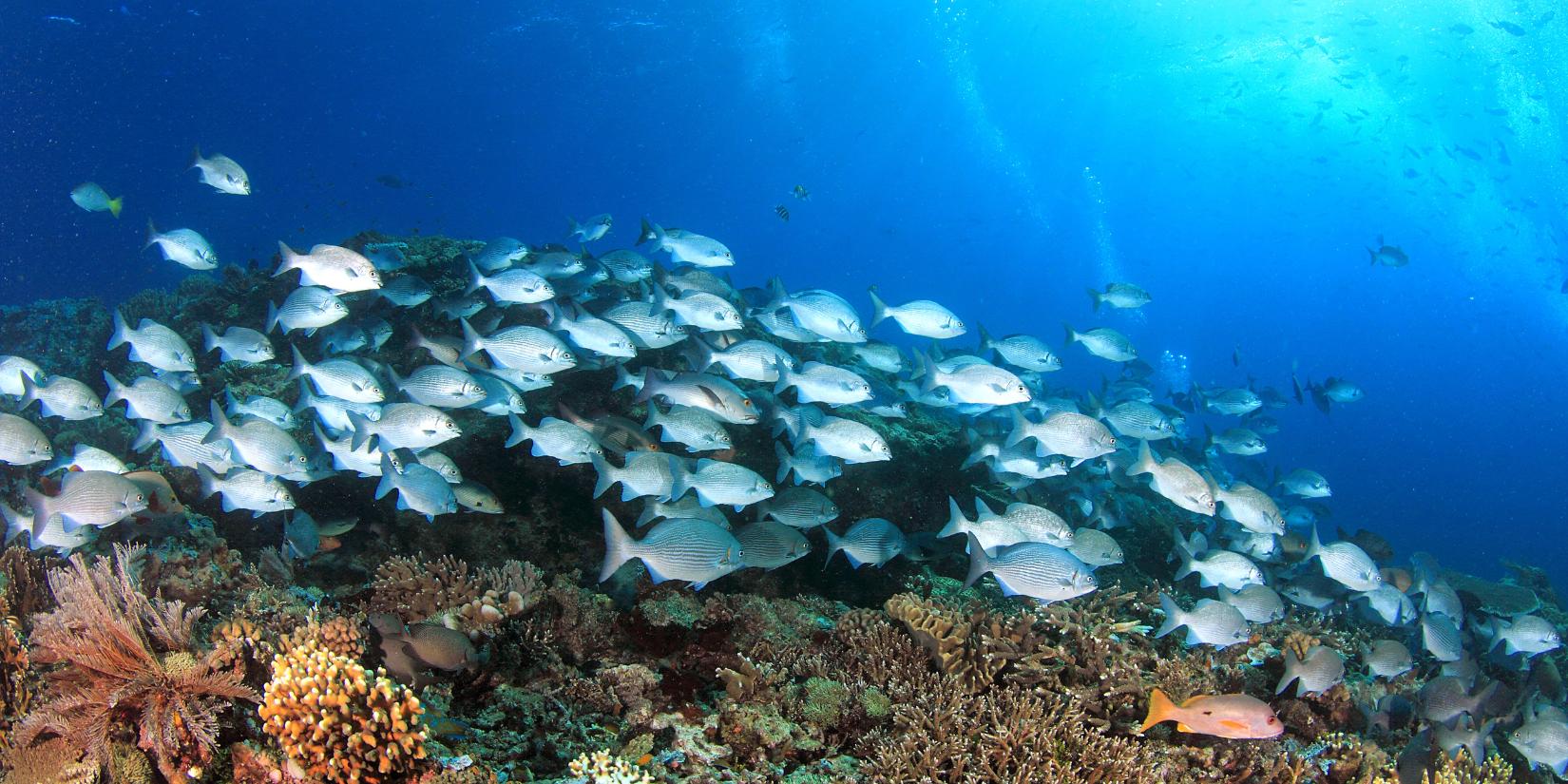

Walls Alive With Life
Explore canyon-like formations where reef sharks are more common than in other places. At Cape Mansuar, you’ll see wobbegongs and barracuda. The walls are home to giant sea fans. Try to dive during the tide to see pygmy seahorses.
Types of dives:
- Drift
- Ocean
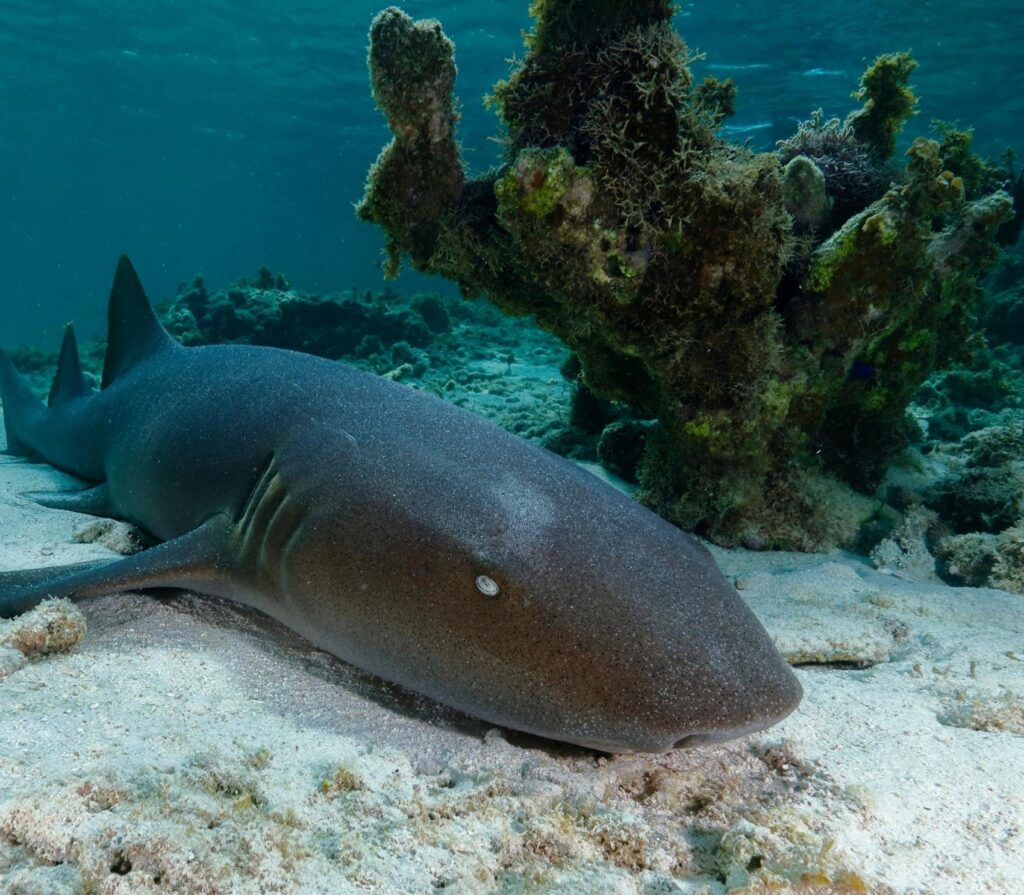
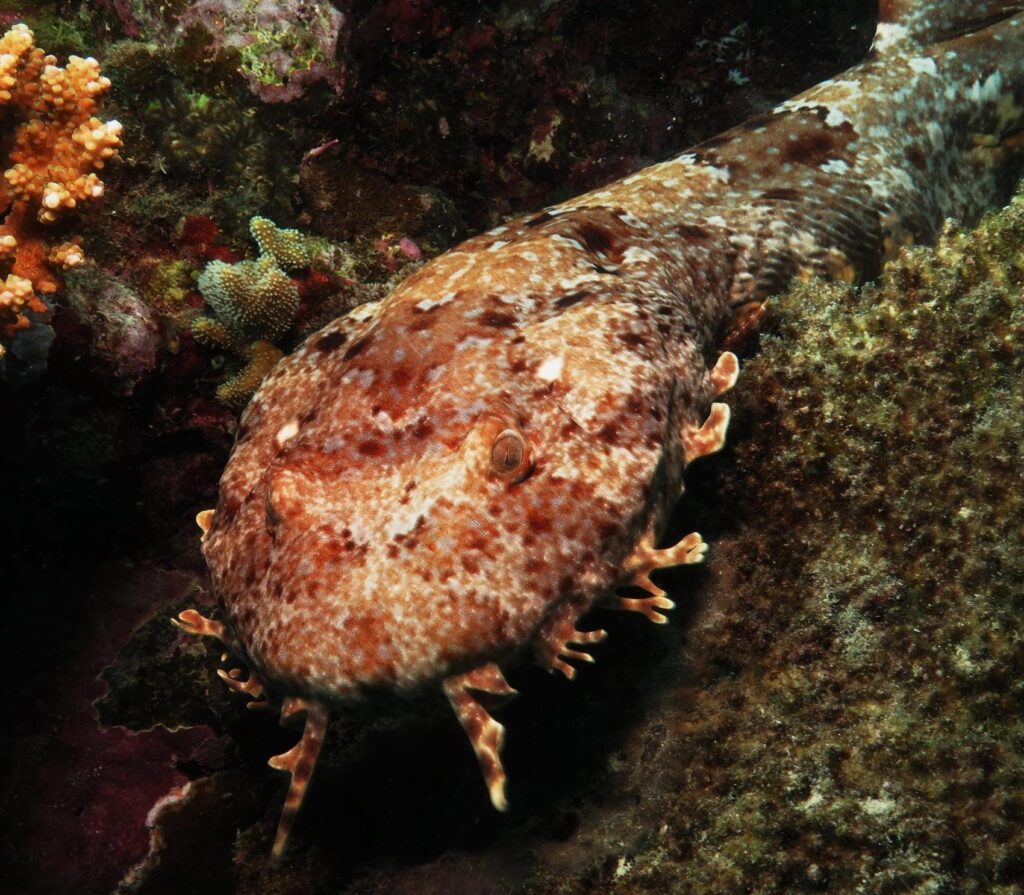
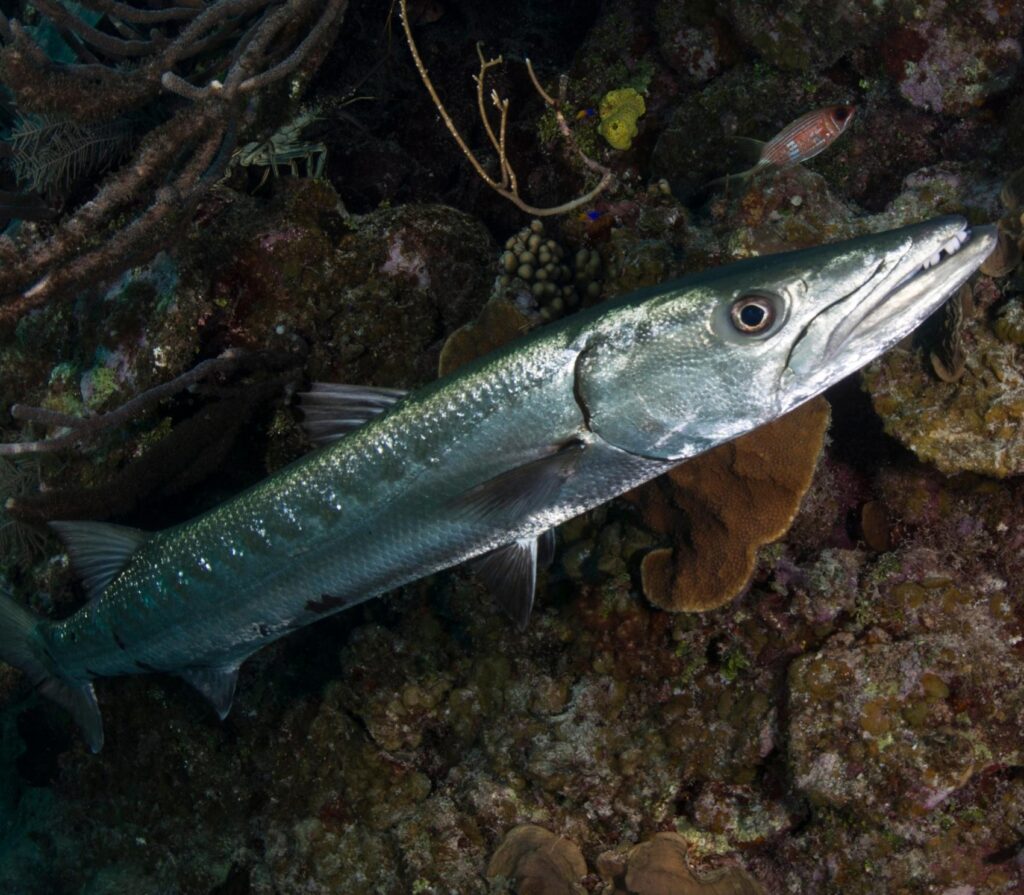
Soft Coral Gardens Await
Yenbuba Jetty is great for snorkeling or those watching Raja Ampat diving prices. It’s shallow and full of soft coral gardens. You’ll see butterflyfish and parrotfish around the pillars. It’s also a good spot for budget-friendly liveaboards. You don’t need deep-diving certifications to explore here.
Types of dives:
- Ocean
- Reef
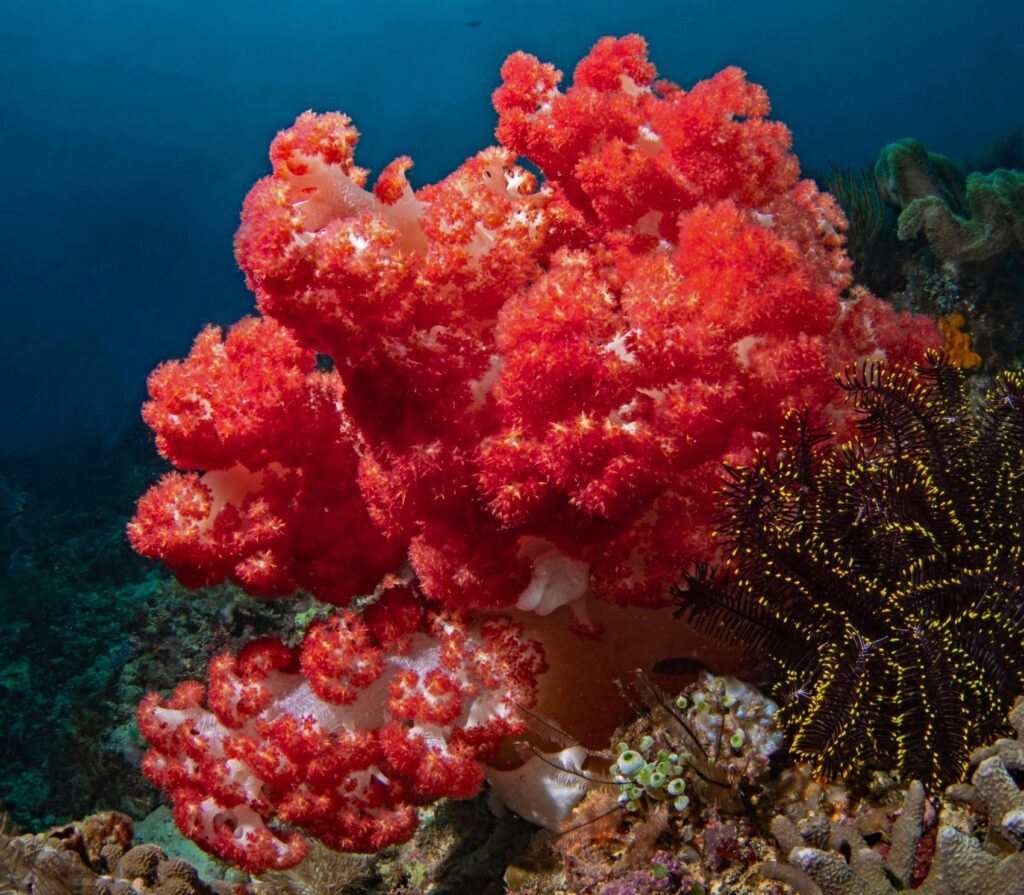
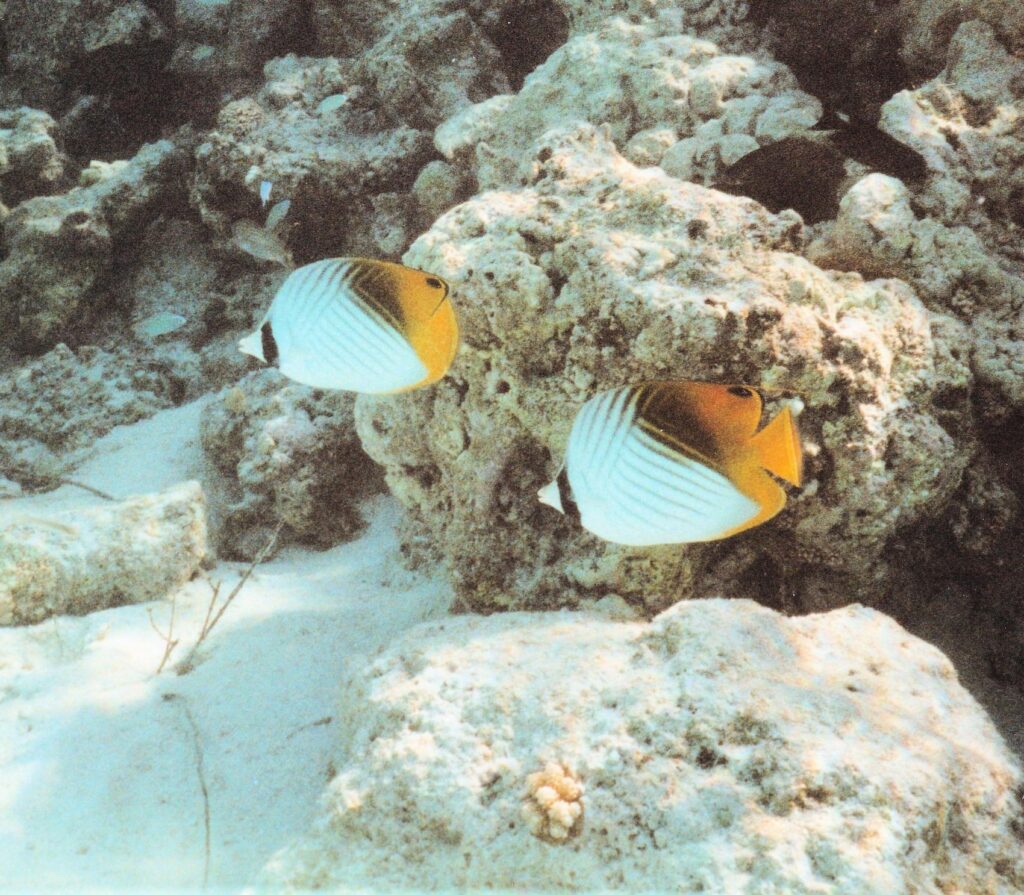
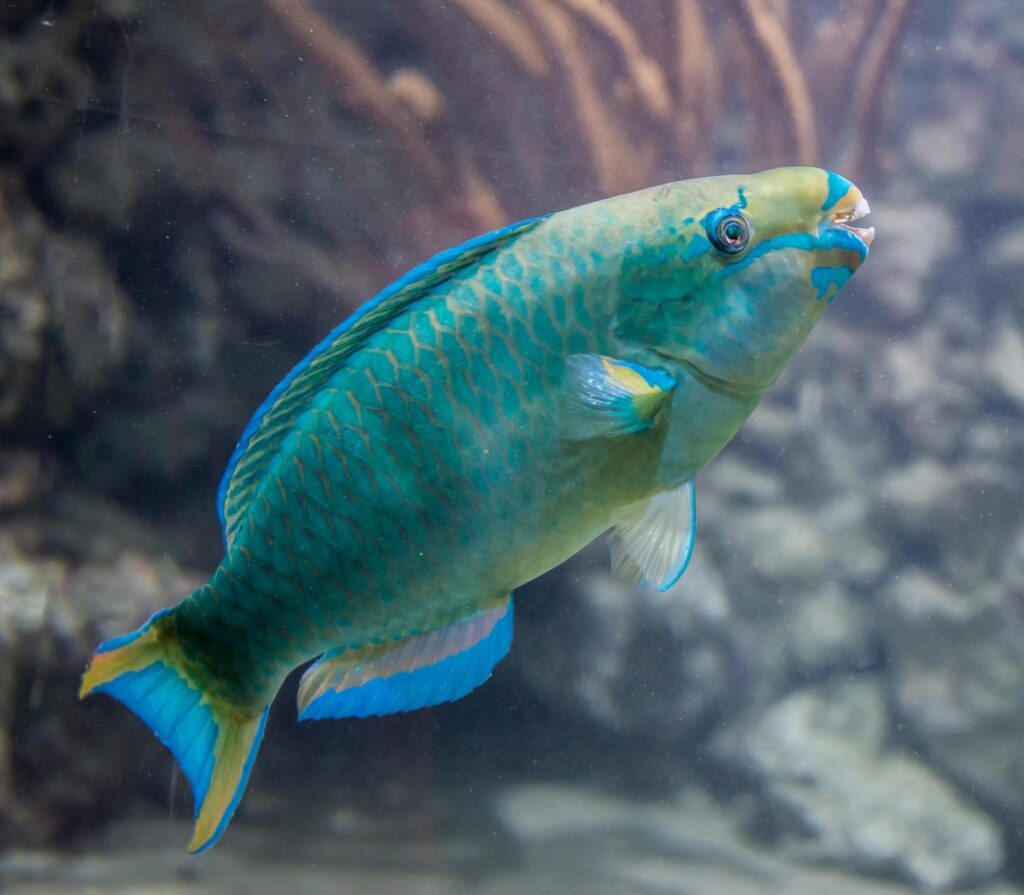
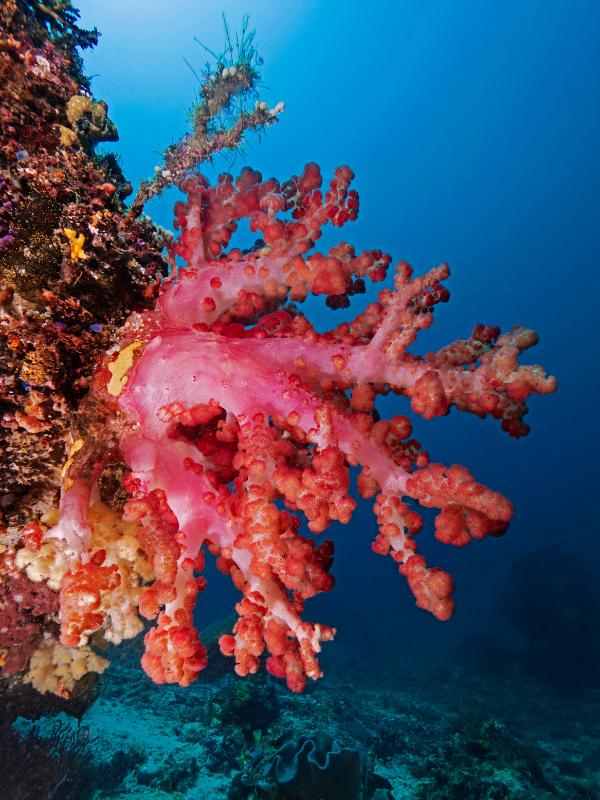
Advanced Diving at Its Best
At Ransiwor, dive to volcanic pinnacles where sardine baitballs swirl like silver. This place attracts tuna and trevallies in big feeding frenzies. Look out for the “Nudibranch Highway” during slack tide. Advanced divers will love the 30m+ drop-offs. They’re full of dogtooth tuna.
Yenbuba shows that marine protection works. From Cape Mansuar’s shark resurgence to Ransiwor’s rare nudibranchs, these sites are a testament to healing ecosystems. Whether you’re diving for scuba diving Raja Ampat‘s iconic species or snorkeling on a budget, Yenbuba has unforgettable stories to tell.
Types of dives:
- Ocean
- Reef
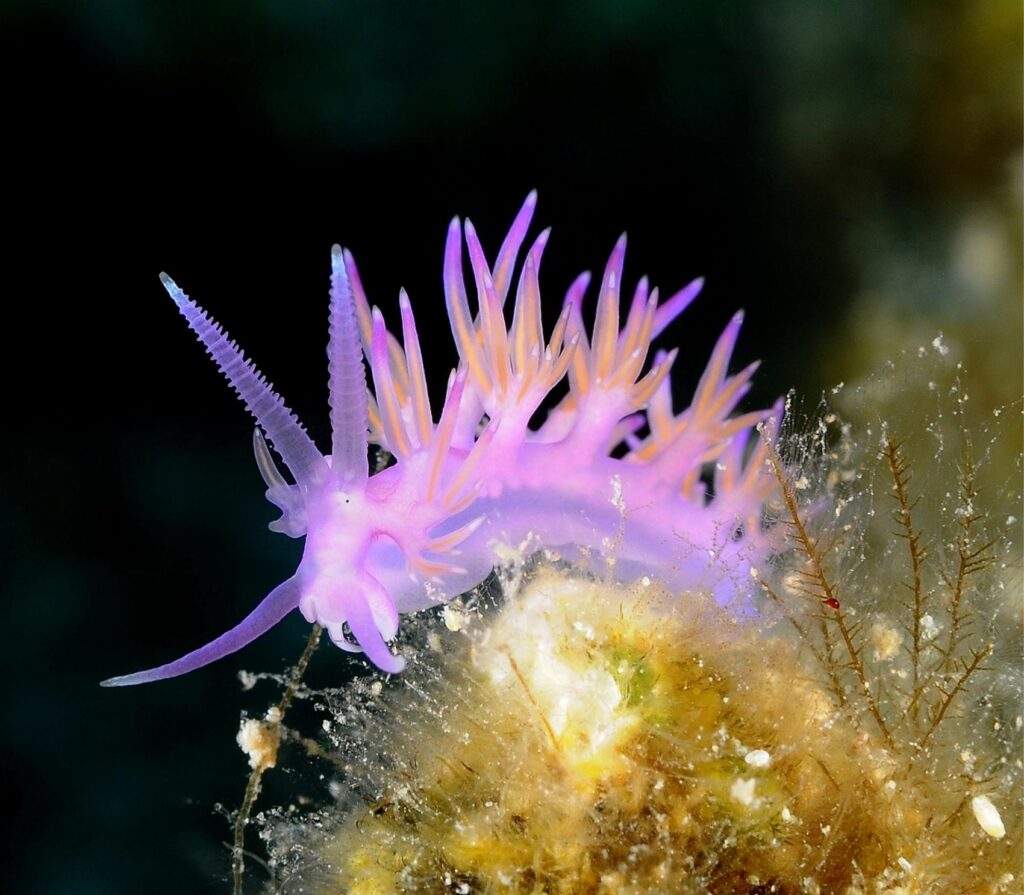
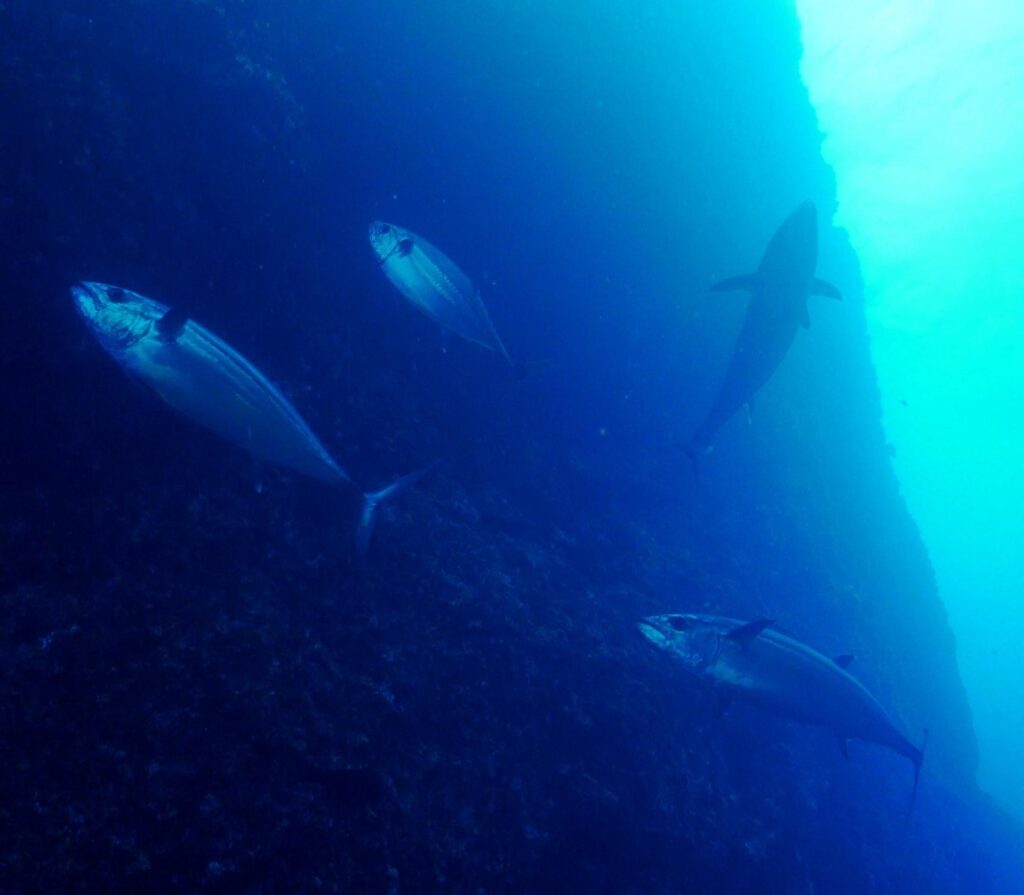
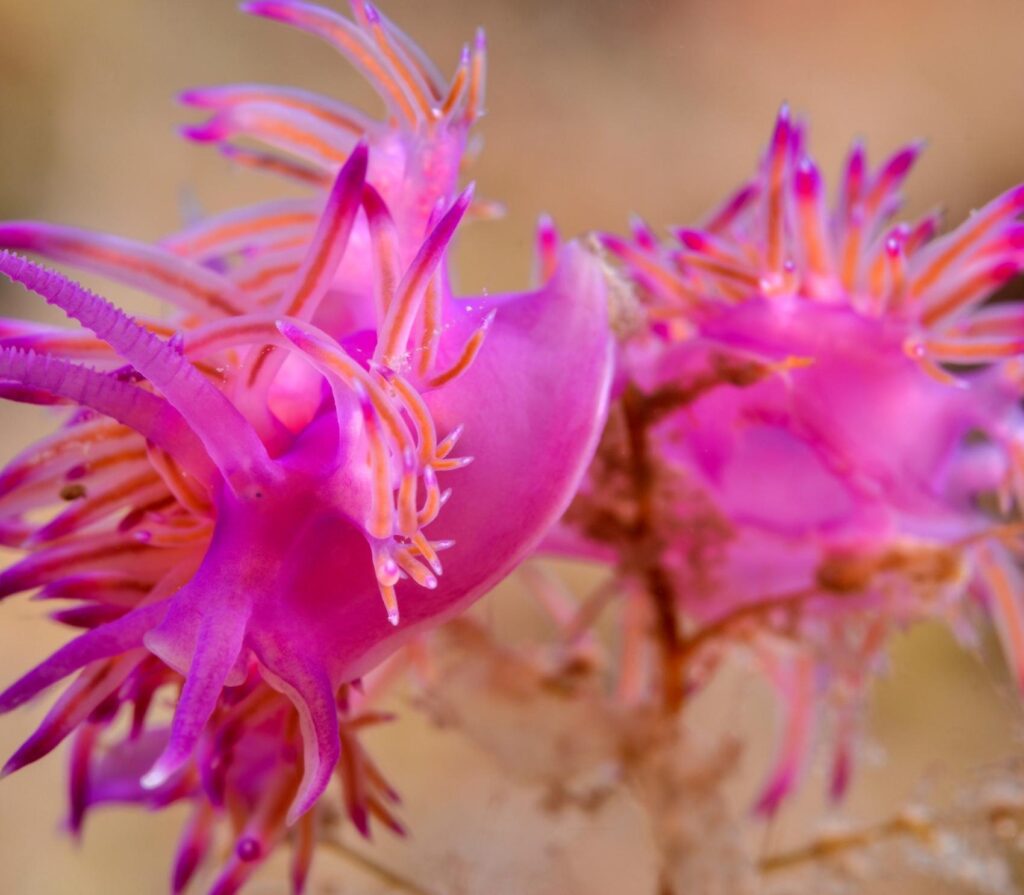
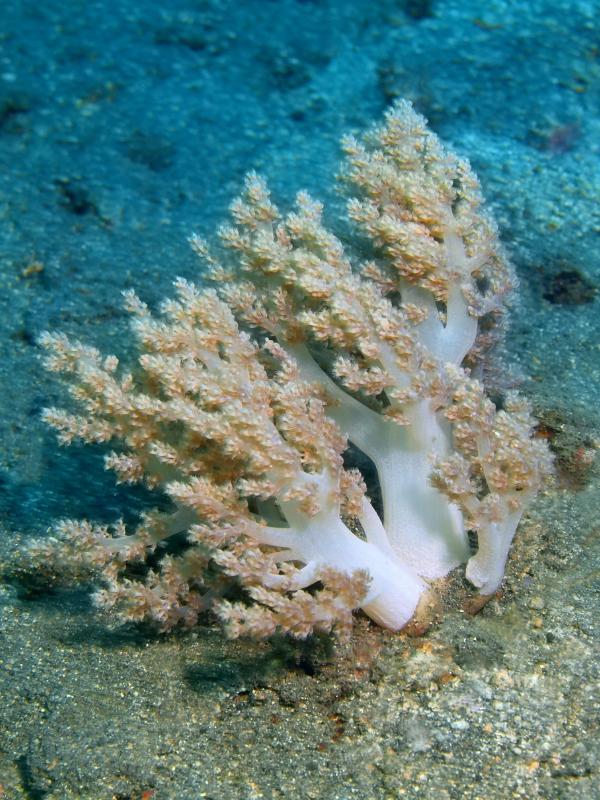
Reefs, wrecks, and rays.
Koh Island is the beating heart of Raja Ampat’s dive scene, where coral-rich reefs meet wartime wrecks and marine giants. At Kuburan, explore a WWII Japanese patrol boat now home to blue-ringed octopuses. Yenkoranu offers close encounters with mantas at its sandy cleaning station. South Kri delivers thrilling drifts through sardine tornadoes, while Cape Kri stuns with over 350 species, making it Indonesia’s most biodiverse dive site, no matter your skill level.

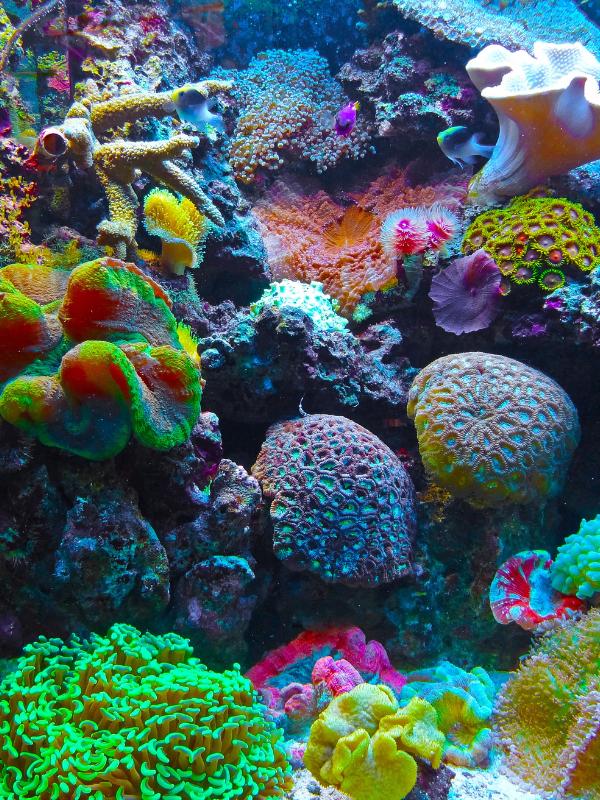
Dive Site
A Japanese patrol boat from WWII lies here, covered in coral. Guides tell stories of its sinking in 1944. At night, you can see rare creatures like blue-ringed octopuses.
- Depth: 15-30m
- Currents: Moderate
Types of dives:
- Reef
- Ocean
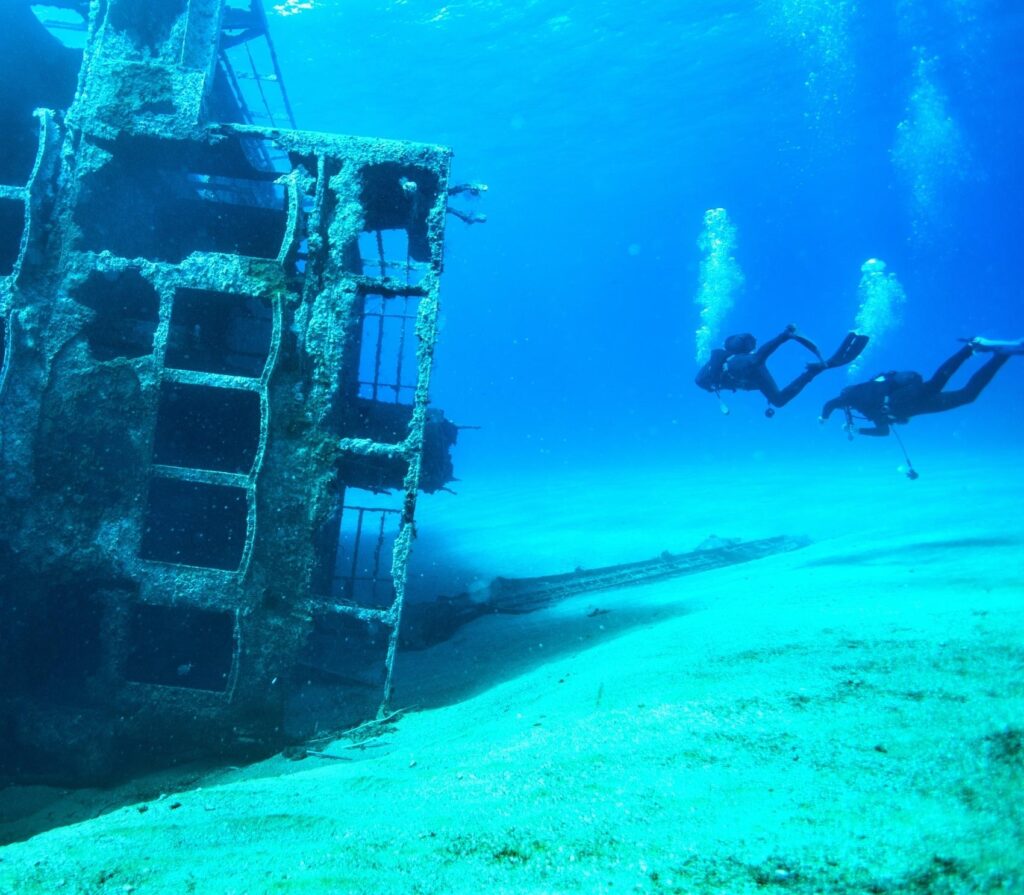
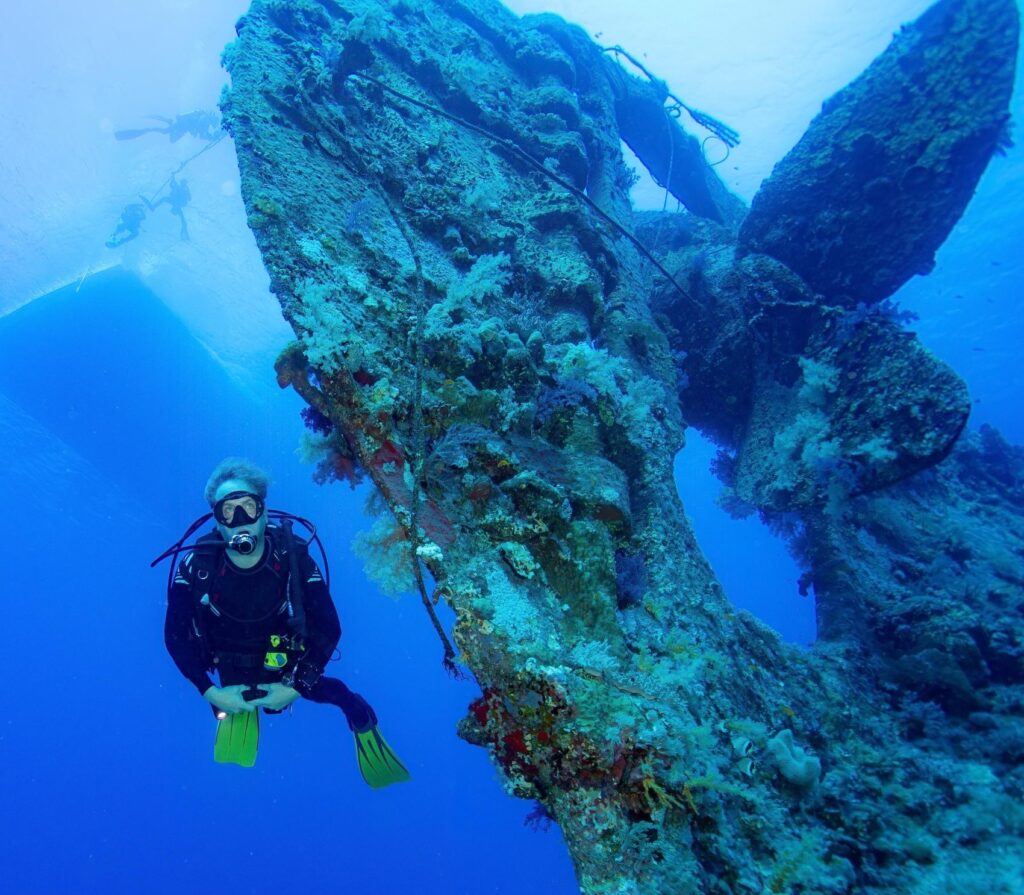
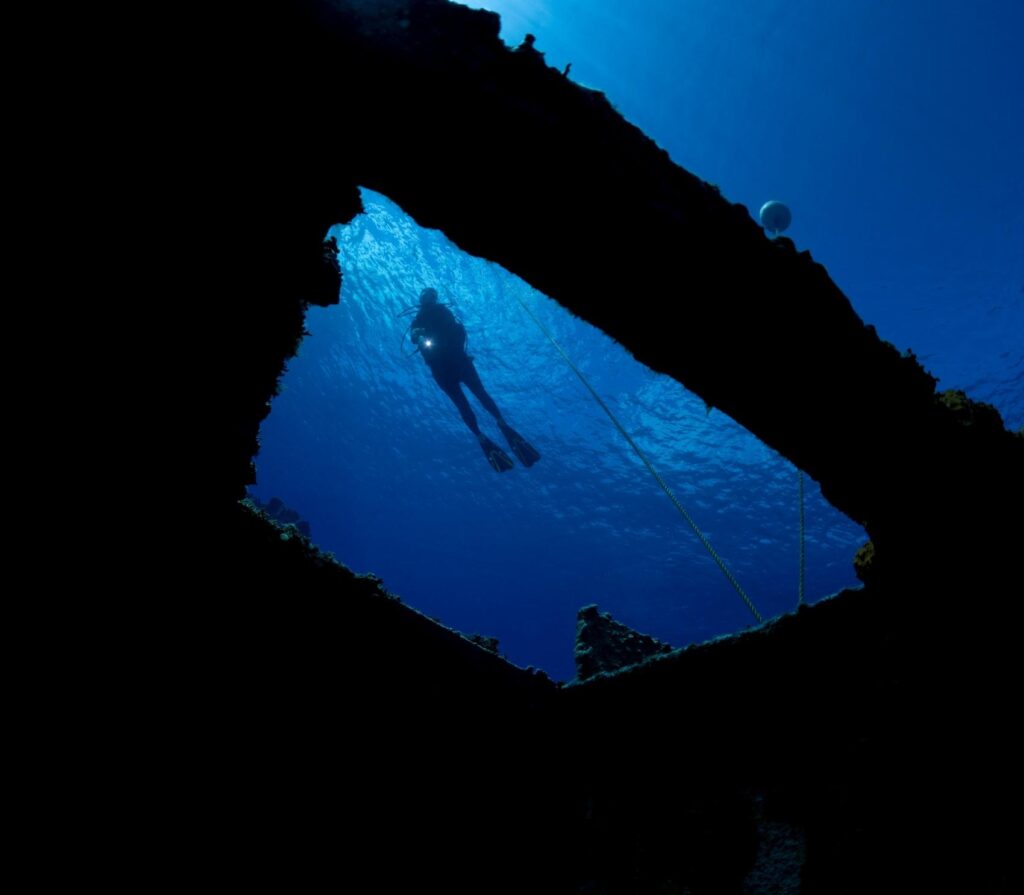
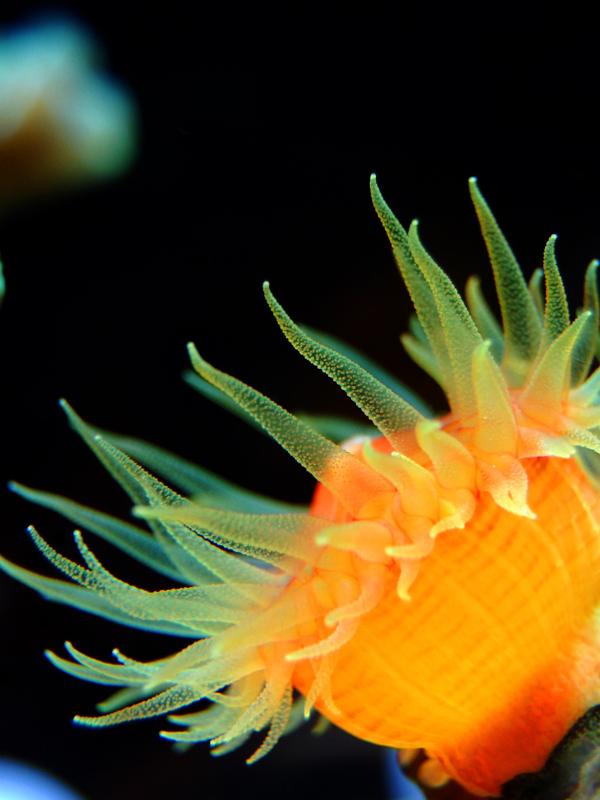
Dive Site
This is where mantas come to clean themselves. From July to September, you might see 15+ mantas. Be still in the sand channel to see them up close.
- Depth: 5-18m
- Visibility: 20m+
Types of dives:
- Reef
- Drift
- Ocean
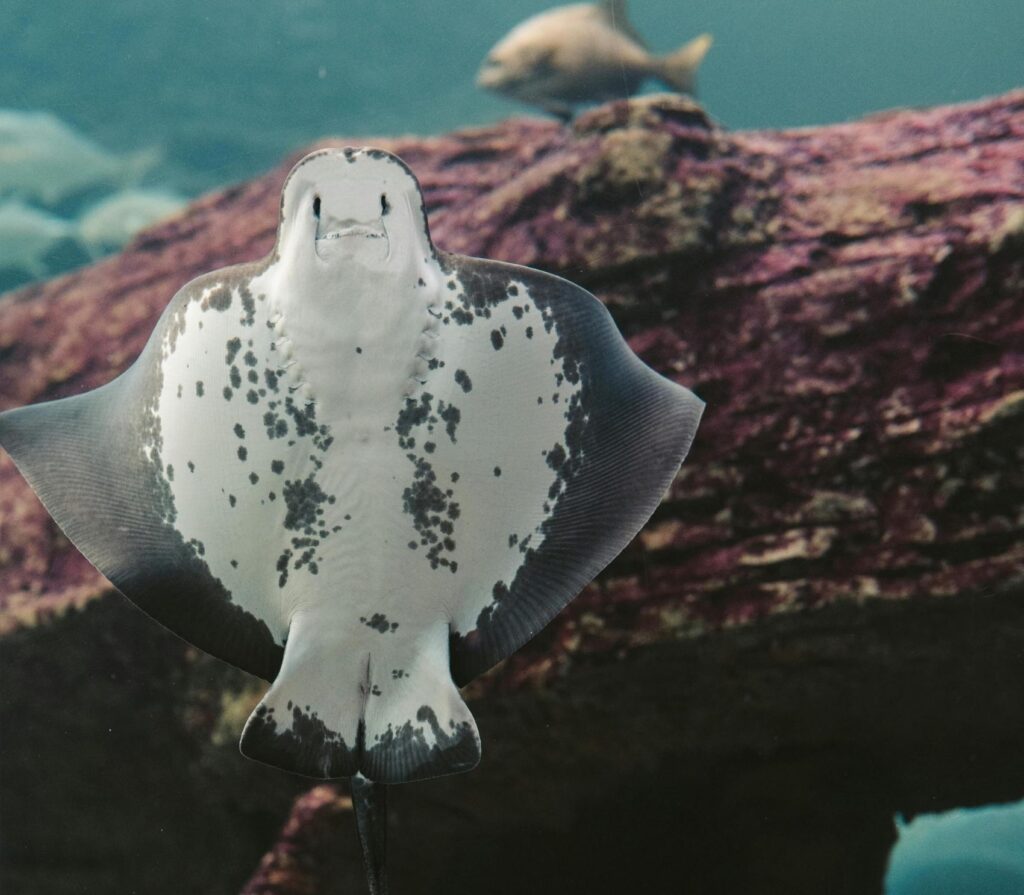
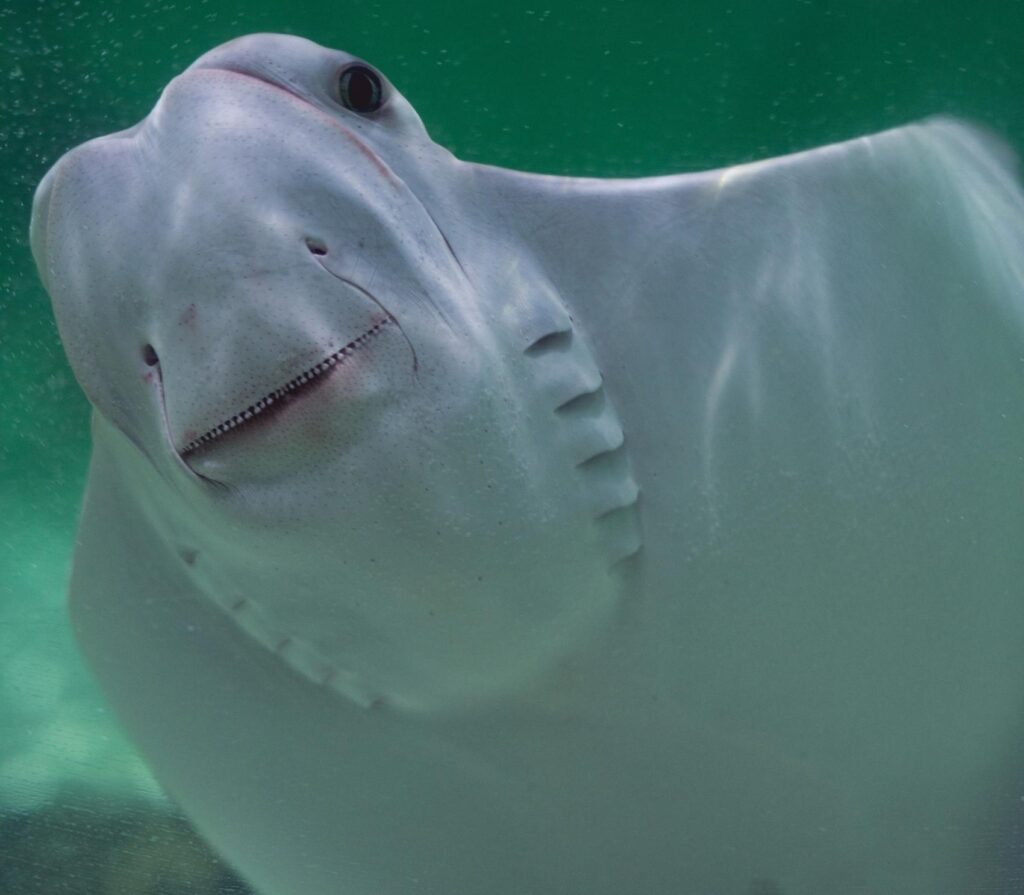
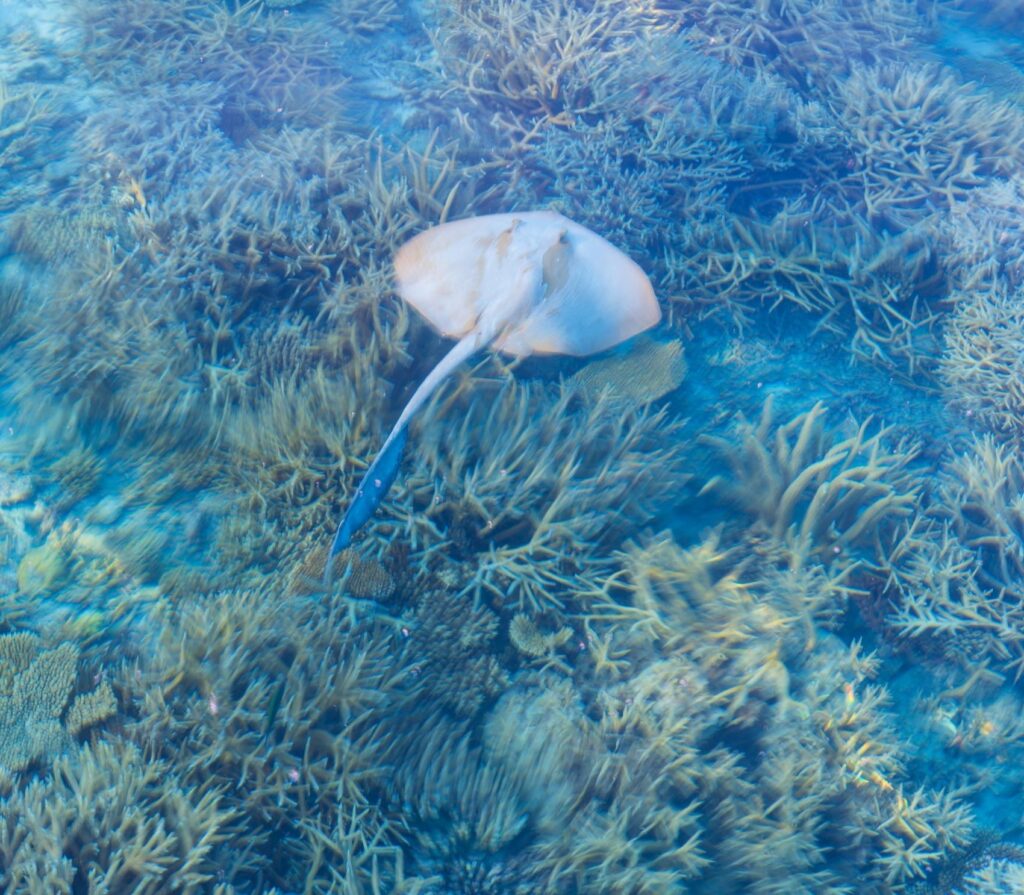

Dive Site
South Kri’s canyon creates amazing sardine tornadoes. Dive with the tide to see sharks and big fish. It’s a challenge for advanced divers.
- Depth: 10-25m
- Drift: Strong
Types of dives:
- Drift
- Reef
- Ocean
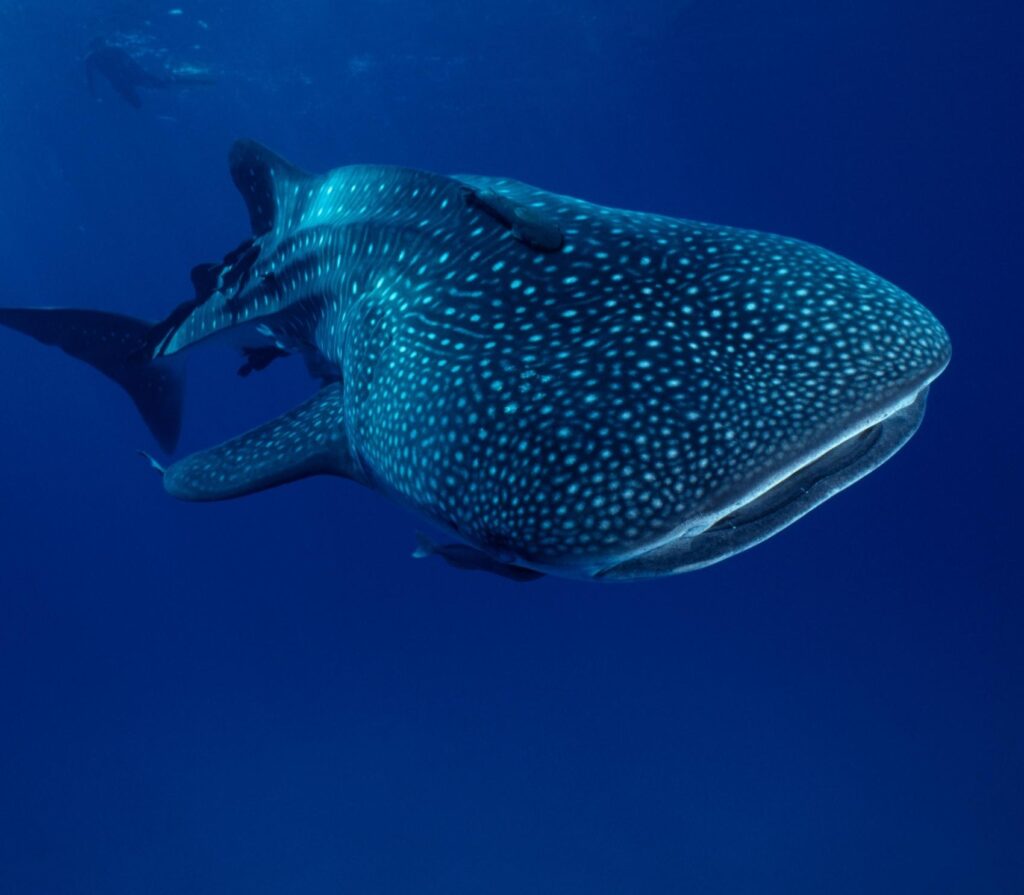
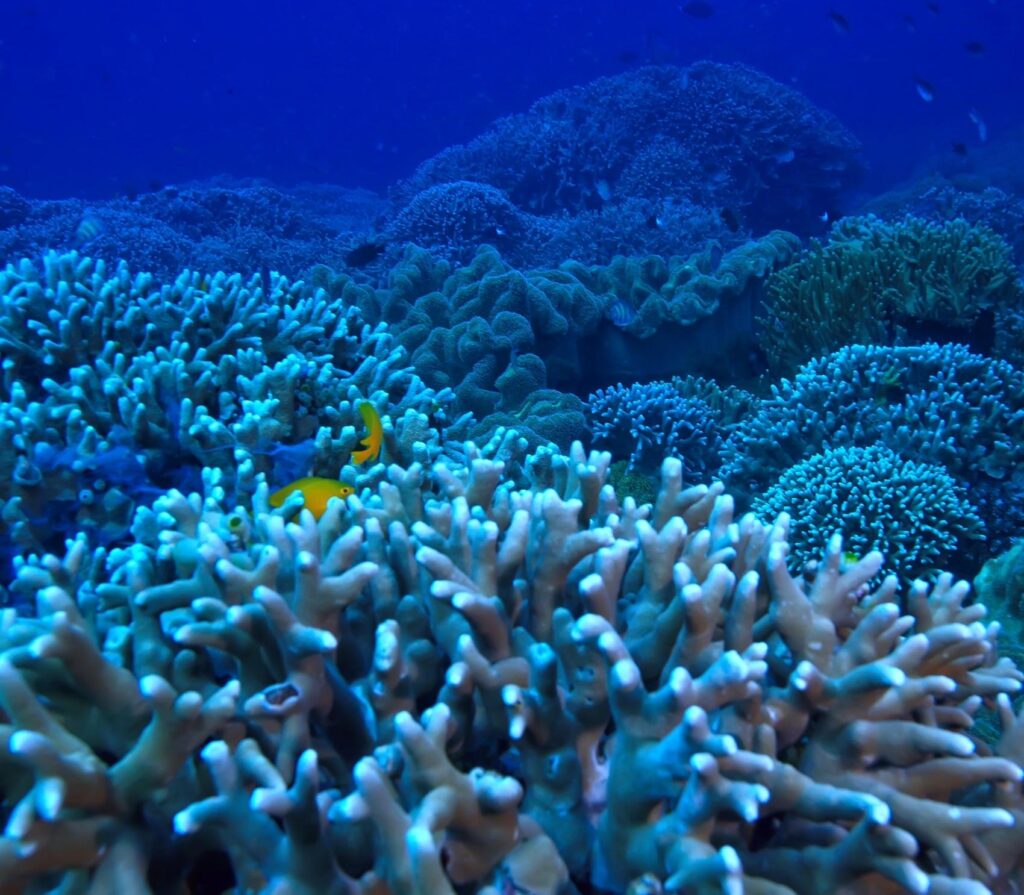
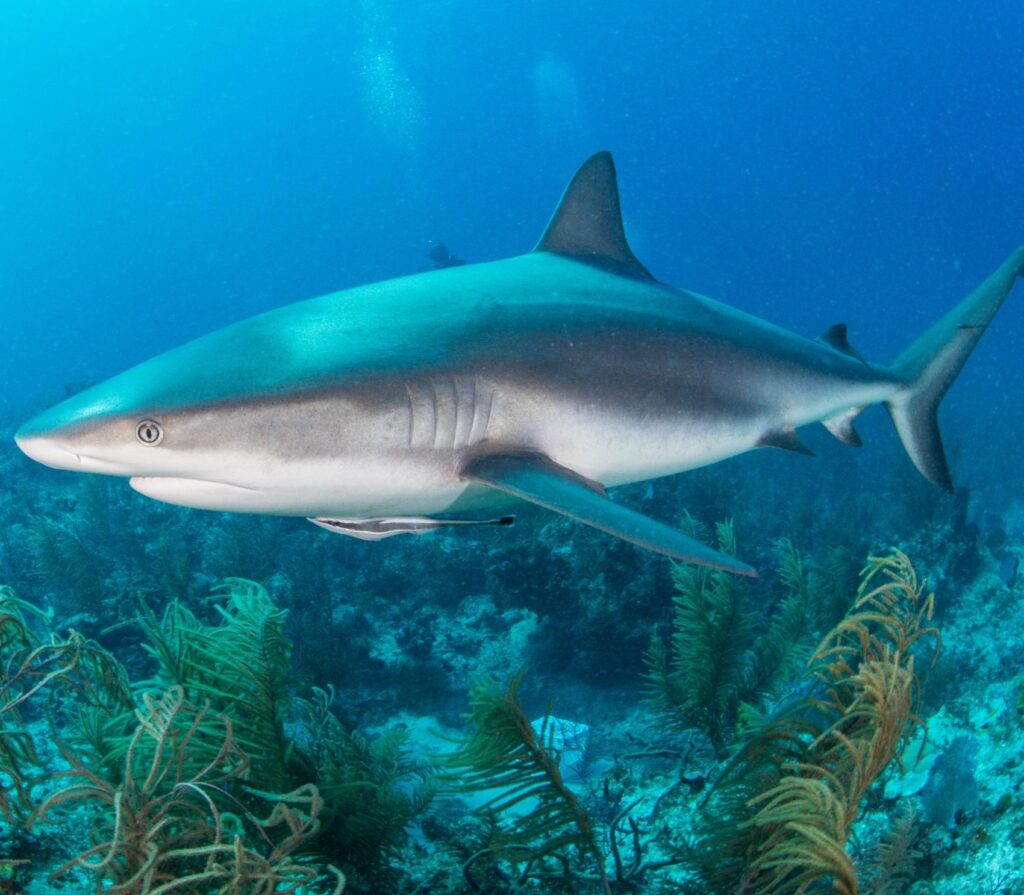
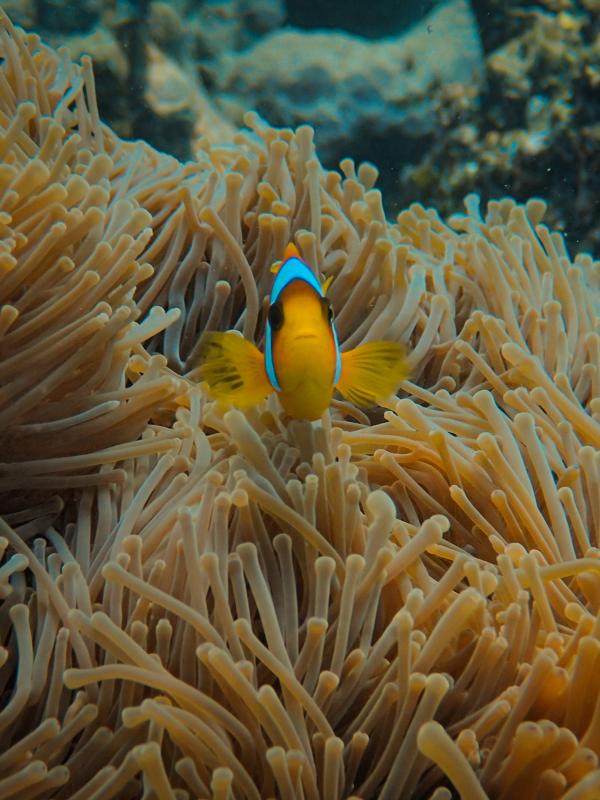
Dive Site
Cape Kri, called Indonesia’s most biodiverse reef by PADI, offers 350+ species, swirling jacks, coral-feeding parrotfish, and neon shallows—all in one unforgettable sensory overload dive.
- Depth: 5-40m
- Marine Life: 350+ species
Types of dives:
- Reef
- Ocean
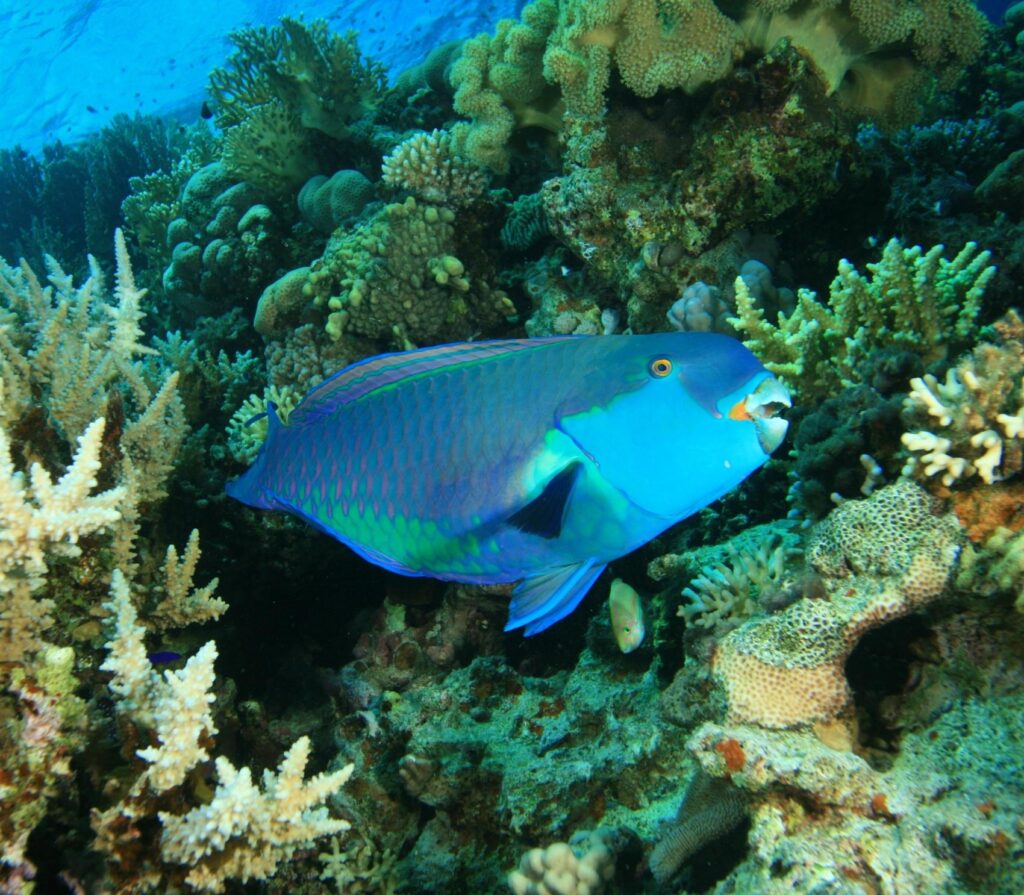
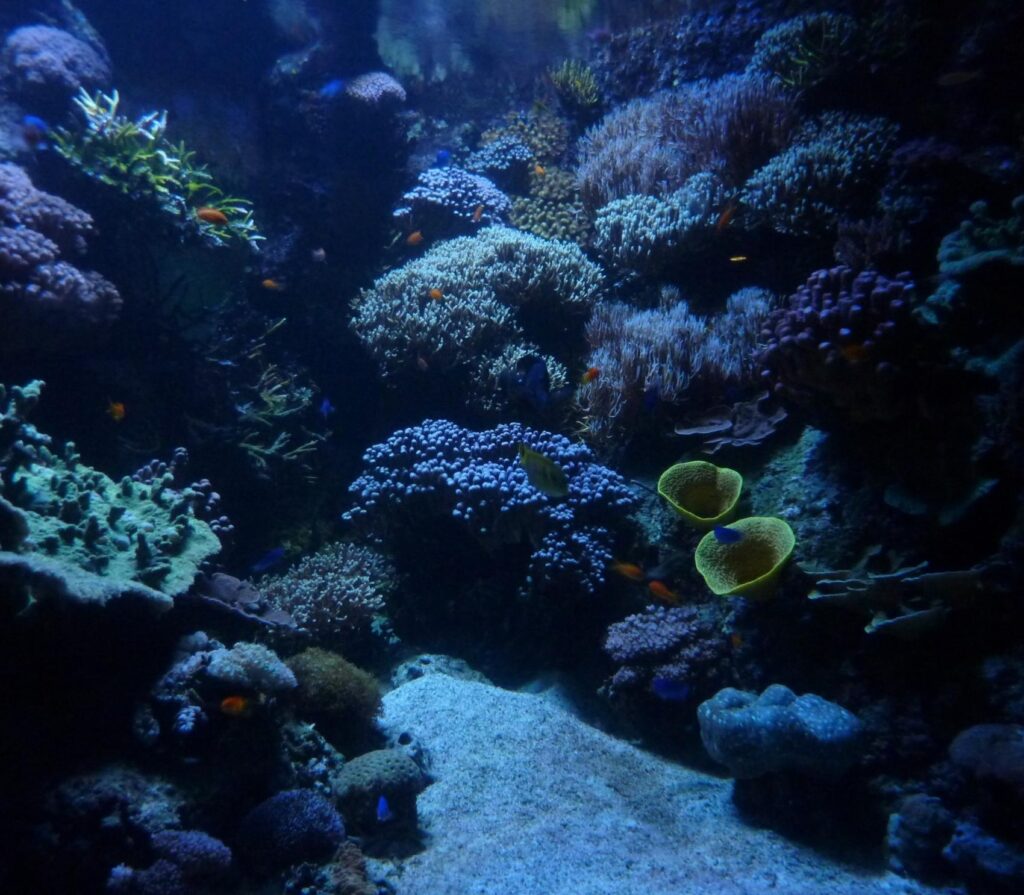
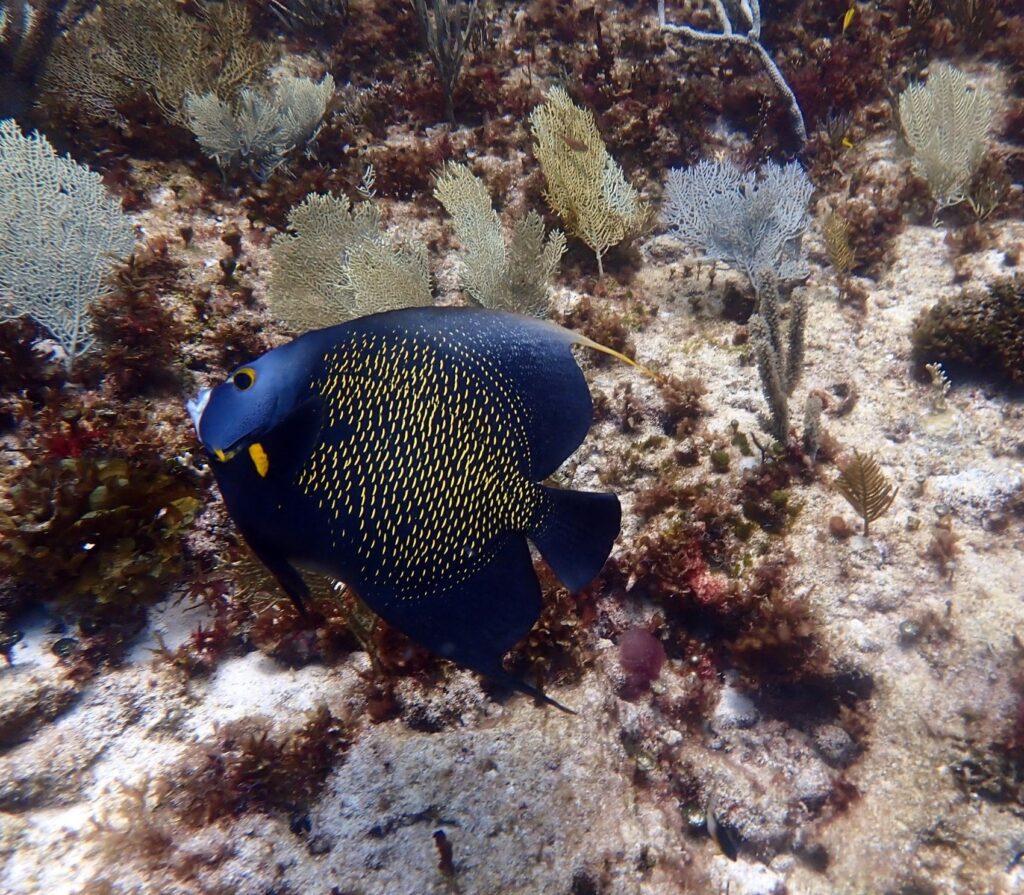
High-adrenaline diving central.
Kri Island is Raja Ampat’s crown jewel, where underwater highways of current bring pelagic giants and reef complexity to life. At Chicken Reef, dive among jagged limestone spires with Napoleon wrasse and 30 m visibility, just be ready for 2–3 knot surges. Blue Magic enchants with manta rays, tuna, and fish tornados. Sardine Reef’s vertical currents lift you past coral skyscrapers and swirling barracuda, offering advanced divers pure, high-adrenaline beauty.
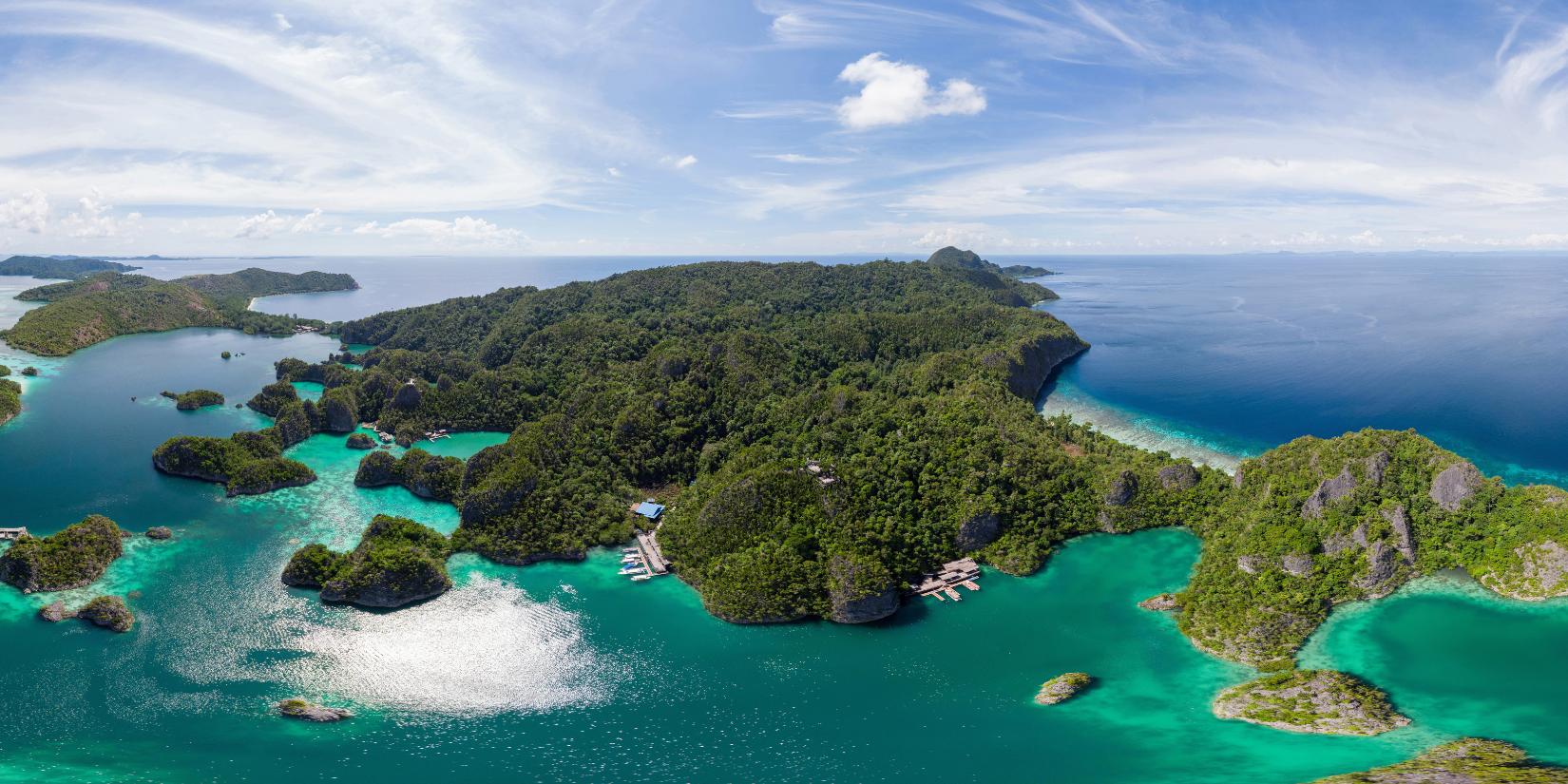

Strong Currents, High Rewards
Chicken Reef, which gets its name from its ragged limestone that resembles chicken combs, is a challenge to divers with strong currents of two to three knots and demands technical accuracy; twin-jet regulators and trim-weighted BCDs are essential. Use reef hooks exclusively on approved granite anchors, stay in the eastern “shadow” during periods of high flow, and keep an eye on depths between 18 and 30 meters. Expect Napoleon wrasse in coral gardens in between current surges, with water temperatures between 28 and 30°C and visibility of at least 30 meters.
Types of dives:
- Reef
- Ocean
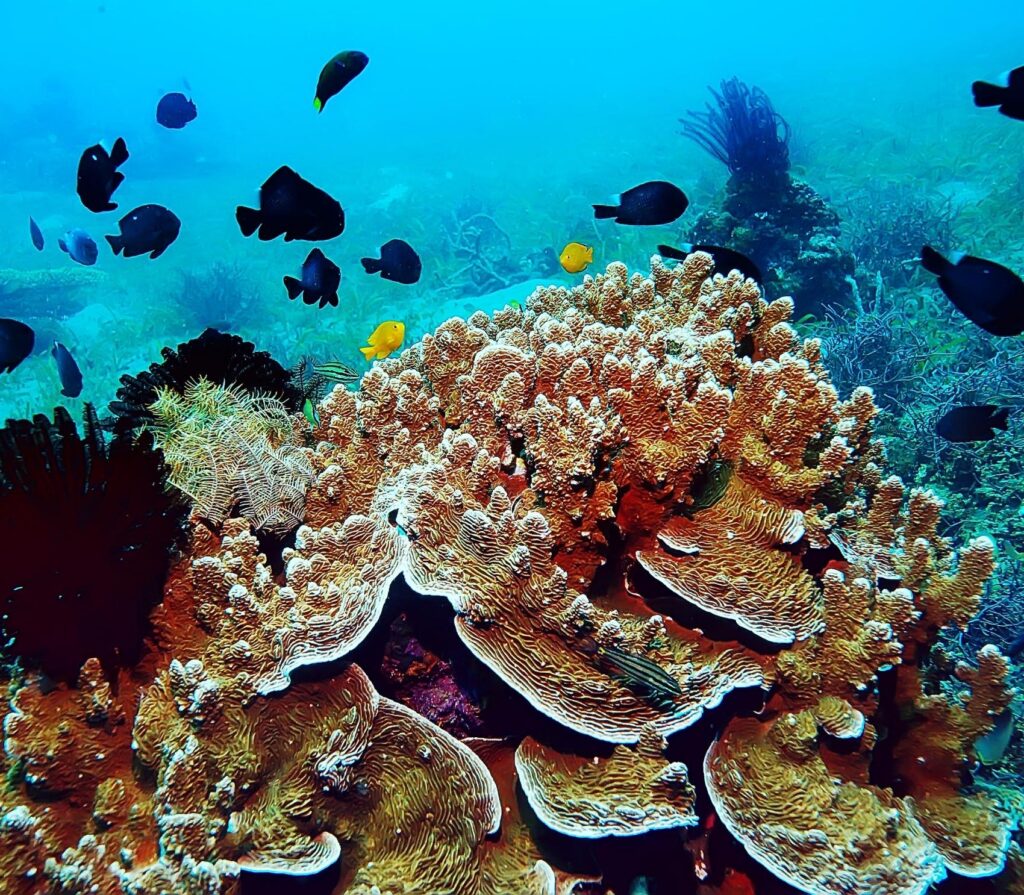
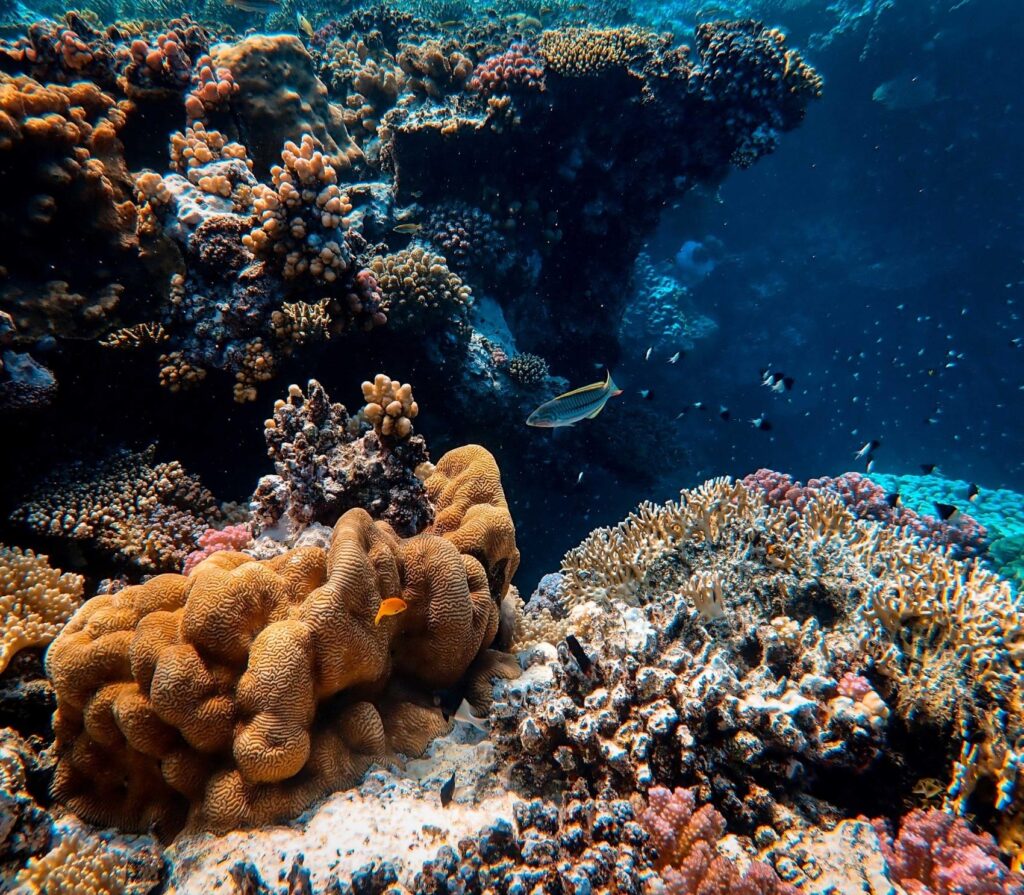
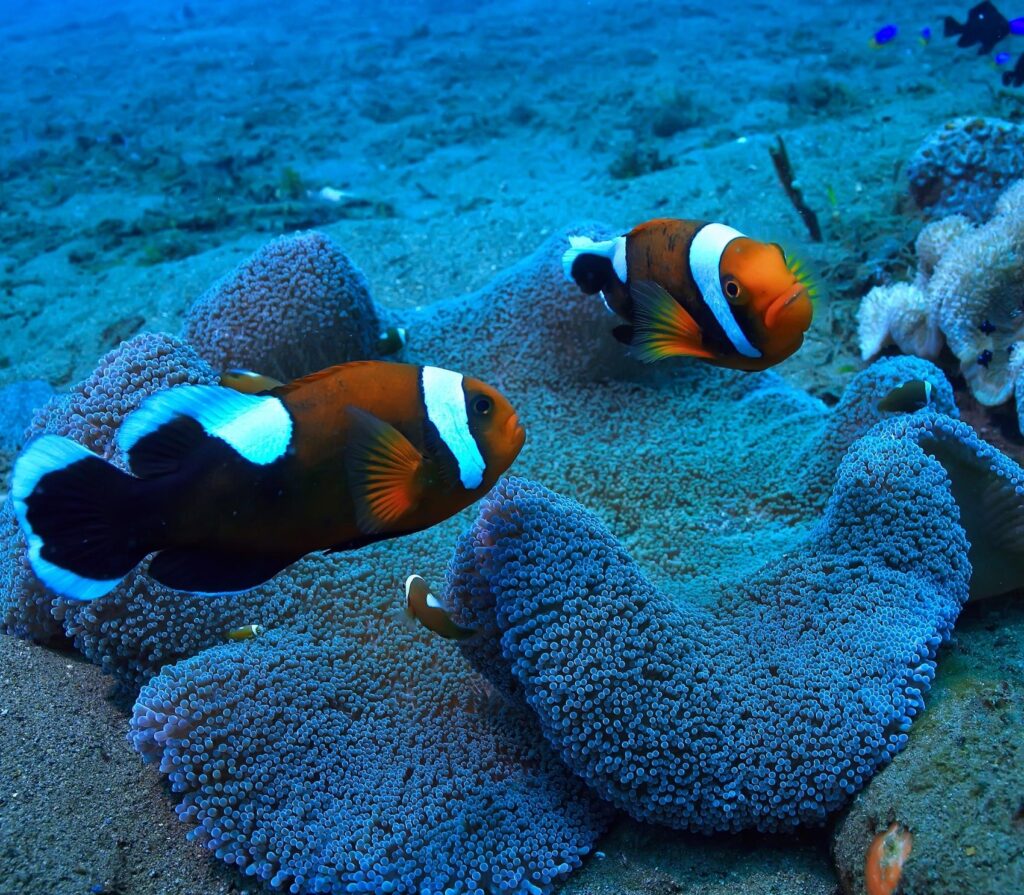
Mantas, Thermoclines, and Tornados
Alfred manta rays with 4-meter wingspans glide over swarms of fusiliers at this underwater pinnacle, which captivates at 25 meters. Dogtooth tuna are drawn to 18-meter thermoclines, and pygmy seahorses are concealed by overhangs. Fish tornadoes form in mid-water during tidal shifts. To see the pelagic spectacle without having to contend with powerful crosscurrents, dive during slack tide for the finest experience.
Types of dives:
- Reef
- Ocean

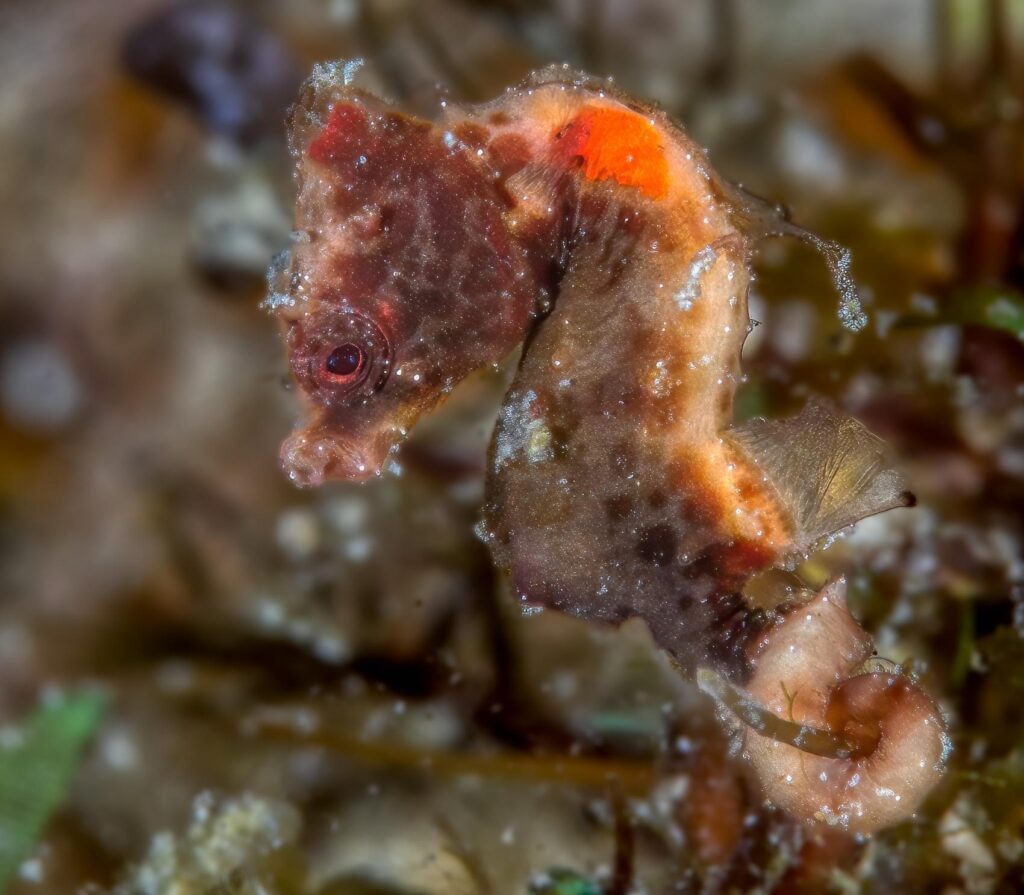
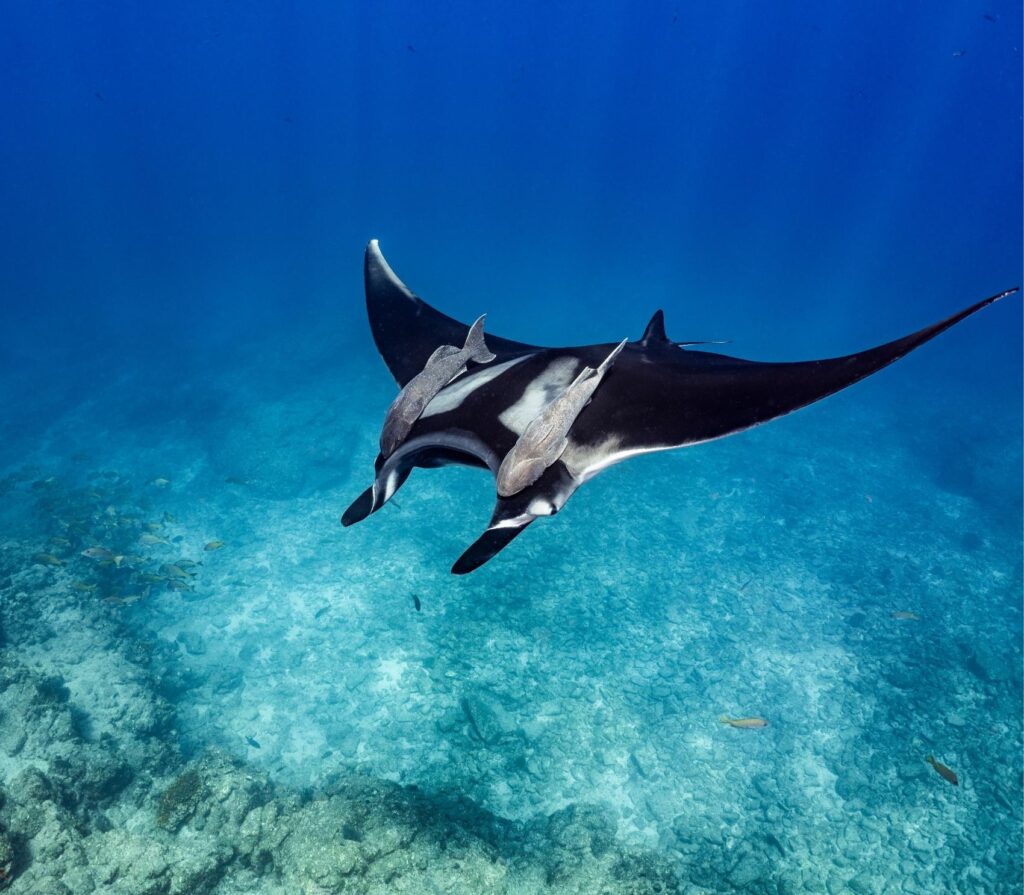
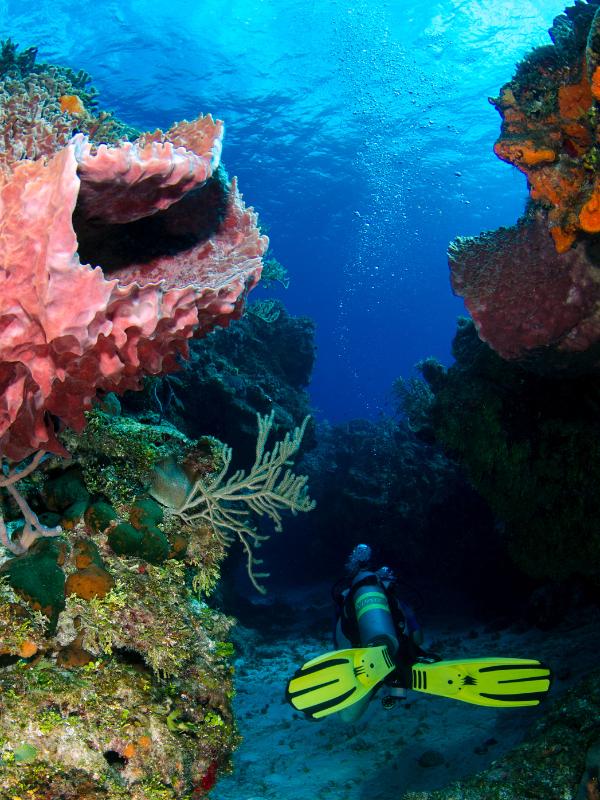
Natural Ascent Through the Reef
The unique upward-flowing currents that create a natural elevator from 30 meters to shallow plateaus are what make this place so magical. Schools of barracuda swirl in glittering vortices as you ascend, surrounded by coral bommies that resemble underwater buildings. Near the deep wall, experienced divers may be able to observe elusive hammerheads. Every ascension feels like a slow-motion fly through a living reef due to the distinctive current pattern.
Types of dives:
- Reef
- Ocean
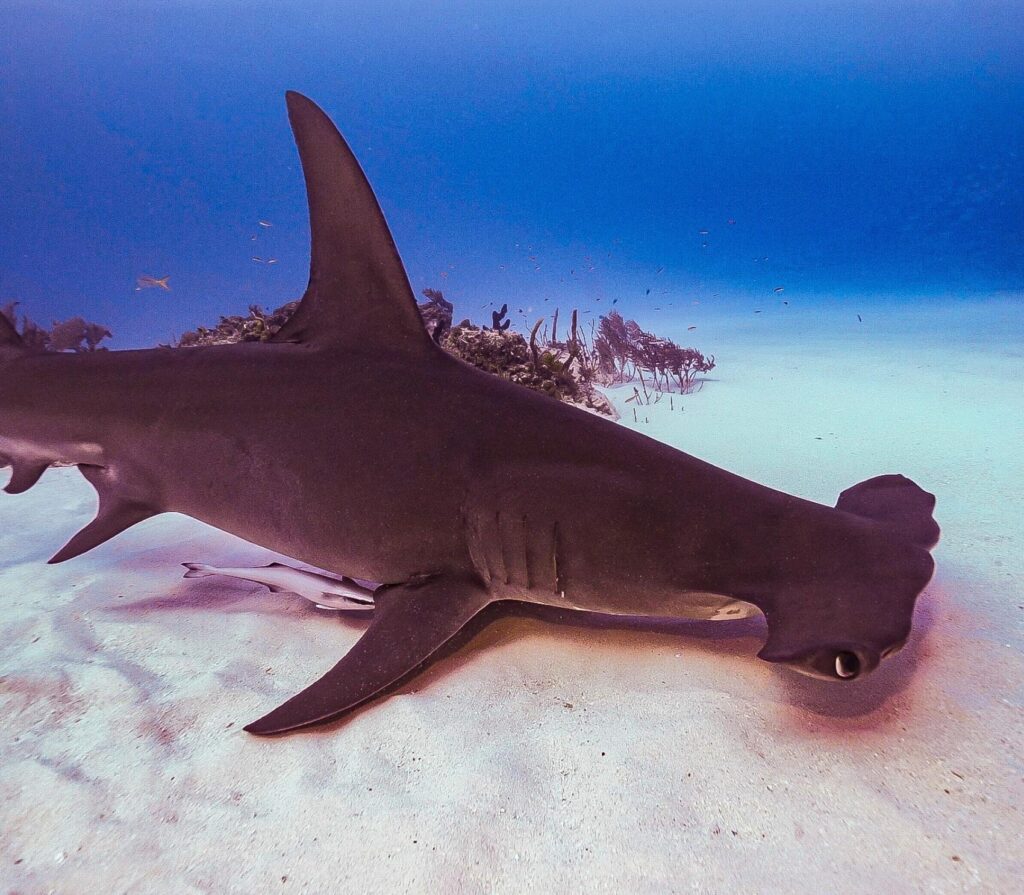
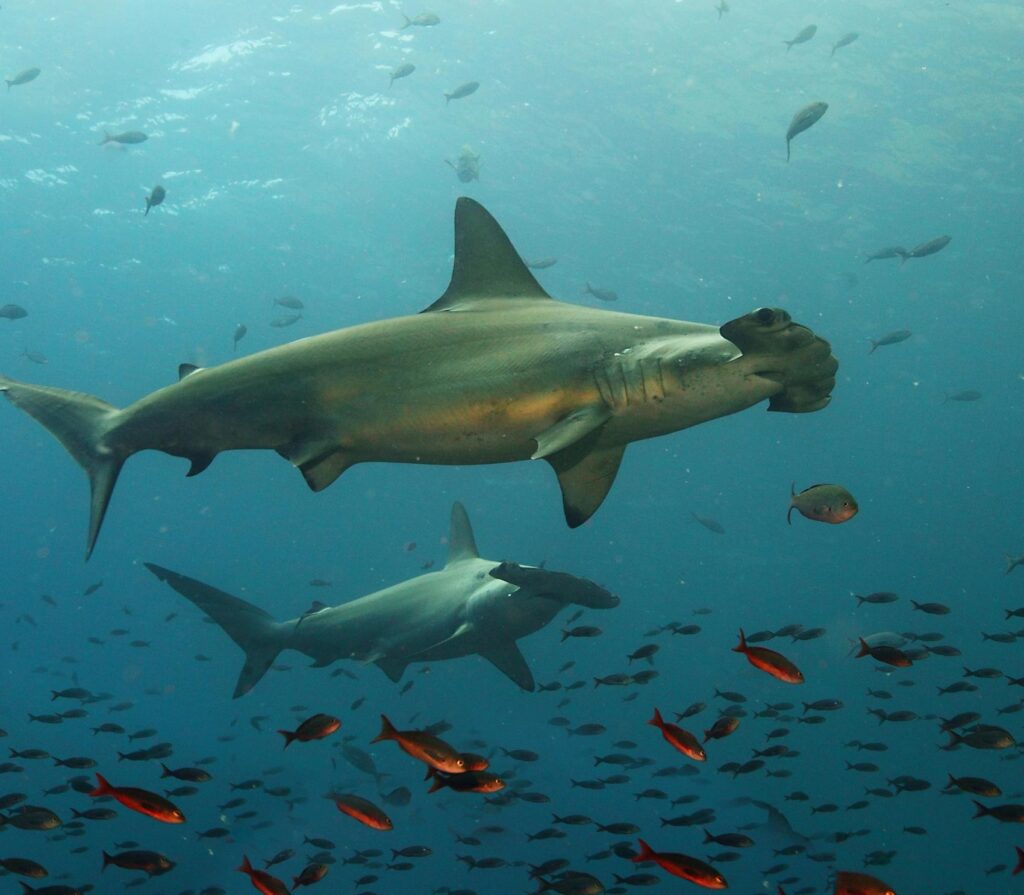
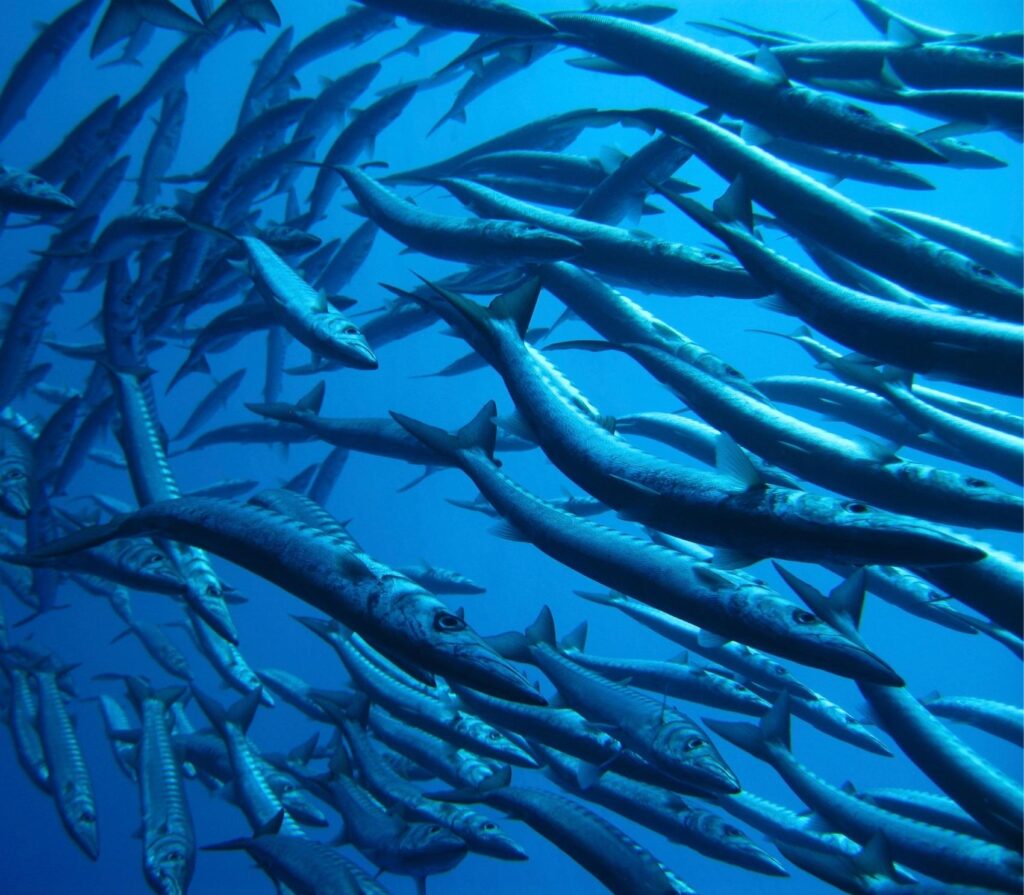

Experience every kind of dive
Gam is the heart of Raja Ampat’s diving excitement. Here, fast currents flow through underwater canyons. This makes it a perfect spot for skilled divers looking for a challenge. It requires careful control and awareness. But the rewards are worth it. You’ll see untouched coral and rare sea creatures.
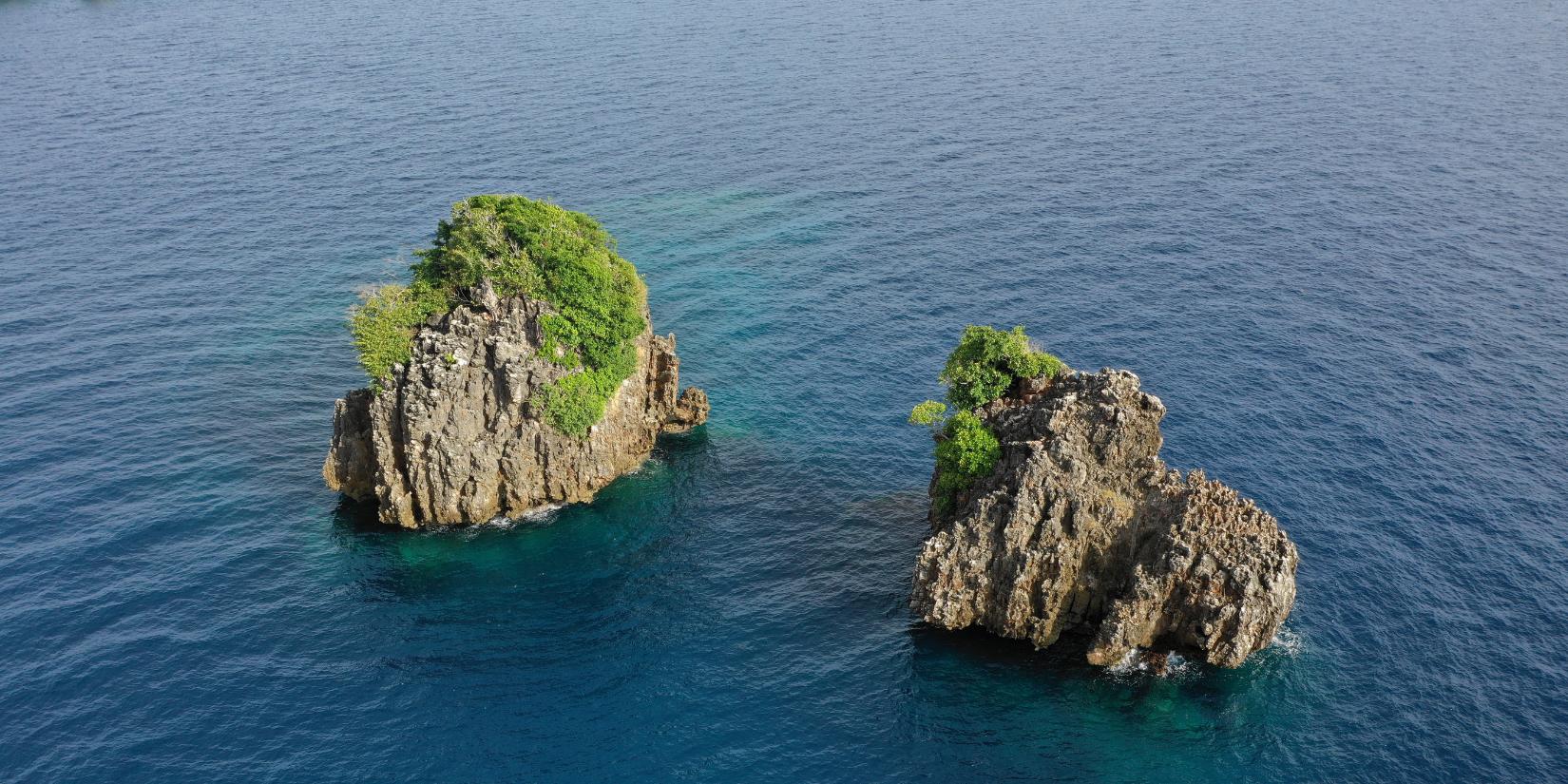
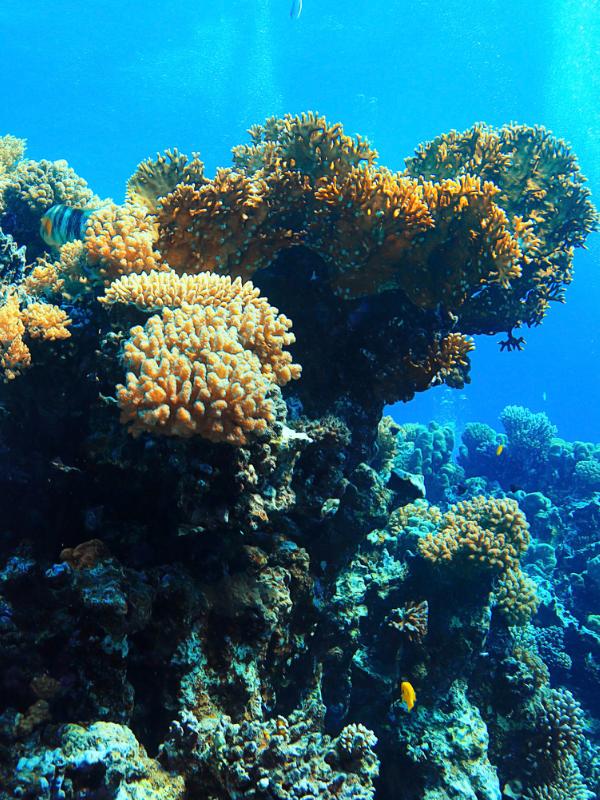
Dive Site
Nicknamed “The Thermocline Arena,” Mike’s Point offers a dramatic dive with vertical walls over 40 meters, sudden temperature drops, and swirling currents that meet at 18m. Divers may encounter barracudas, eagle rays, and occasional mantas. The key is mastering the current intersections and using reef shadows for shelter. Clear waters and skilled guides make it ideal for strategic dives, especially during slack tide.
Types of dives:
- Reef
- Ocean
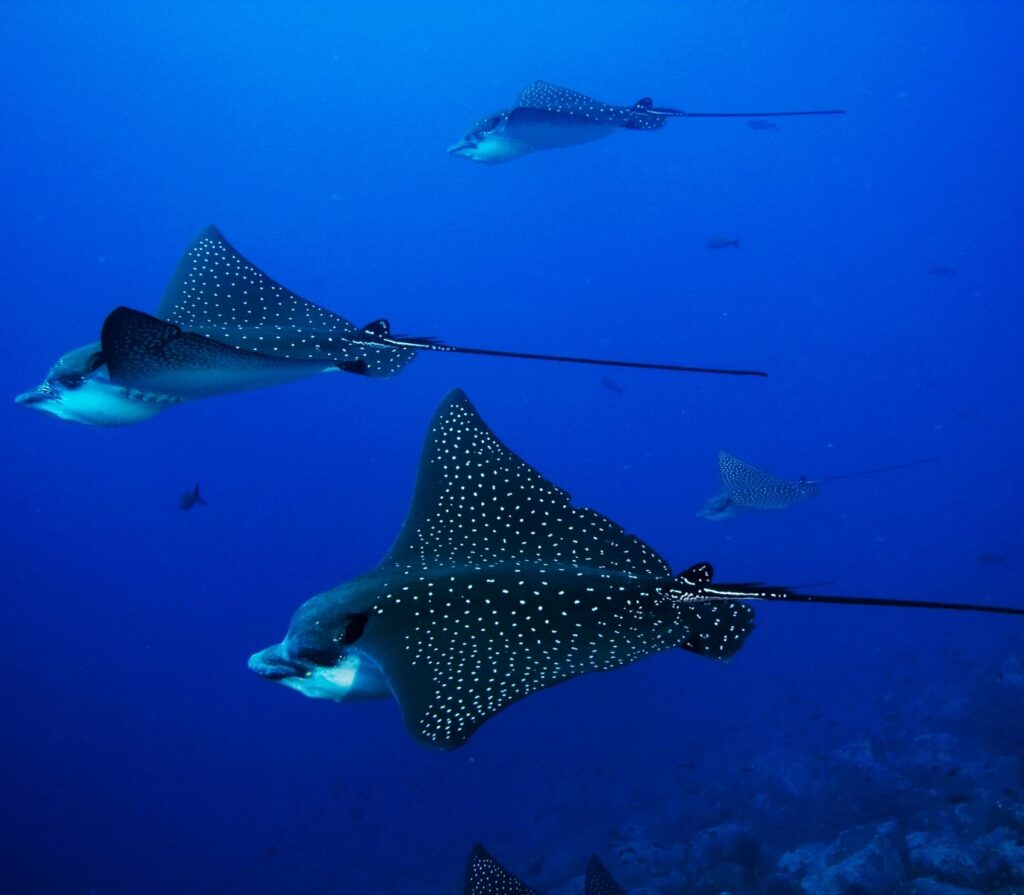
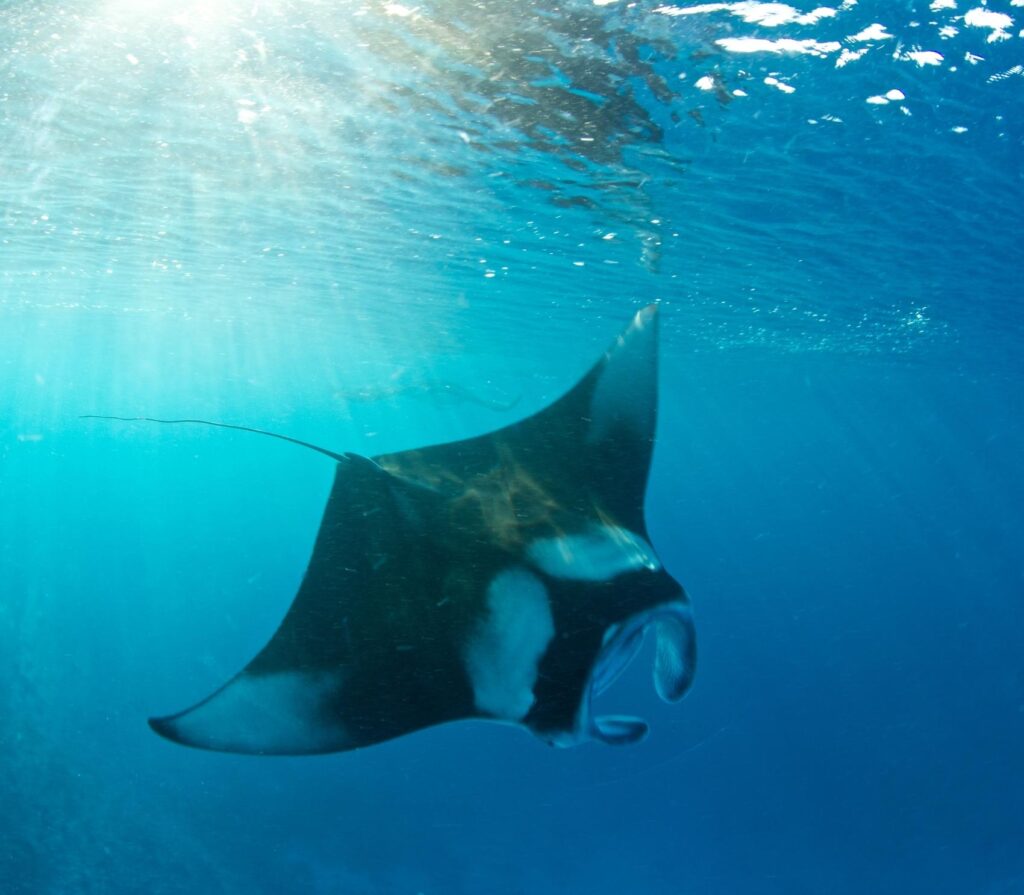
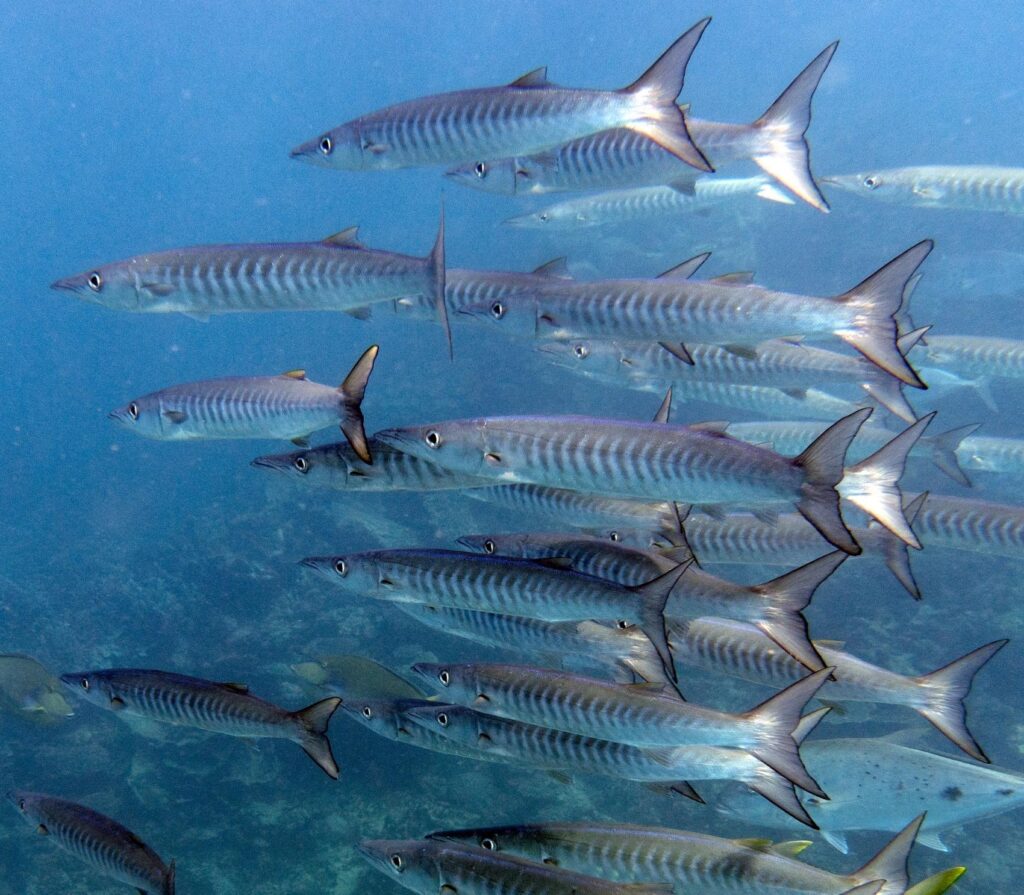
Geology and diving meet.
Friwinbonda in northern Raja Ampat is like diving into a living geology book, with Friwen Wall as its crown jewel. This limestone cliff plunges 30+ meters into cobalt-blue depths, featuring overhangs packed with glassfish and neon-painted sponges. At 18 m, a sharp thermocline reveals cooler, clearer waters rich in deepwater species. With candy crabs, wobbegong sharks, and halocline illusions, Friwen Wall turns every dive into a surreal descent through time.

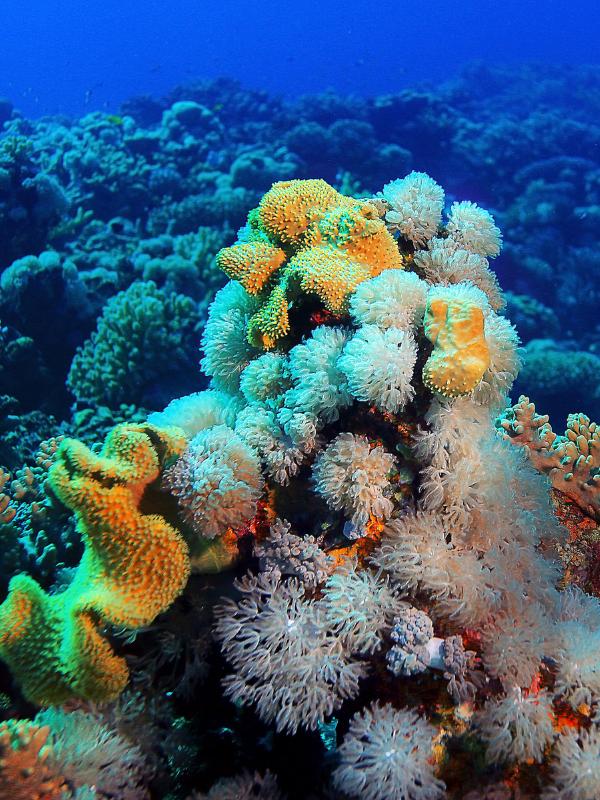
Dive Site
With its cenote-like limestone cliffs, spectacular drops over 30 meters, and colorful sponges illuminating the stone, Friwen Wall provides a fantastic diving experience. Glassfish hover behind overhangs, and a halocline effect is revealed by the abrupt temperature shift caused by thermoclines at 18 meters. Here, divers can see wobbegongs and candy crabs. Prepare your torch and equalize early because the temperature and marine life in this vertical environment are unpredictable.
Types of dives:
- Ocean
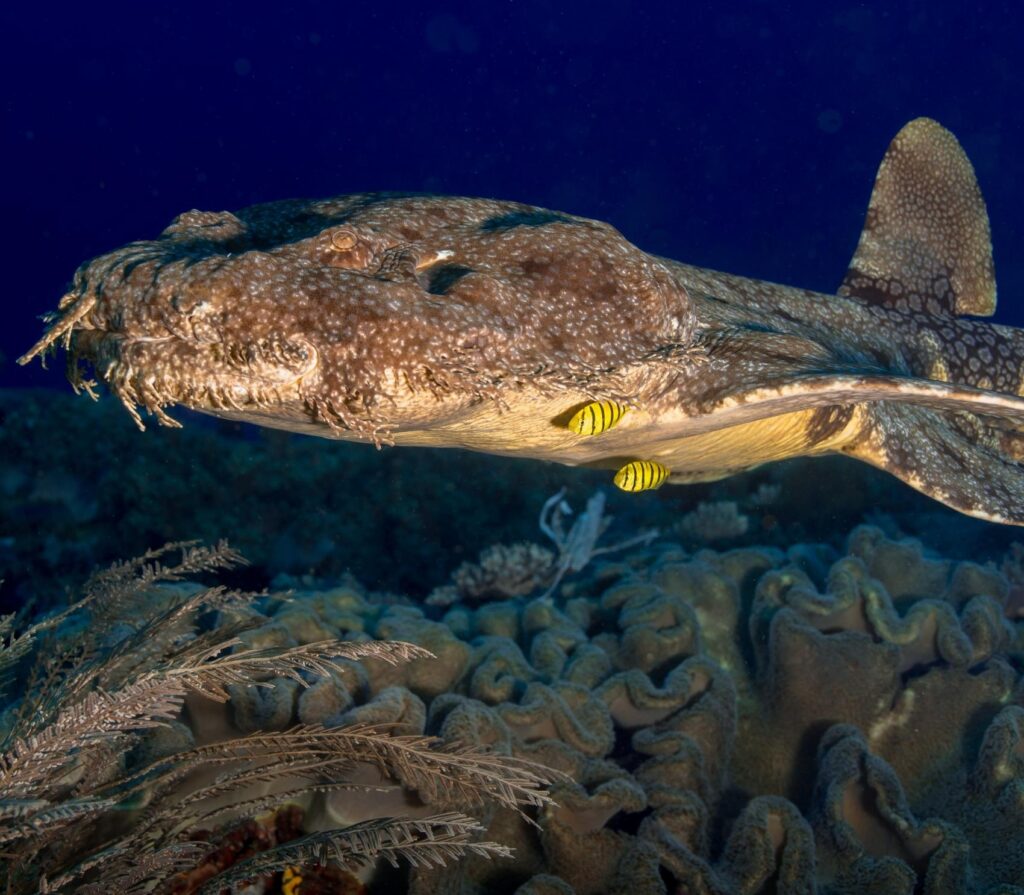


Where coral recovery comes alive.
Yenbeser is Raja Ampat’s hidden gem, where conservation and adventure meet beneath the waves. At Batu Lima, over 1,200 coral fragments have been planted since 2020, creating a thriving reef with giant clams, pygmy seahorses, and 280+ fish species per dive. Join “Adopt-a-Coral” programs between dives and be part of reef recovery. With limestone pinnacles, clear waters, and eco-guided dives, Batu Lima proves that restoration can be breathtaking.
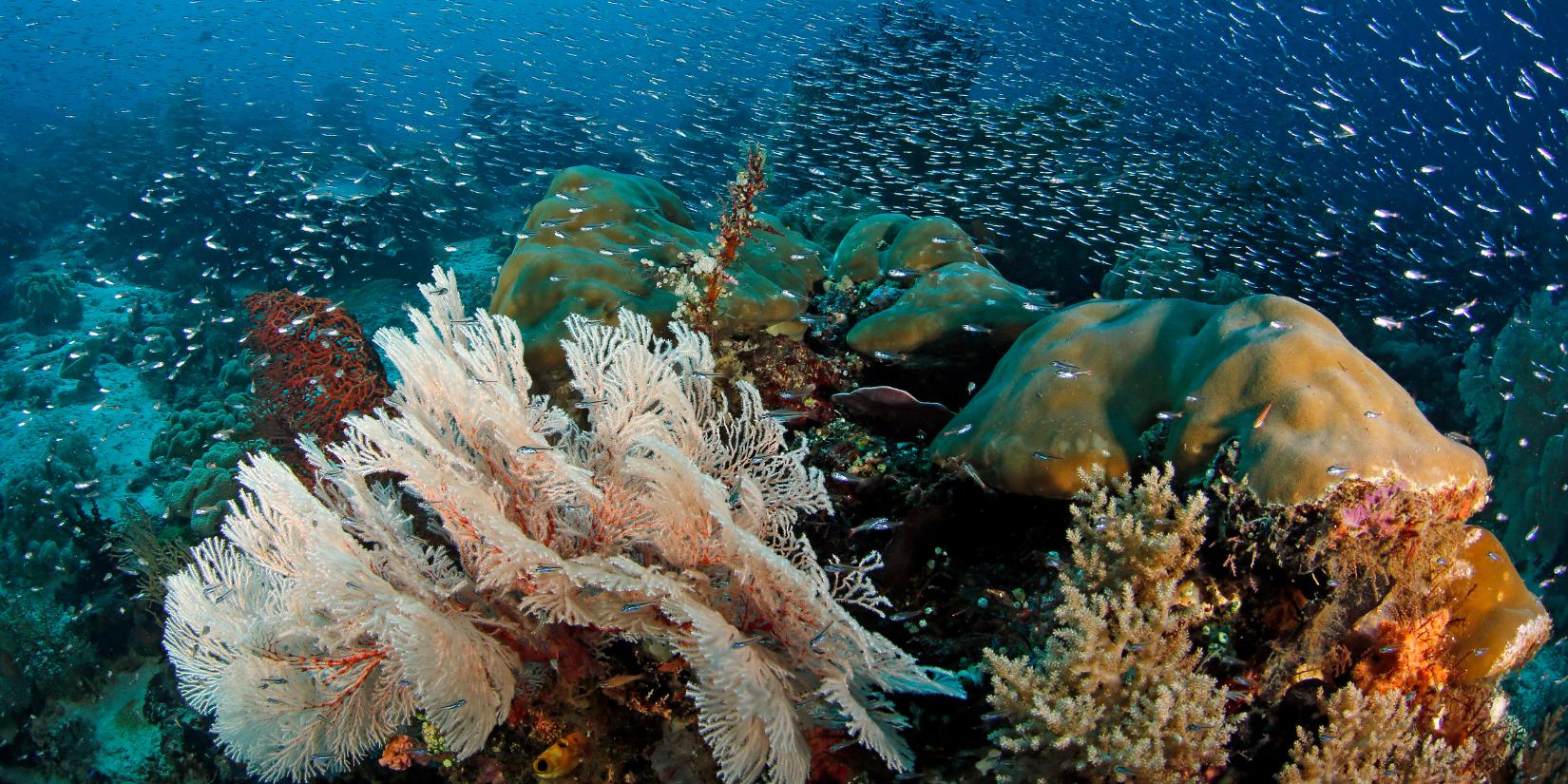
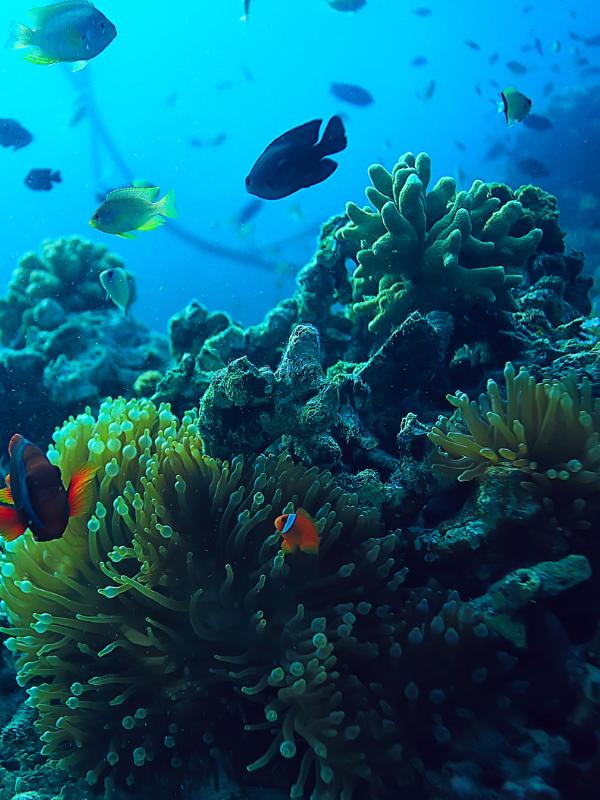
Dive Site
Batu Lima blends vibrant diving with hands-on conservation. Since 2020, over 1,200 coral fragments have been planted here, boosting coral coverage to 65%. Divers encounter giant clams, pygmy seahorses, and 280+ fish species per dive. Join “Adopt-a-Coral” programs during surface intervals and help reefs grow. Plan for slack tide to explore limestone pinnacles and spot wobbegong sharks. Use reef-safe sunscreen and stay neutral to protect the reef.
Types of dives:
- Reef

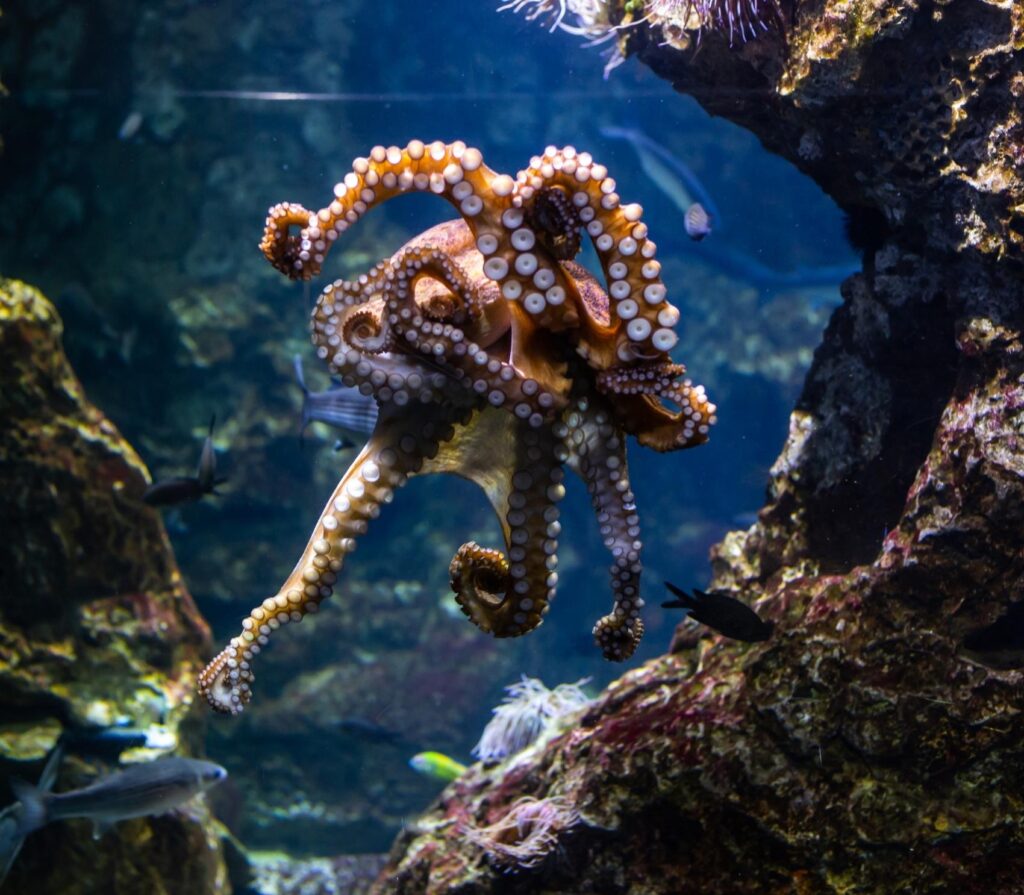
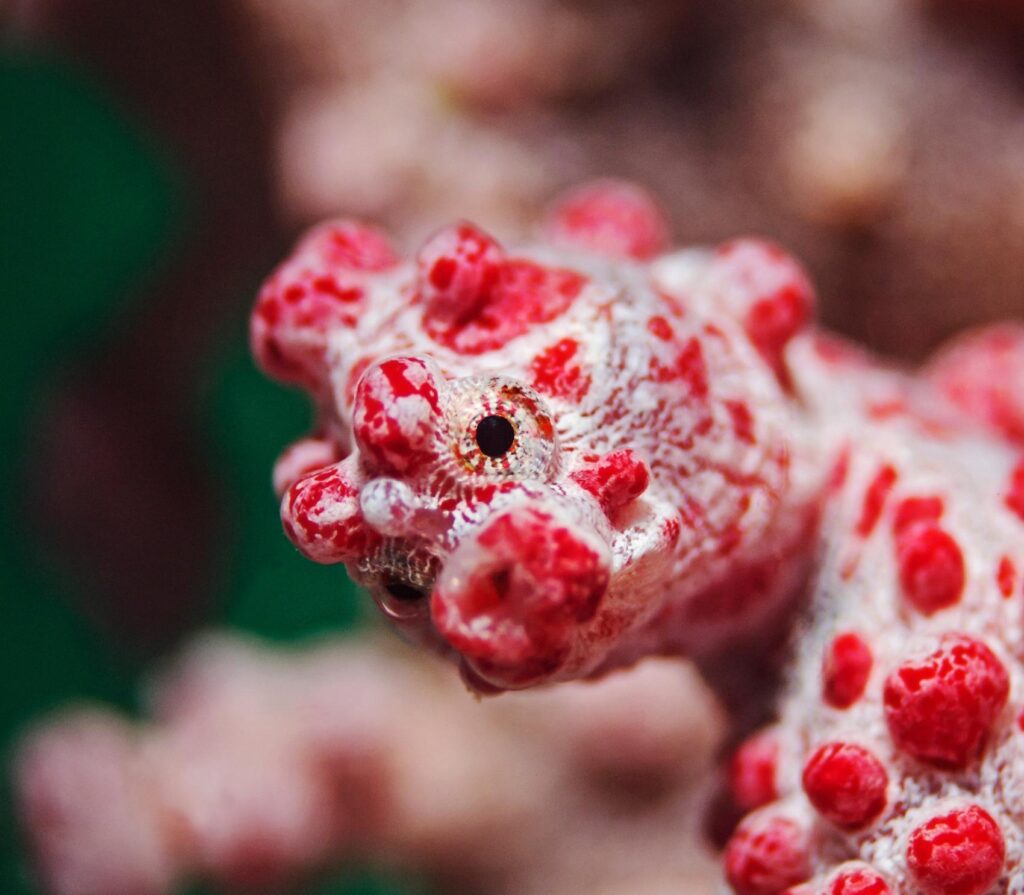
Experience every kind of dive
Bat is Raja Ampat’s hidden gem, offering a rich mix of gentle reefs and adrenaline-pumping currents. Start at Sauwandarek Village Pier and dive into Lau Lau Reef’s 3–25 m slope, home to wobbegong sharks, anthias, and glowing Mandarin fish at night. For thrill-seekers, Mioskon’s strong currents sweep you past trevallies, tuna, and barracuda in what locals call “fish soup.” From calm mornings to wild afternoons, Bat delivers world-class diving variety.
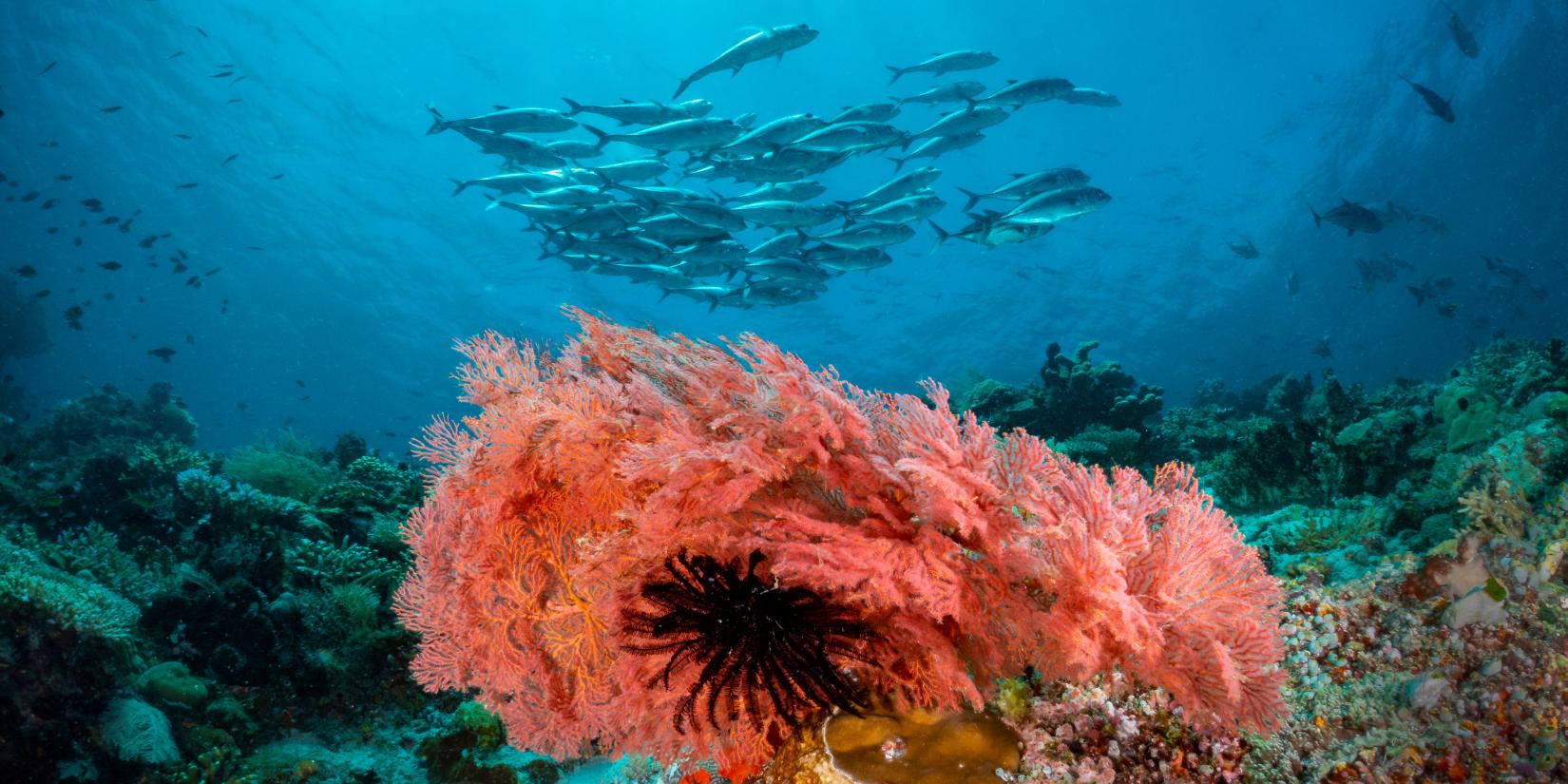
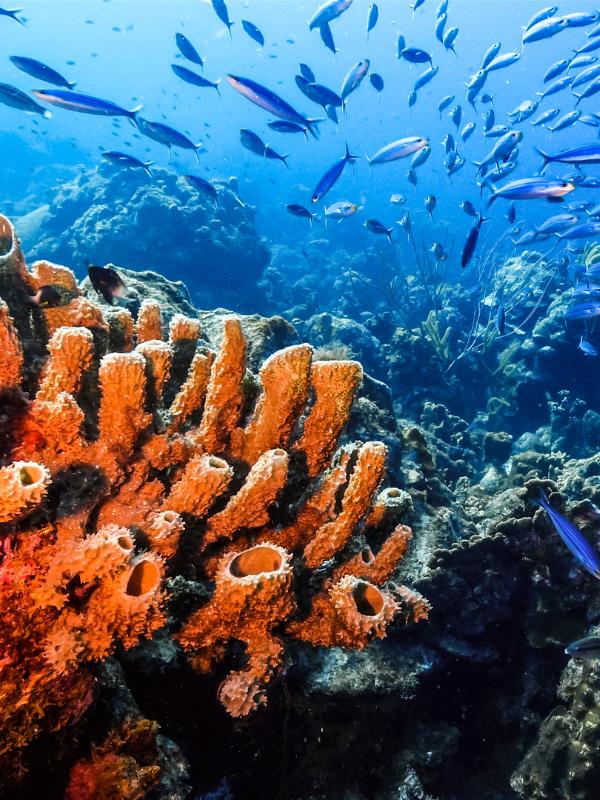
Dive Site
Lau Lau Reef slopes from 3 to 25 meters, making it Bat’s underwater nursery. You’ll see wobbegong sharks hiding in coral rubble and schools of colorful anthias dancing around you. Night dives are special, with Mandarin fish performing their electric-blue courtship dances.
Types of dives:
- Reef
- Ocean
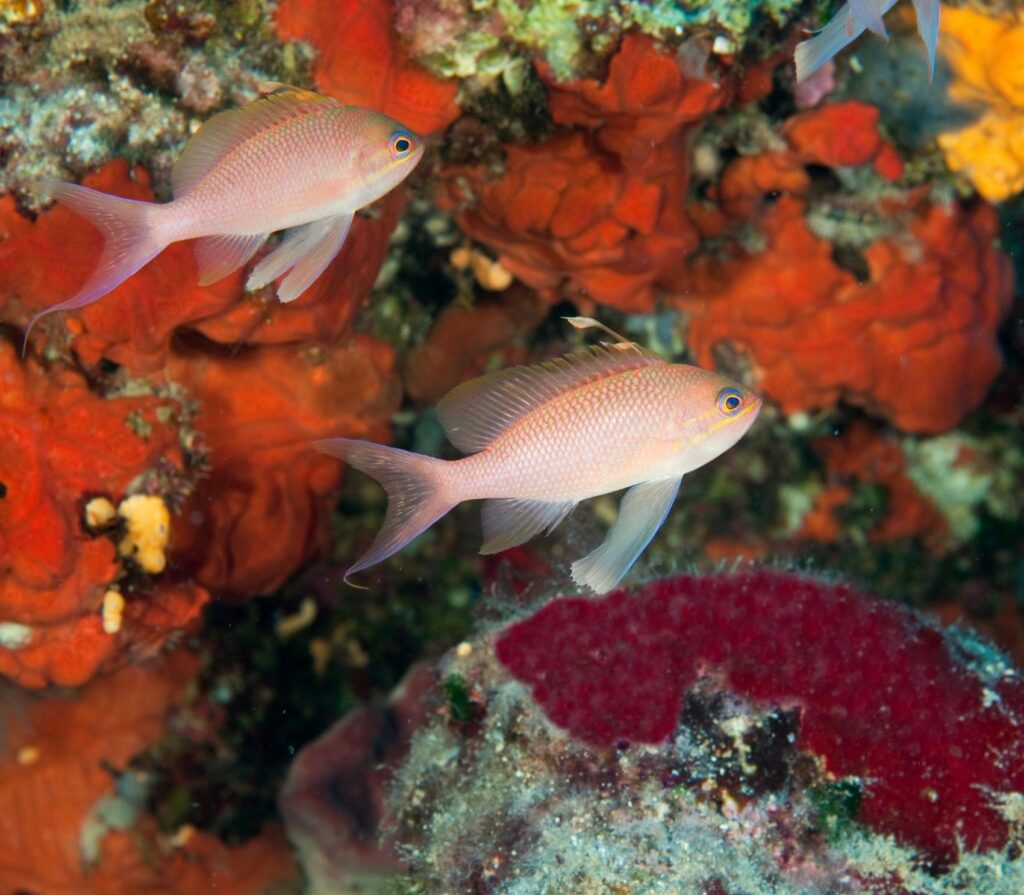
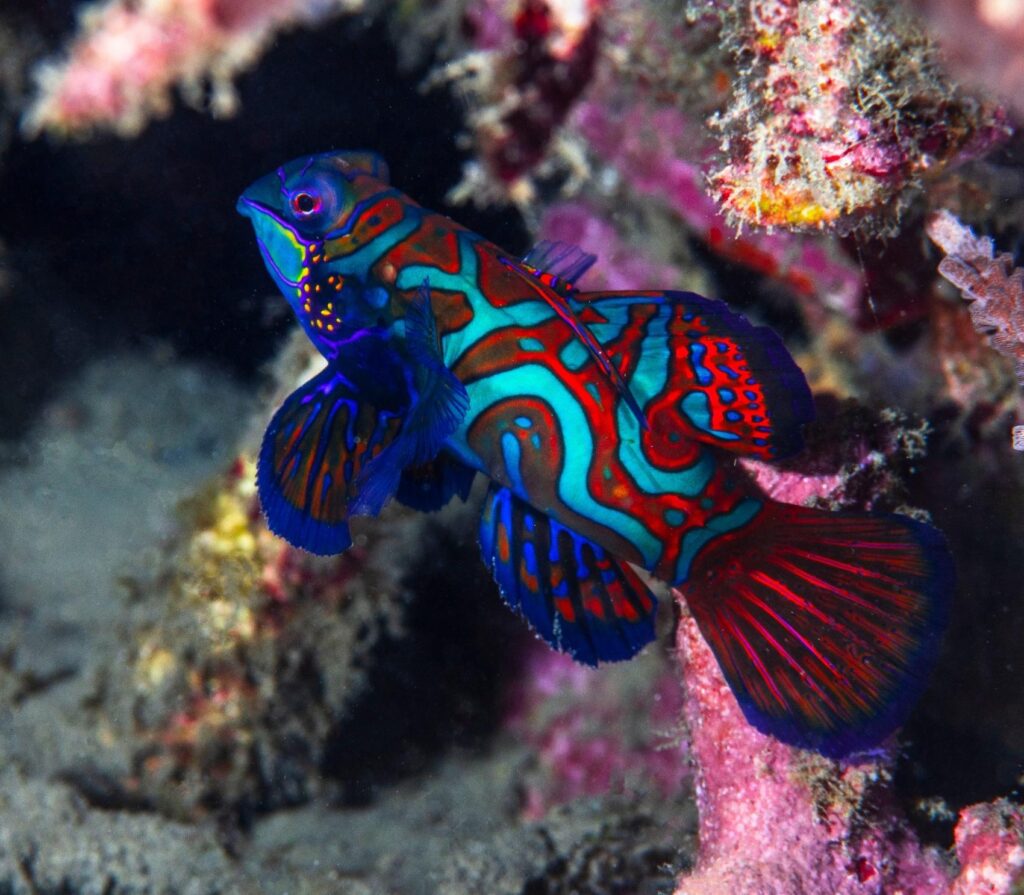
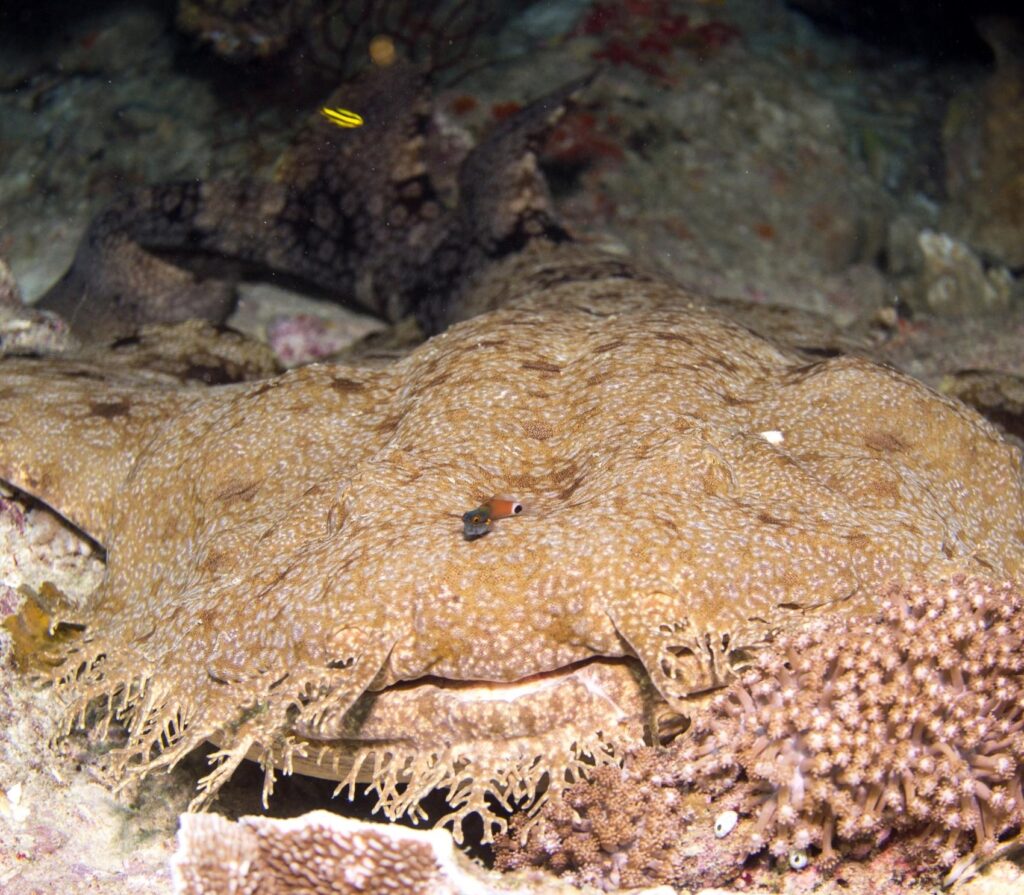
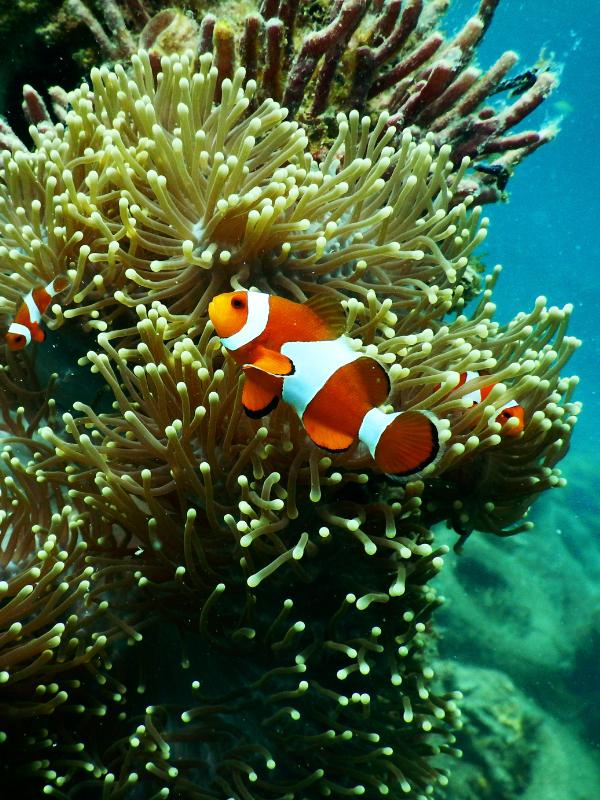
Dive Site
Mioskon is where the currents get strong, flowing between limestone islets. Dive with the tide to ride the currents past giant trevallies and dogtooth tuna. Local guides call it “fish soup” because of the barracuda that surround you. The best time to dive is from October to April. This is when manta rays come, and the water is clear. Morning dives at Lau Lau are perfect for photos, while Mioskon’s afternoons offer exciting currents. Bat shows that Raja Ampat’s dive sites are truly world-class.
Types of dives:
- Reef
- Ocean
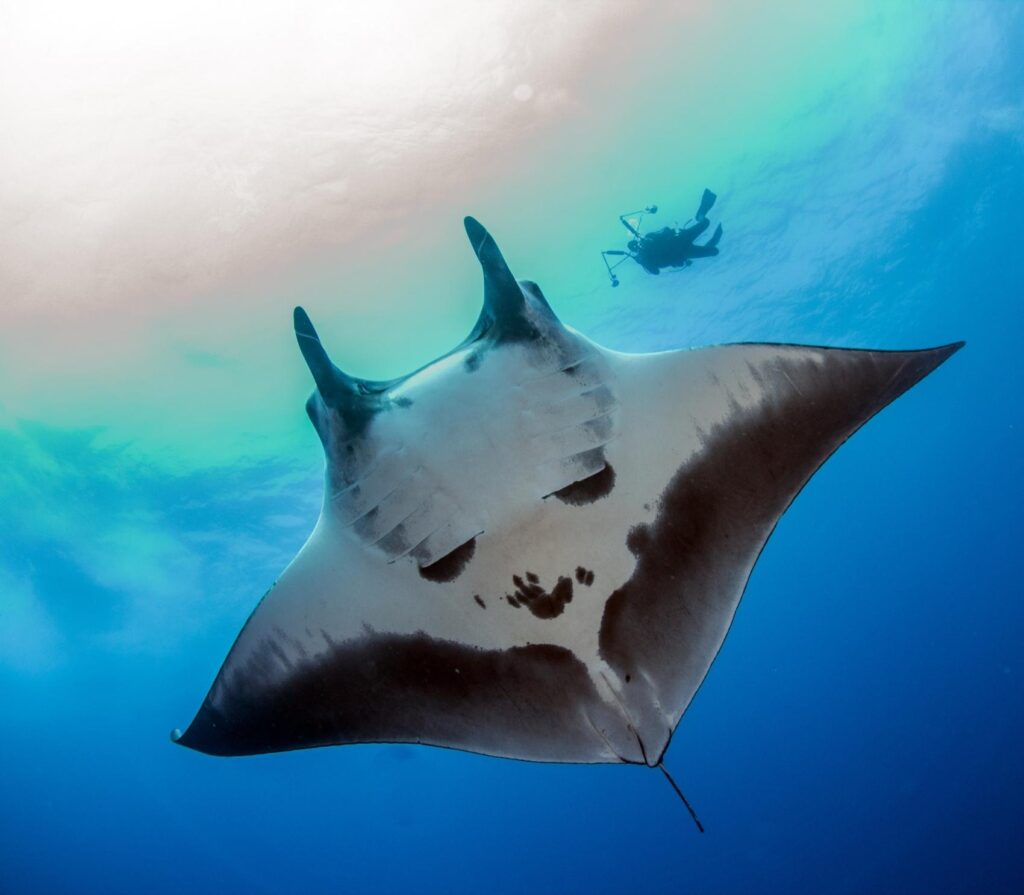

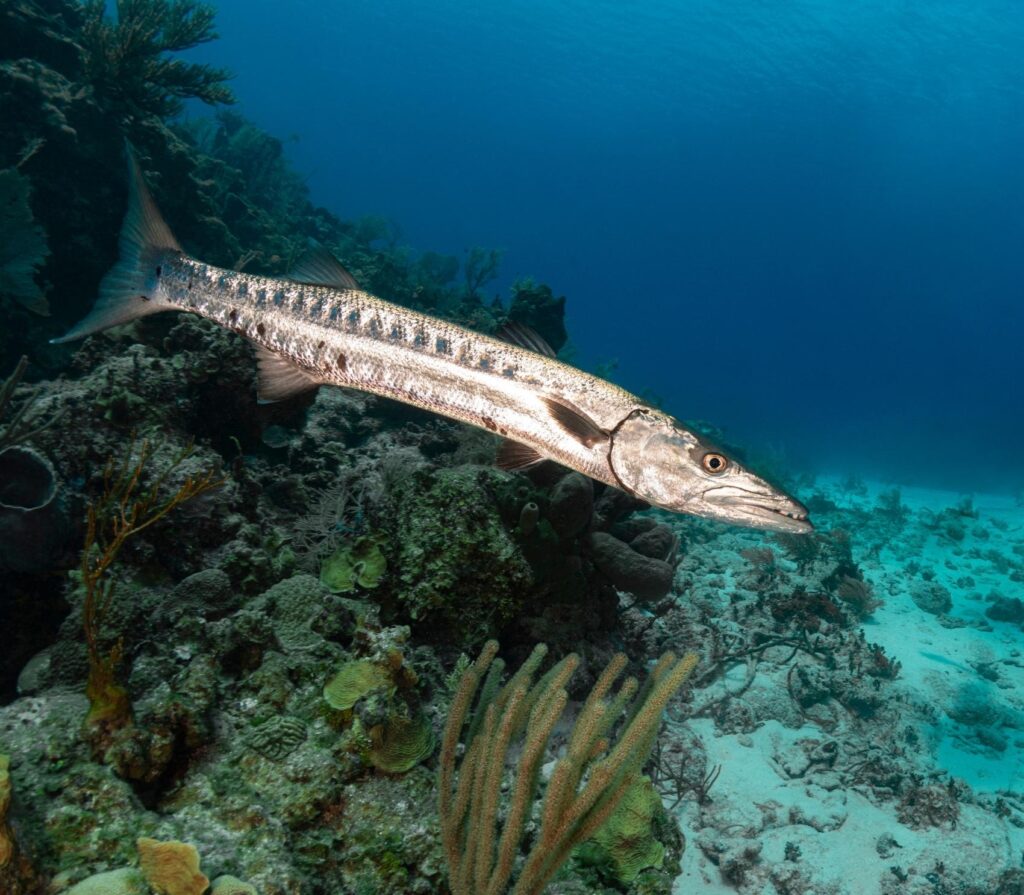
For the curious and bold.
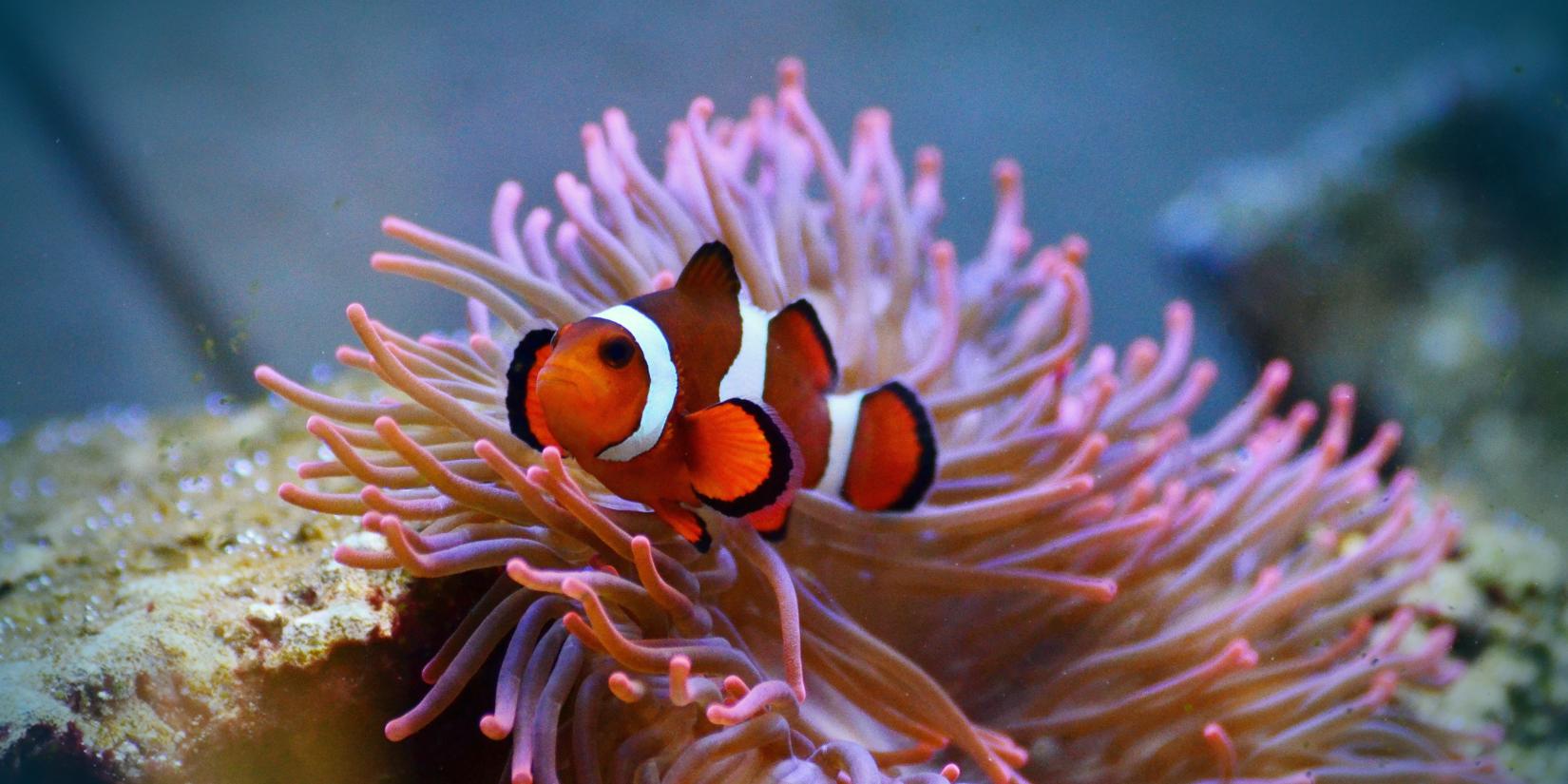
Raja Ampat’s hidden gems offer rare rewards. At Sauwandarek, wobbegong sharks drift over coral bommies. On Mansuar, epaulette sharks “walk” tidal pools during spring tides. Behind Arborek, a lagoon blends fresh and saltwater, creating dreamlike dives. UV night dives reveal glowing mandarinfish, while advanced sites hide wrecks, drop-offs, and shark nurseries. Dive with locals who know the tides, and you’ll find stories no one’s posted yet.
FAQ
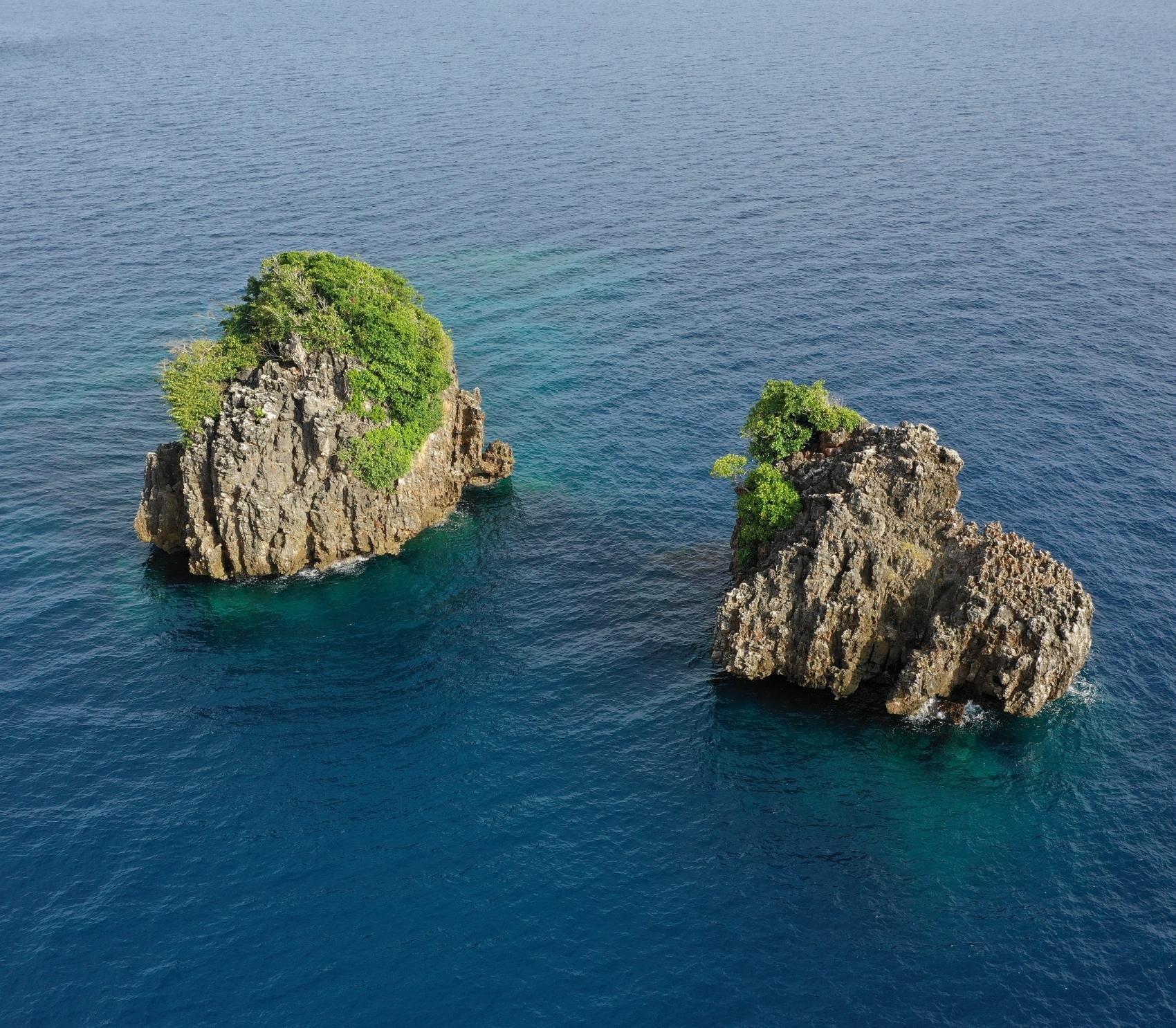
When is the best time to visit Raja Ampat for diving?
The best time to dive is from October to April. This season attracts mantas and has stable water temperatures. You’ll enjoy clear visibility and see mantas at Manta Ridge.
What makes Raja Ampat's marine life unique compared to other dive destinations?
Raja Ampat is home to the richest marine life. You’ll see 10x more coral diversity than the Caribbean and triple the fish species of the Galapagos. Expect to see unique creatures like walking sharks and Misool’s stingless jellyfish.
Are there budget-friendly diving options in Raja Ampat?
Yes! There are affordable options. Partner resorts offer access to house reefs like Sorido Bay. Papua Diving provides all-inclusive rates and photography workshops.
What skills do I need for Raja Ampat's dive conditions?
You’ll need skills for moderate currents. Sites like Cape Kri require SMB skills. Dives range from 18-30m, with opportunities to see a lot of marine life.
Can I see manta rays while diving in Raja Ampat?
Absolutely. Manta Ridge is known for guaranteed manta sightings. Papua Diving offers special dawn dives to see mantas and schooling fusiliers.
What underwater photography opportunities exist?
SEACAM lighting rigs are perfect for capturing underwater scenes. You can photograph blue-ringed octopuses and flamboyant cuttlefish. The P47 plane wreck offers great wide-angle shots.
How does Raja Ampat's biodiversity compare to other regions?
Raja Ampat has 1,606 fish species and 553 corals. You’ll see 75% of the world’s coral species here. The “Aquarium” near Kri Island is incredibly diverse.
Are there wreck diving opportunities in Raja Ampat?
Yes! The P47 Plane Wreck is a must-see. It’s home to lionfish schools and offers great photo opportunities. Papua Diving guides will help you get the best shots.
What makes Citrus Ridge a must-dive site?
Citrus Ridge offers a unique dive experience. You’ll see orange soft corals and purple anthias clouds. It’s a great place to see rare species like the Raja Ampat goby.
Do liveaboard options exist for exploring remote sites?
Yes! Papua Diving offers liveaboards to remote sites. You can dive the B-24 bomber wreck and see Blue Magic’s spawning aggregations. Their boats have photography workstations for reviewing your photos.
West Sumbawa
After Raja Ampat, explore Indonesia’s other dive gems like Komodo, Bali, or Sumbawa. Mocean Beach Resort doesn’t operate in Raja Ampat, but we offer direct access to West Sumbawa’s untouched reefs, pygmy seahorses, and juvenile eagle rays. Our beachfront boats skip long transfers, and we use real-time weather data for safe, thrilling dives. Consider us to be your starting point for exploring Indonesia’s lesser-known marine gems.
